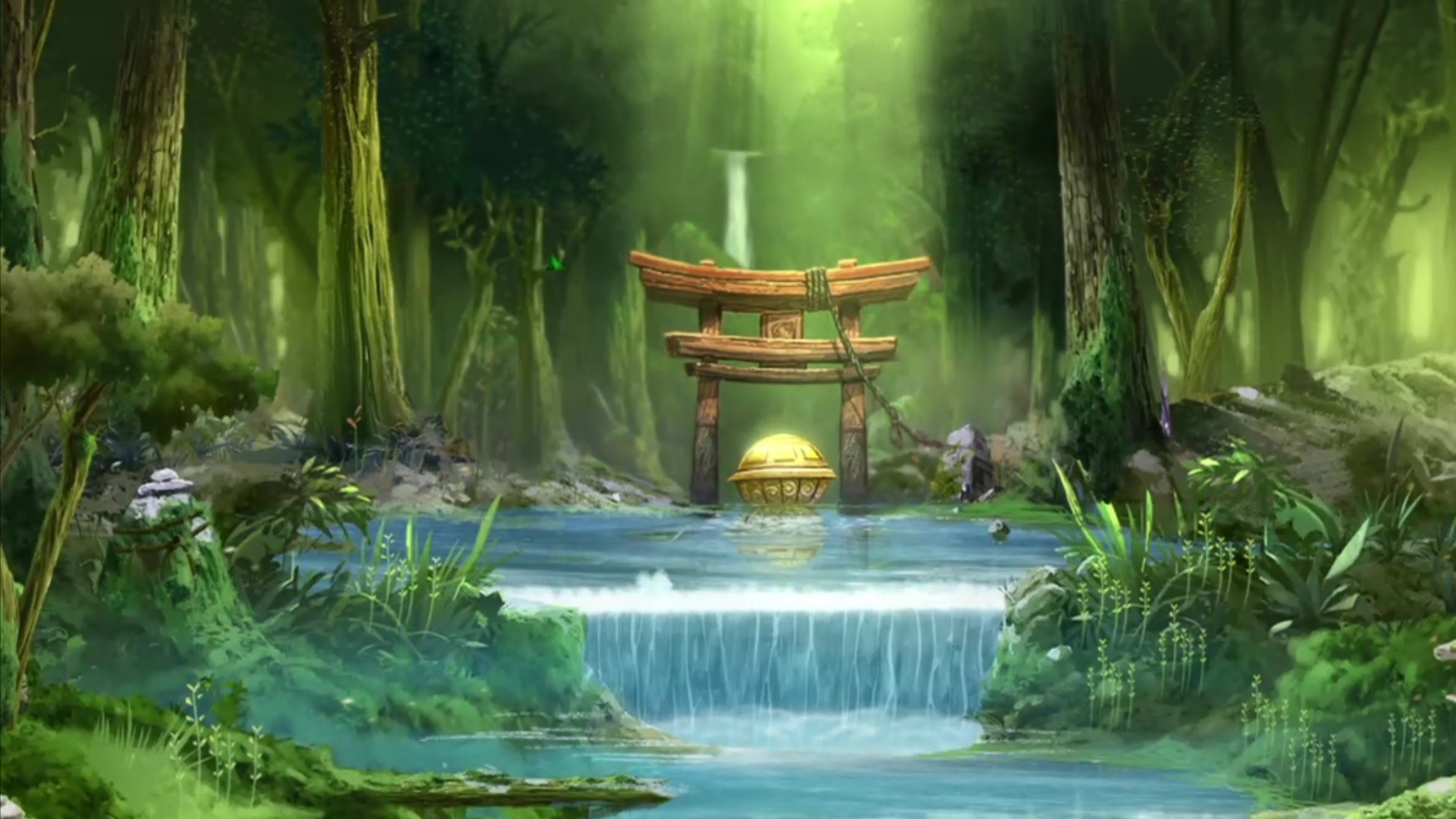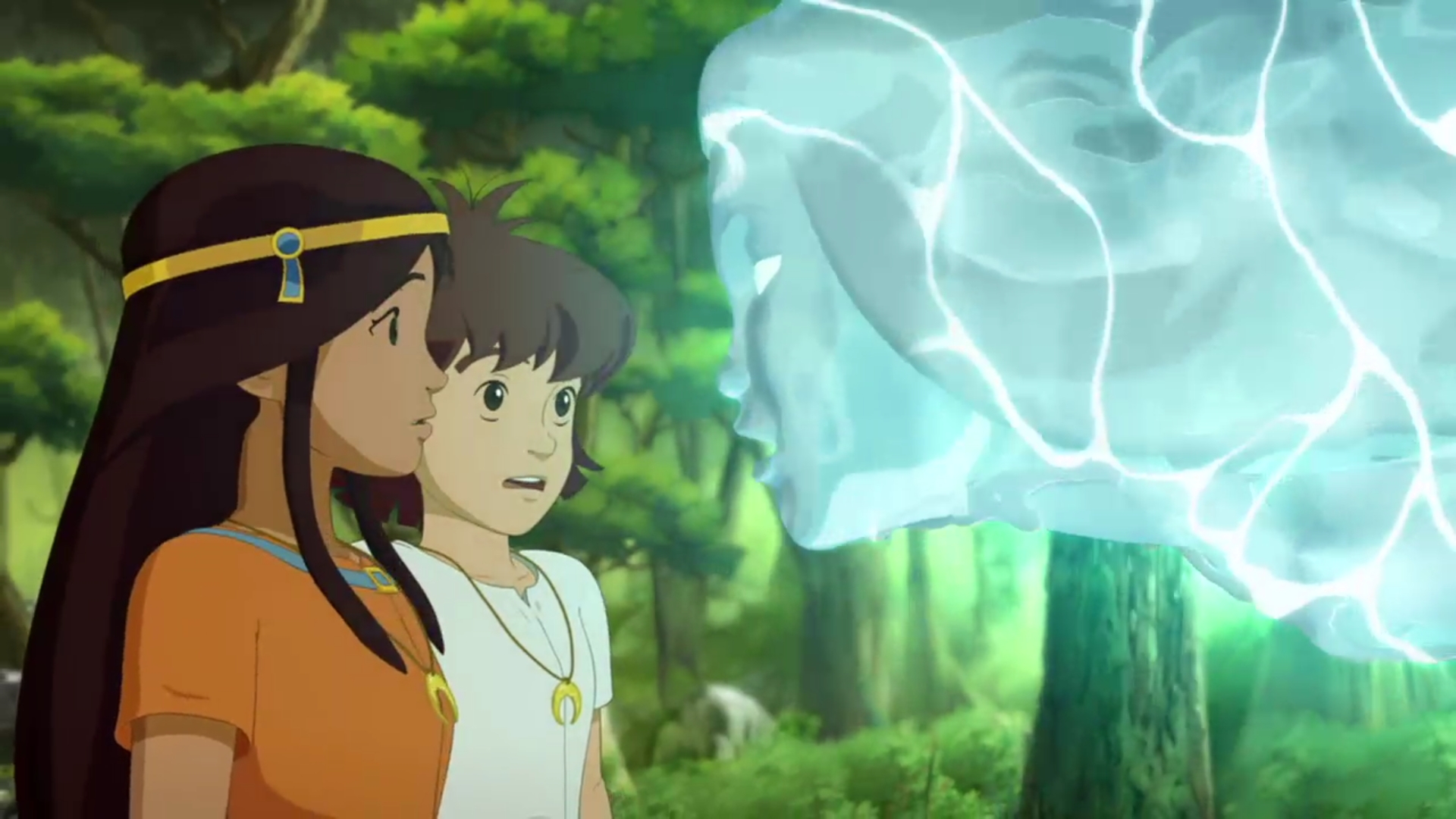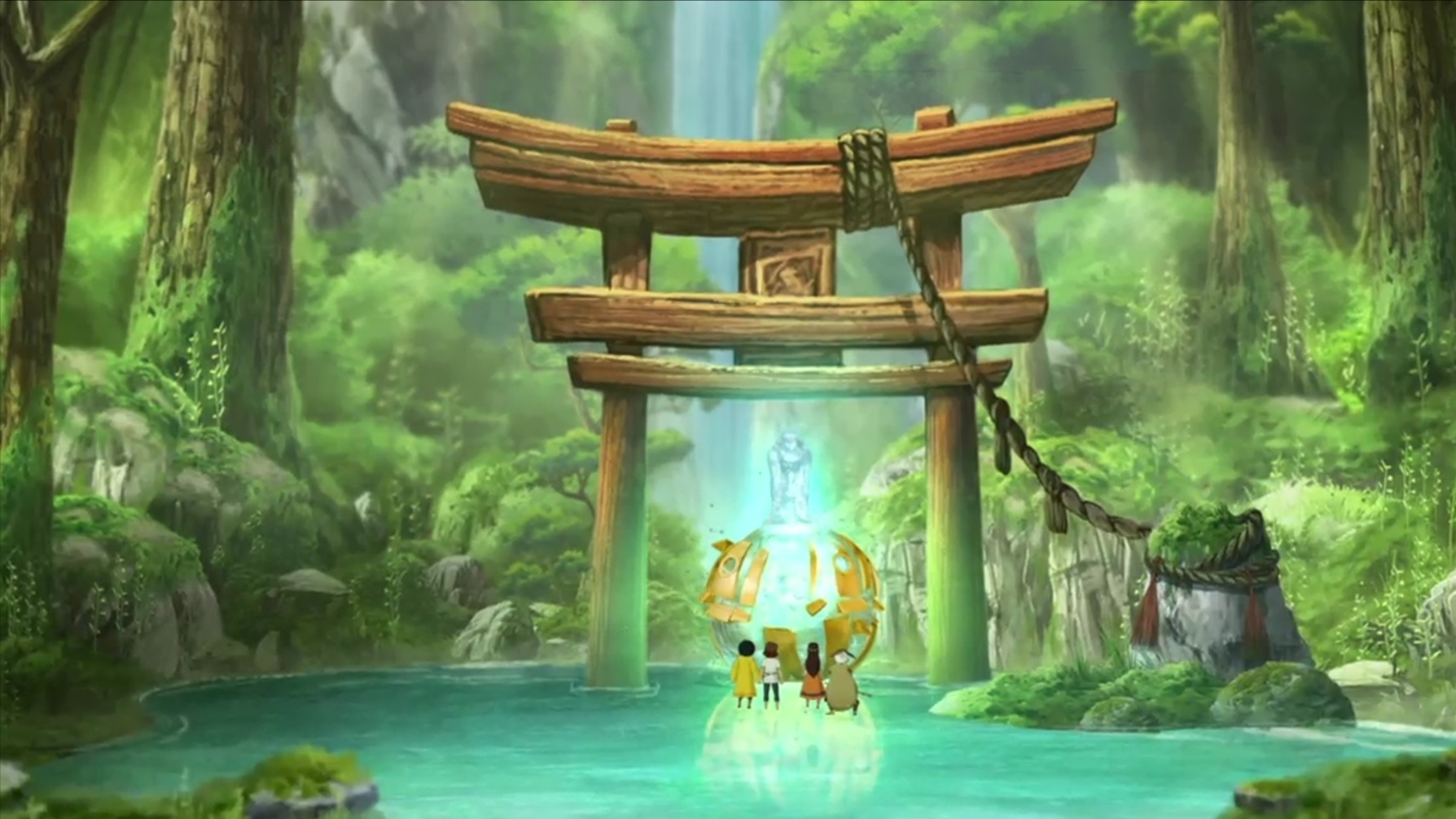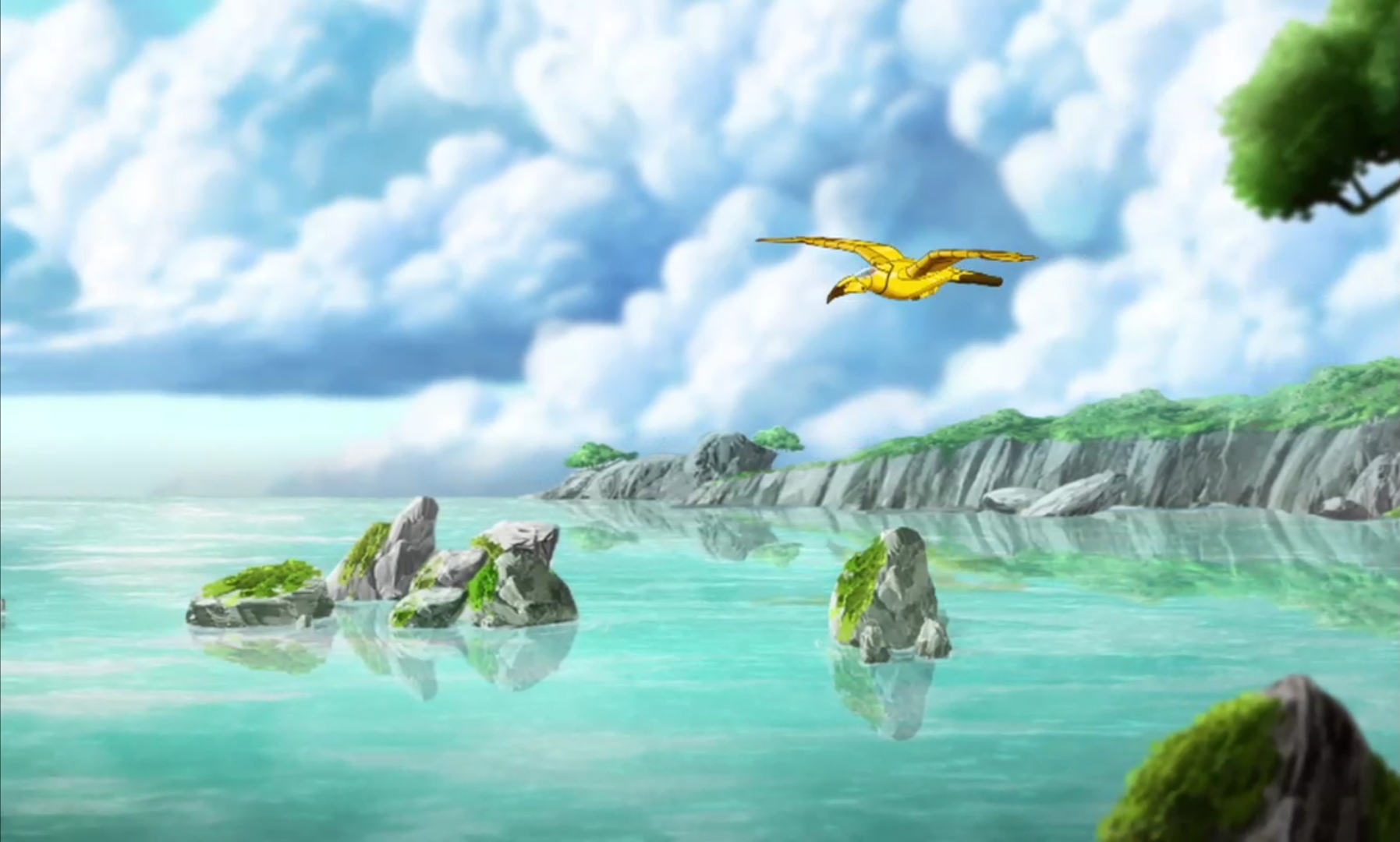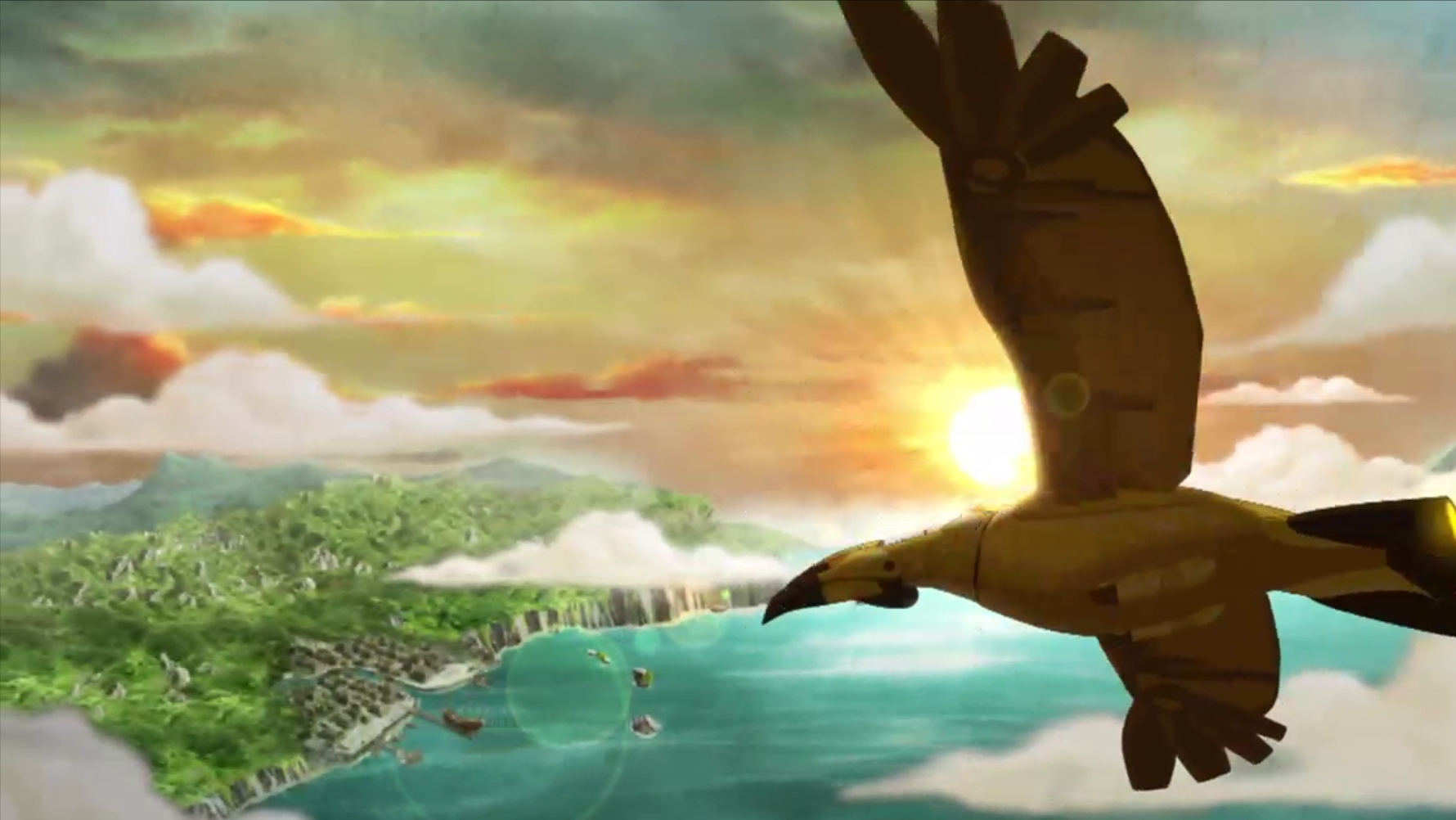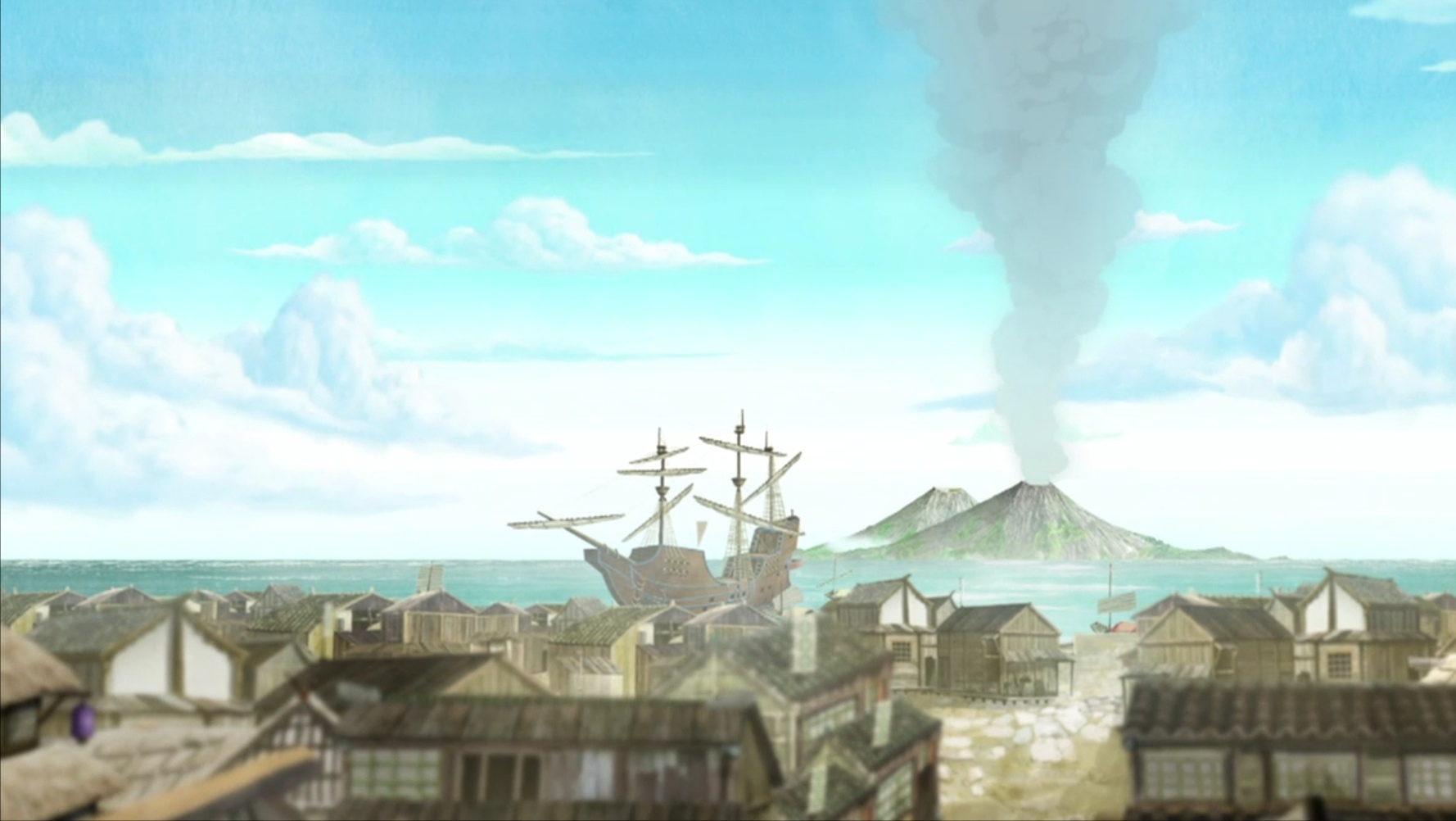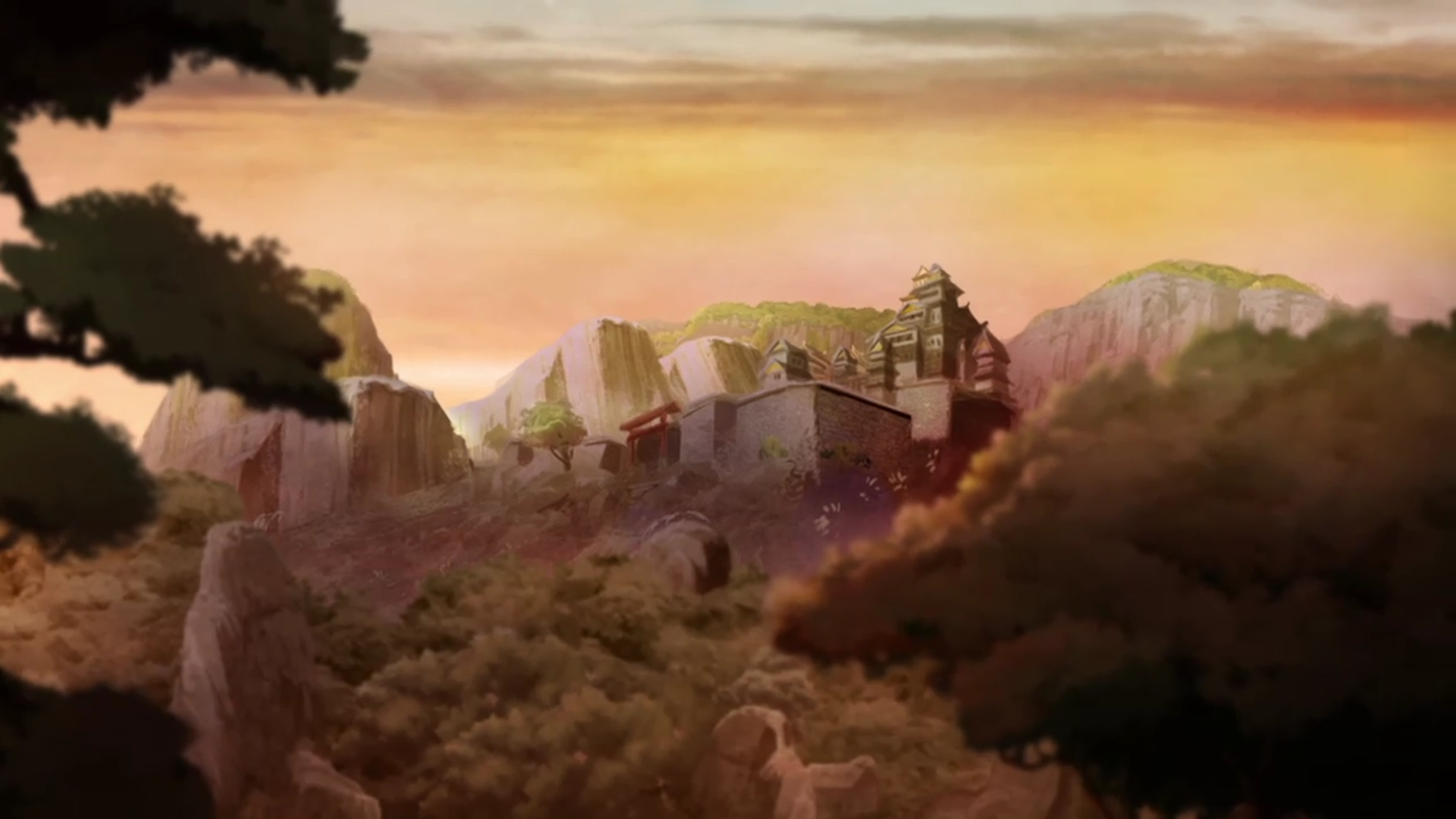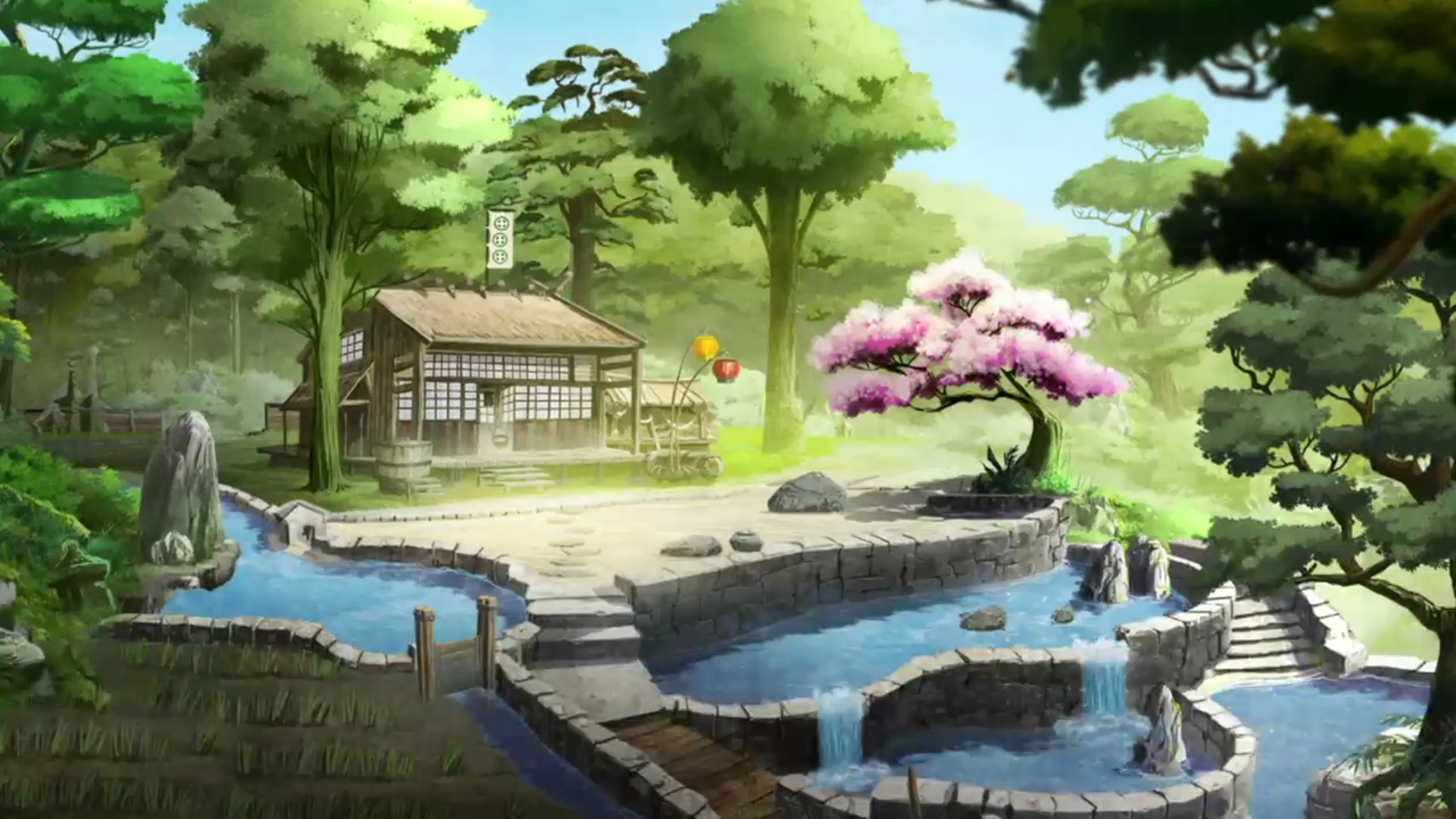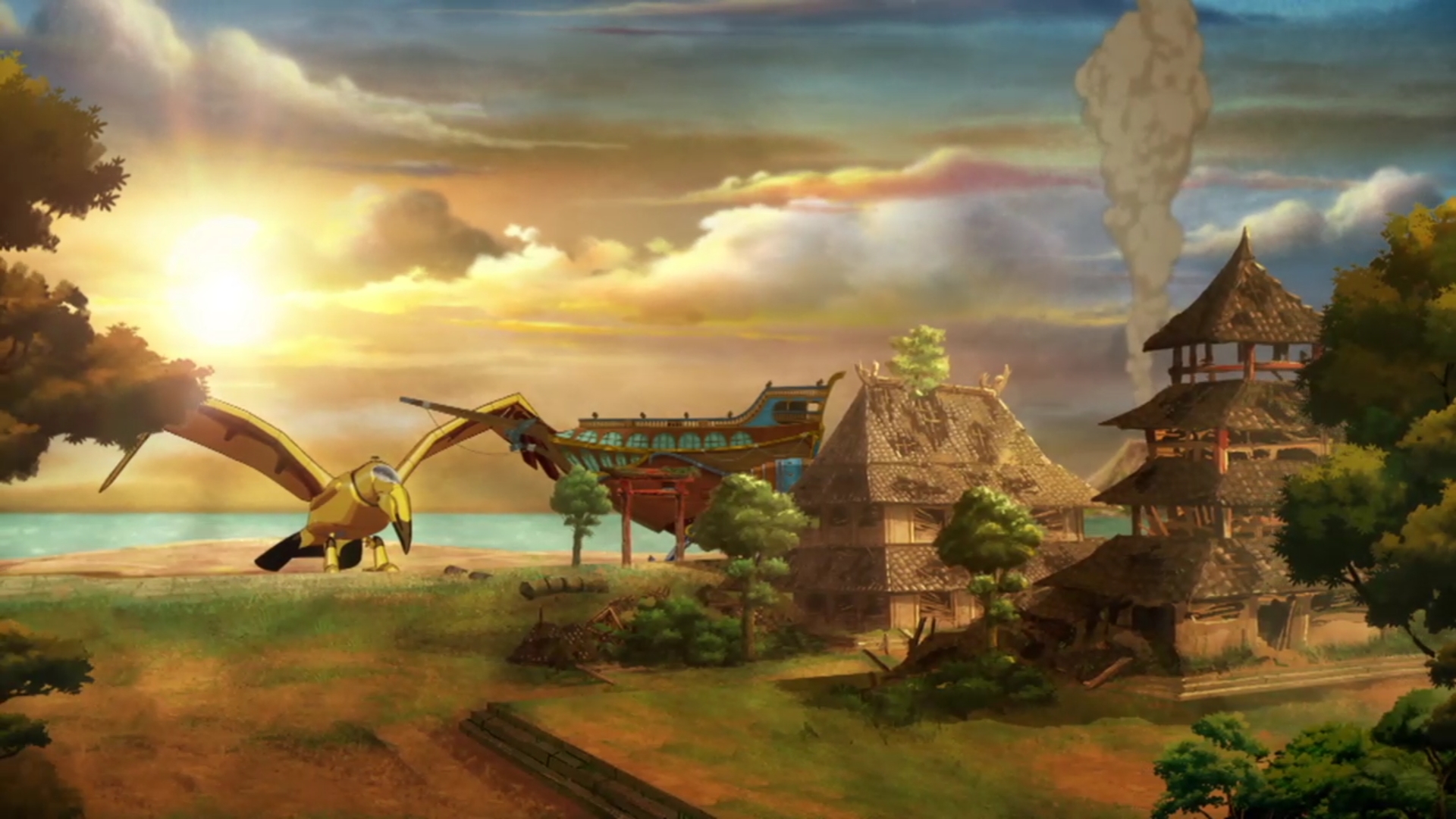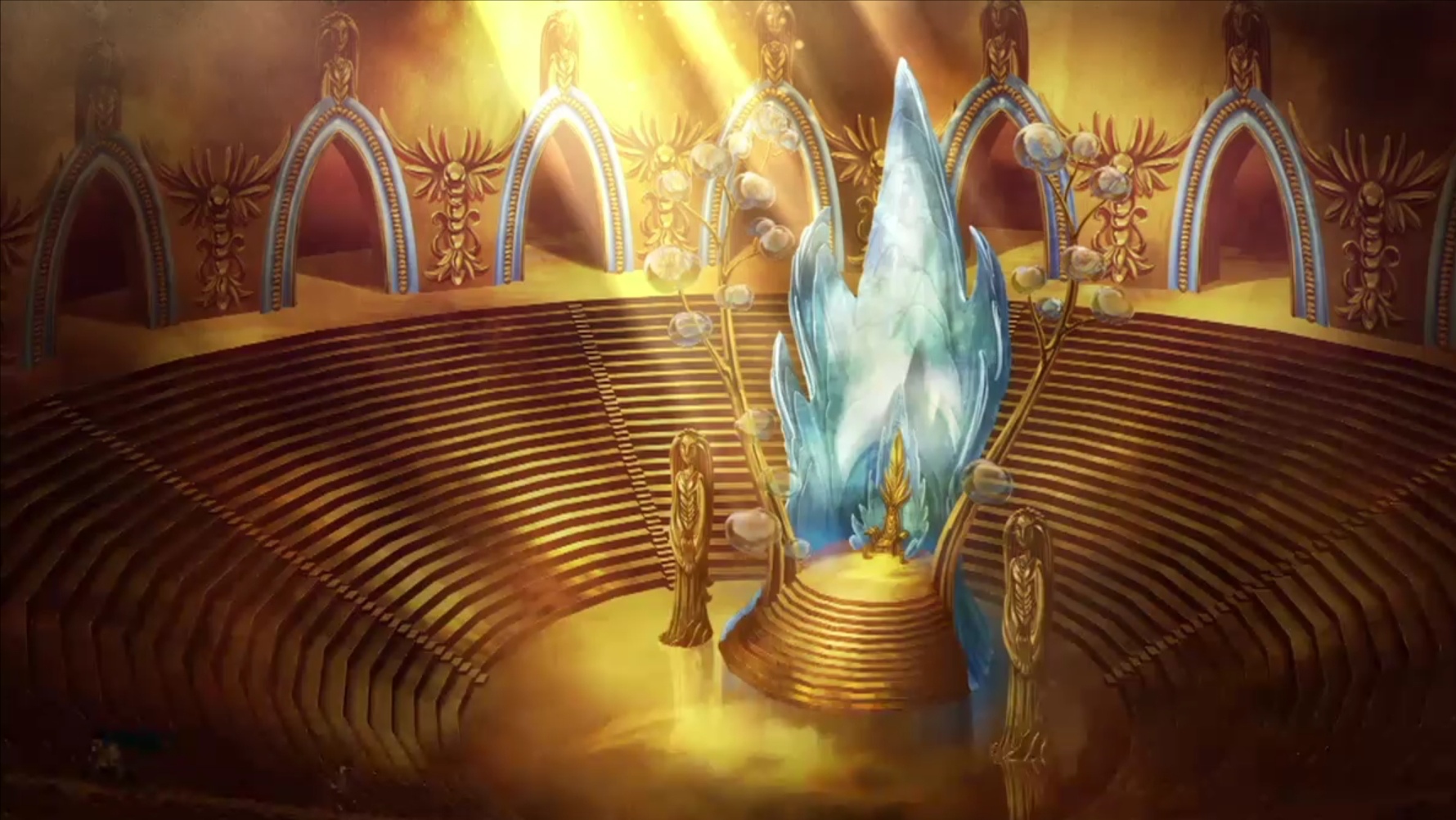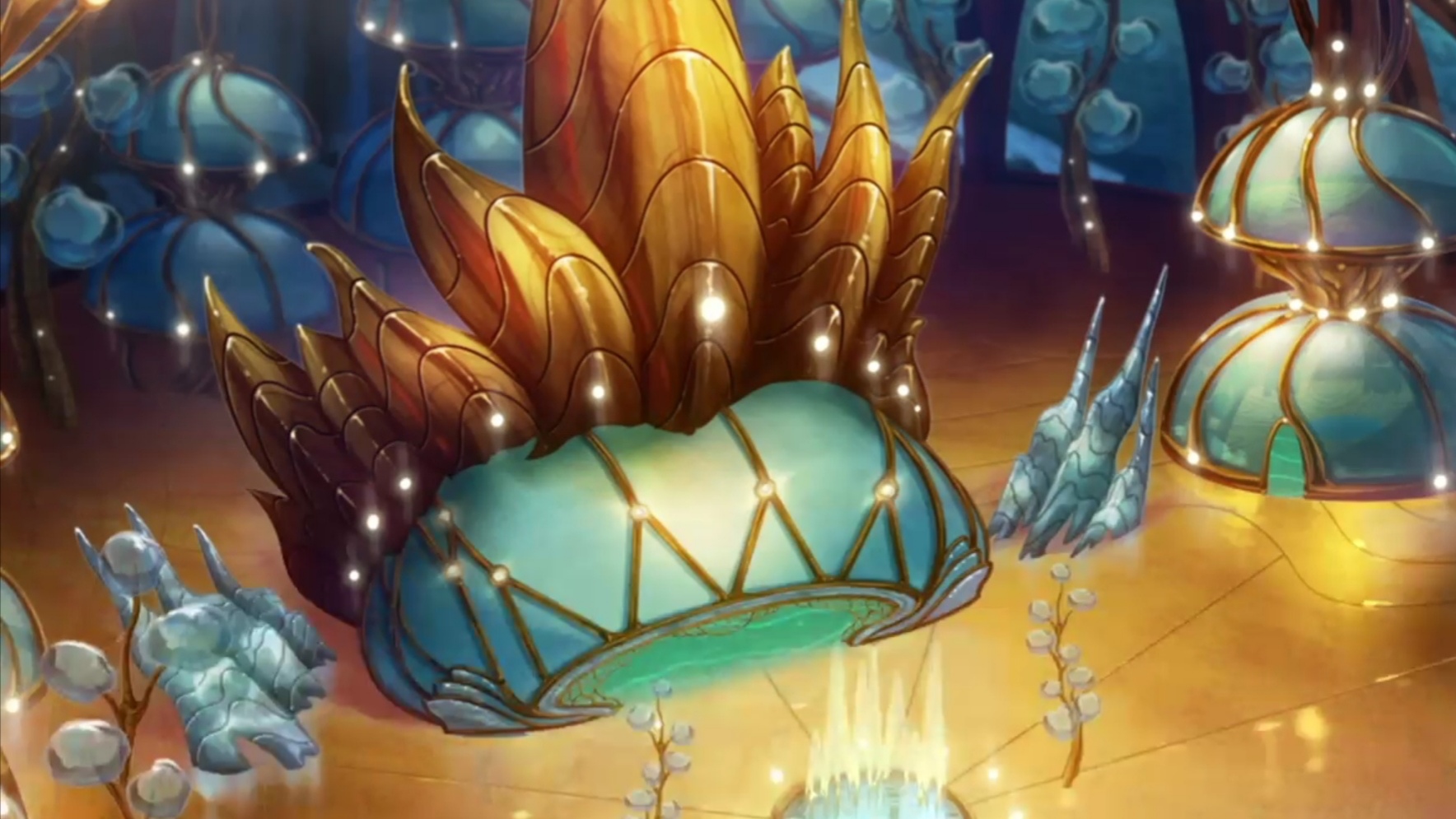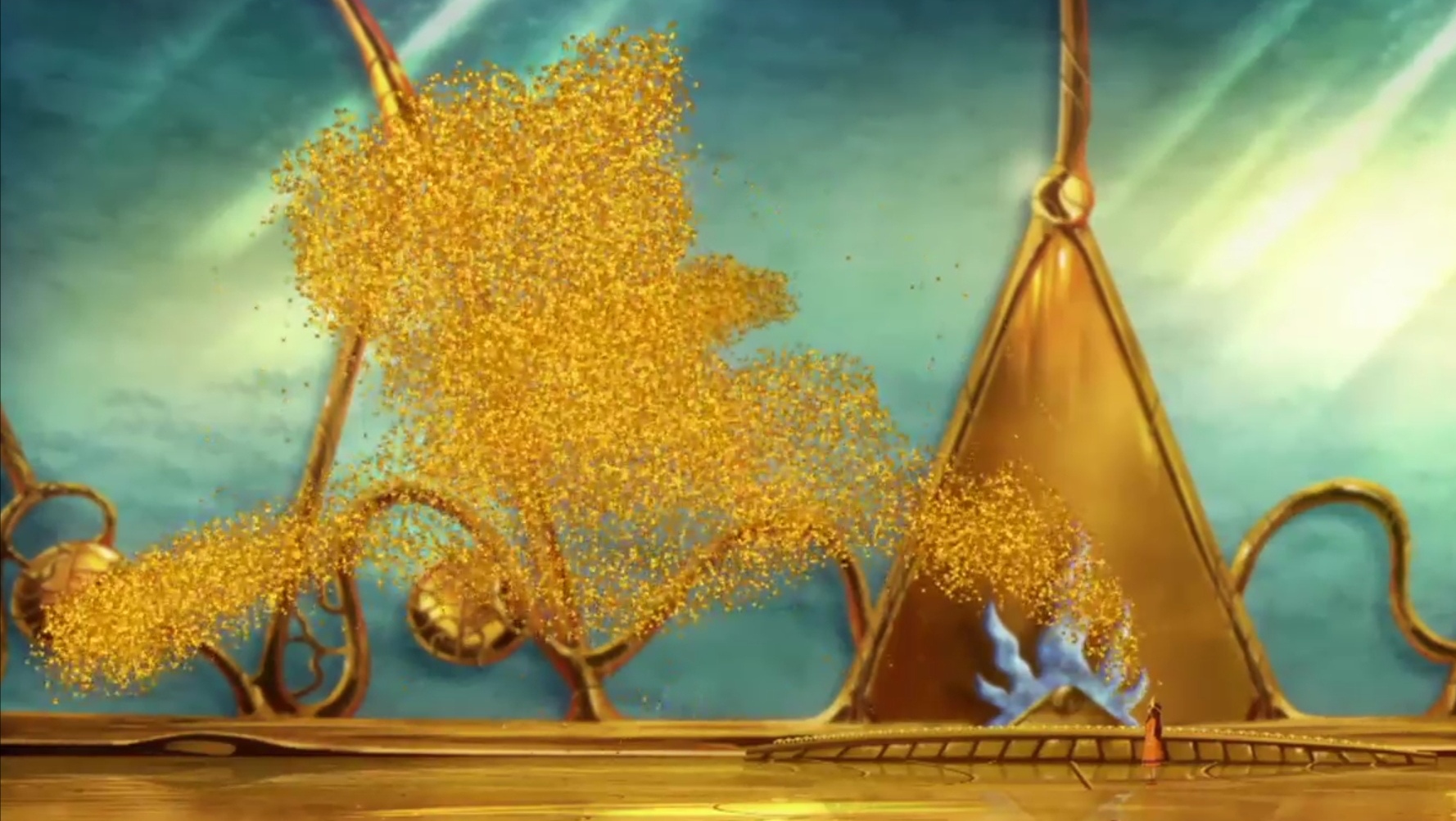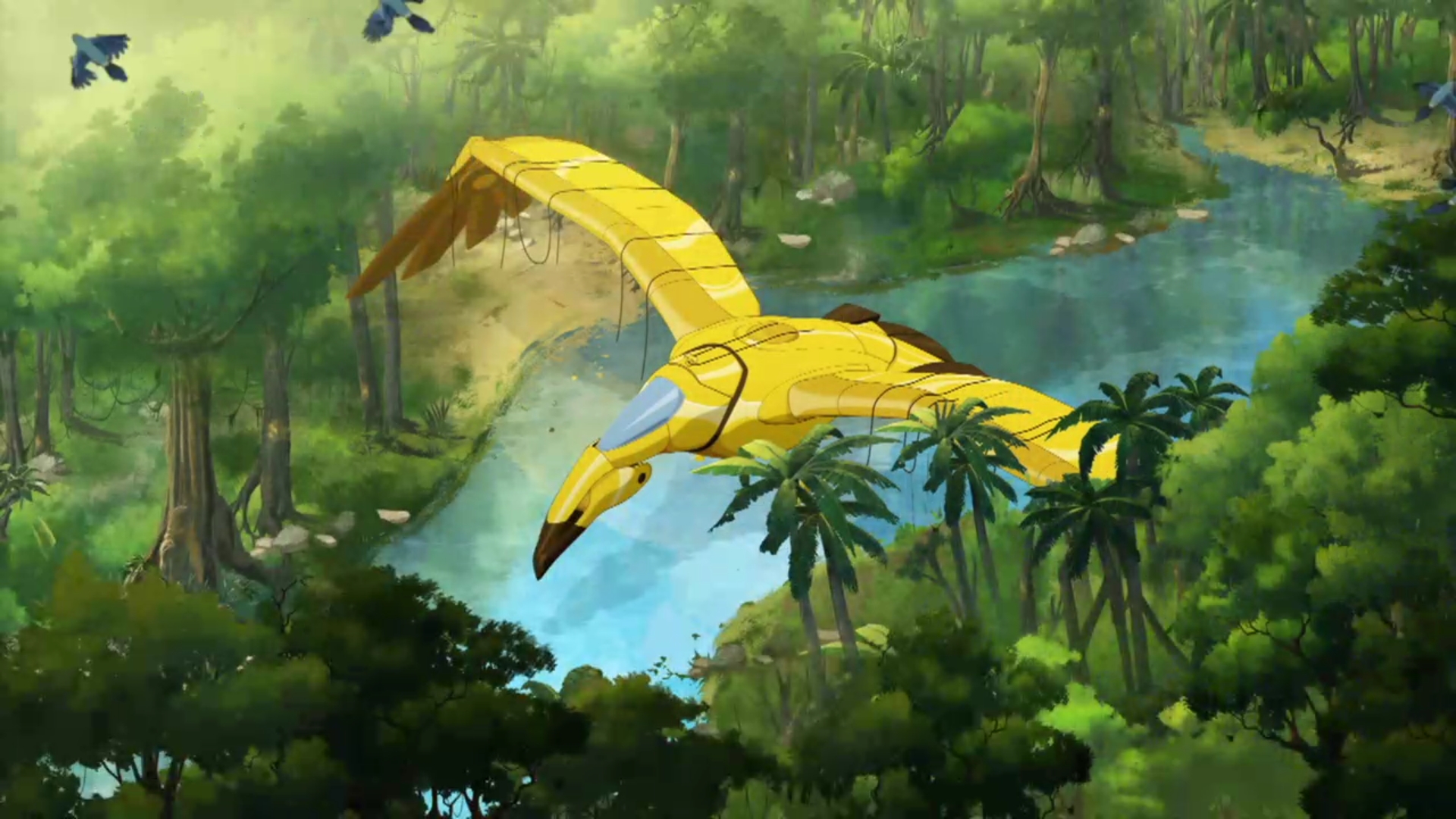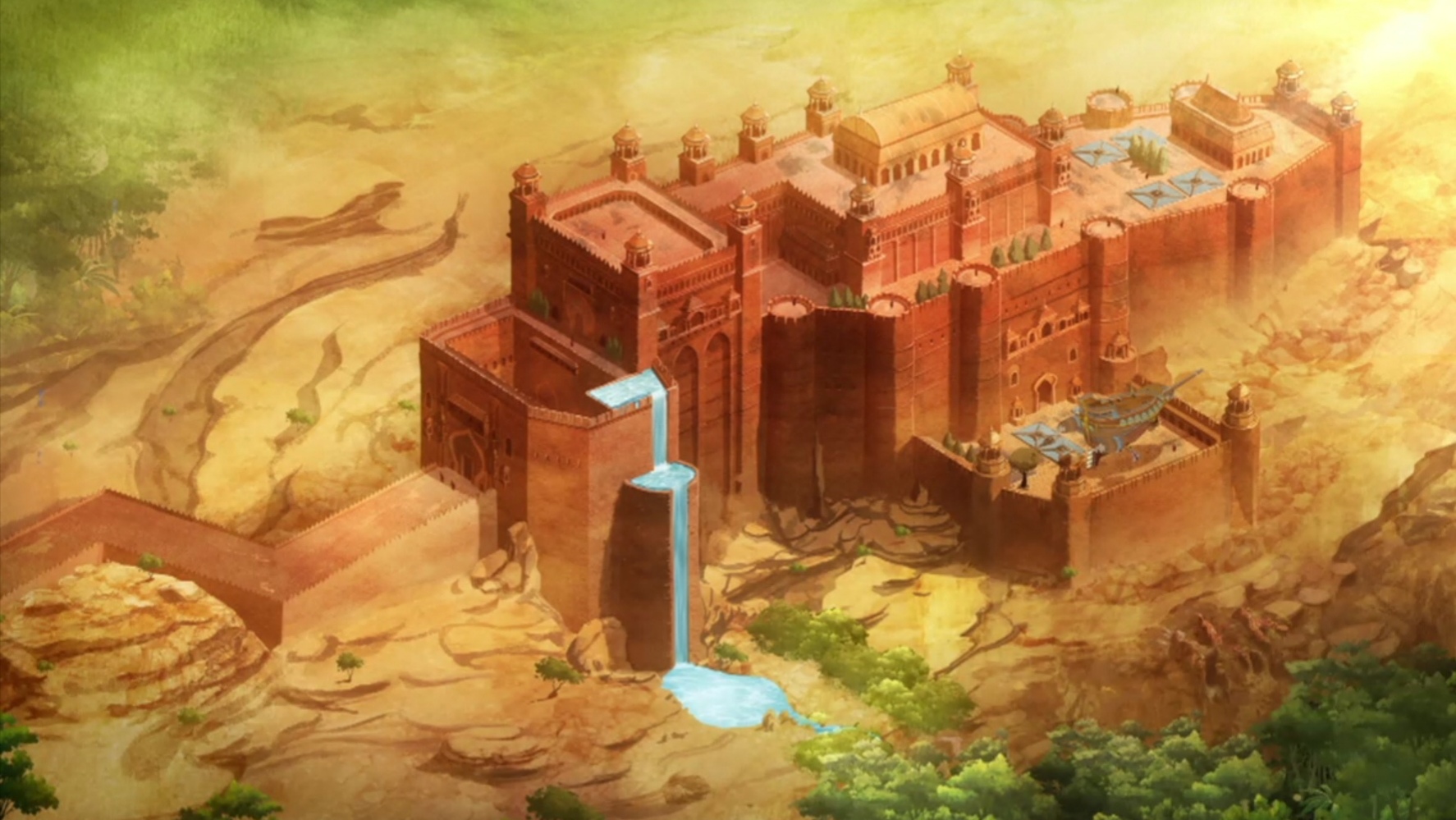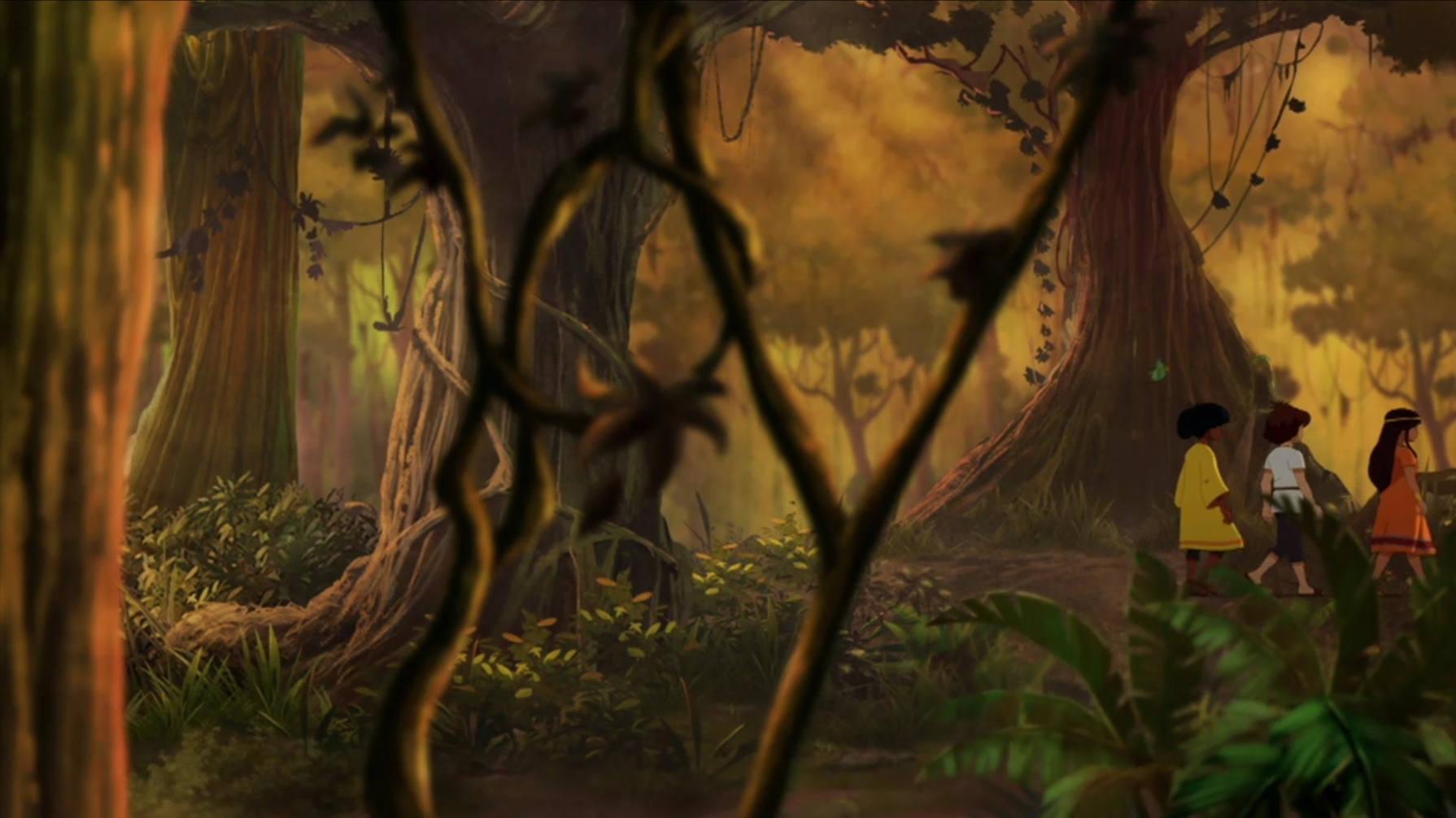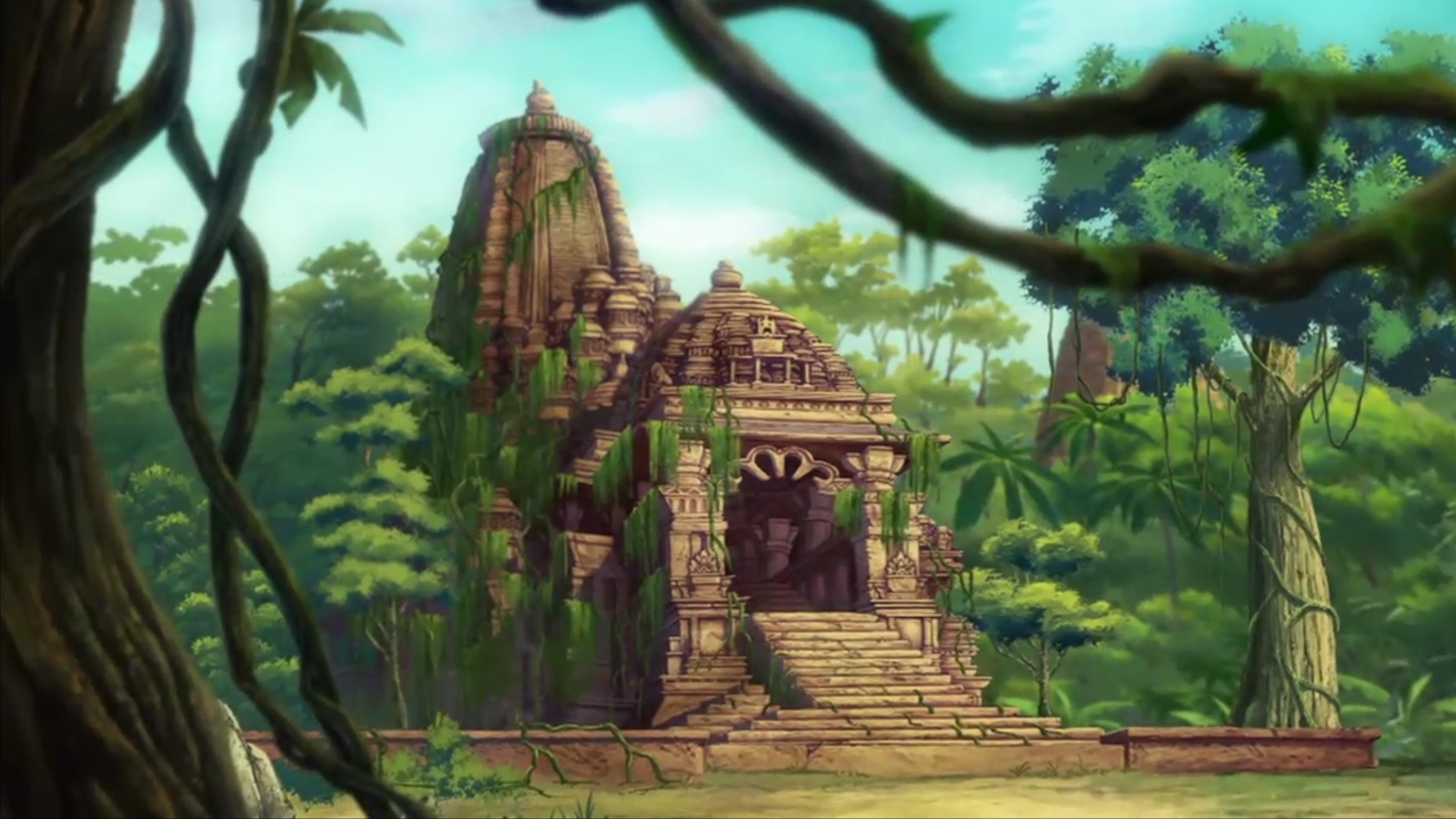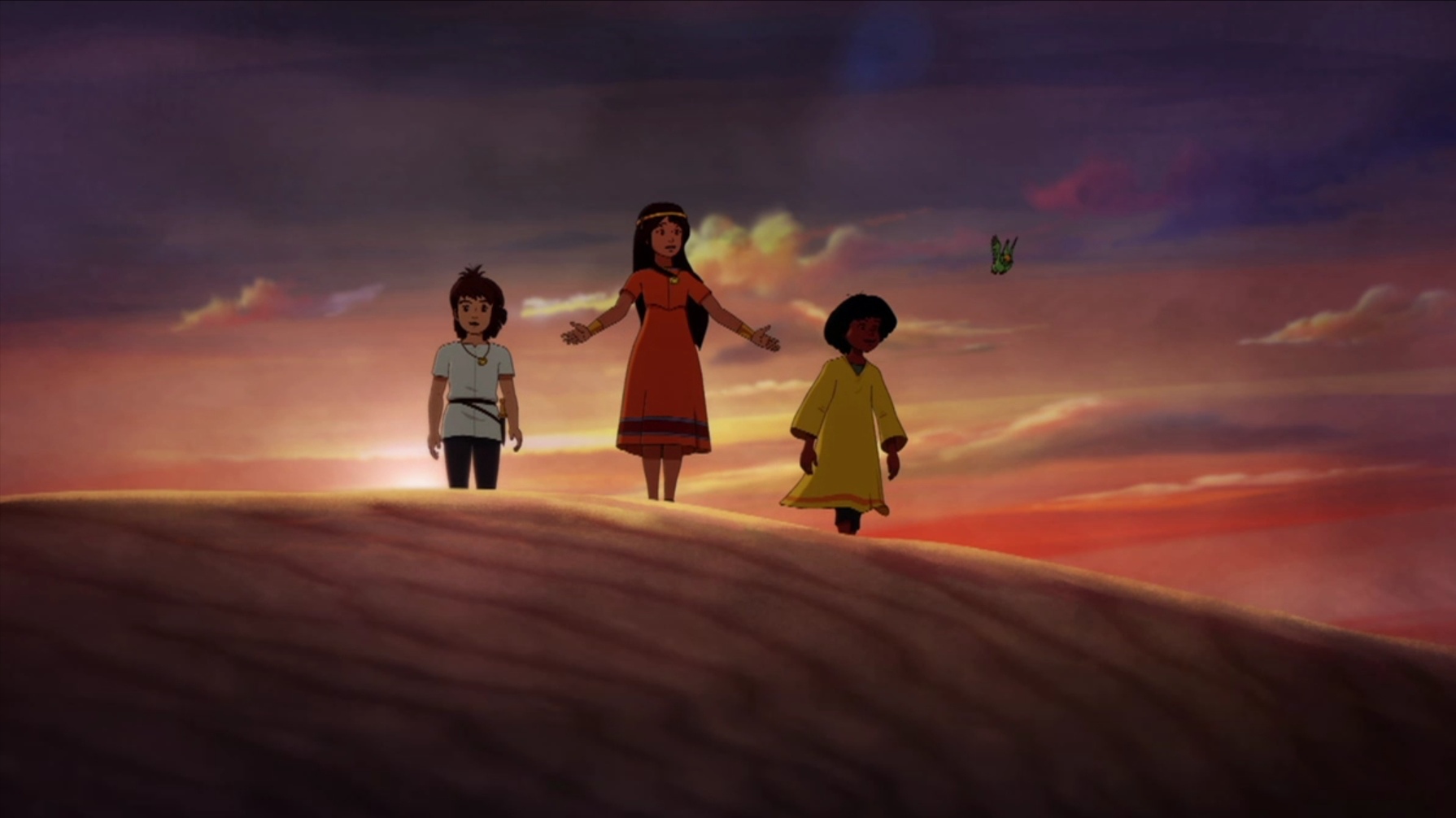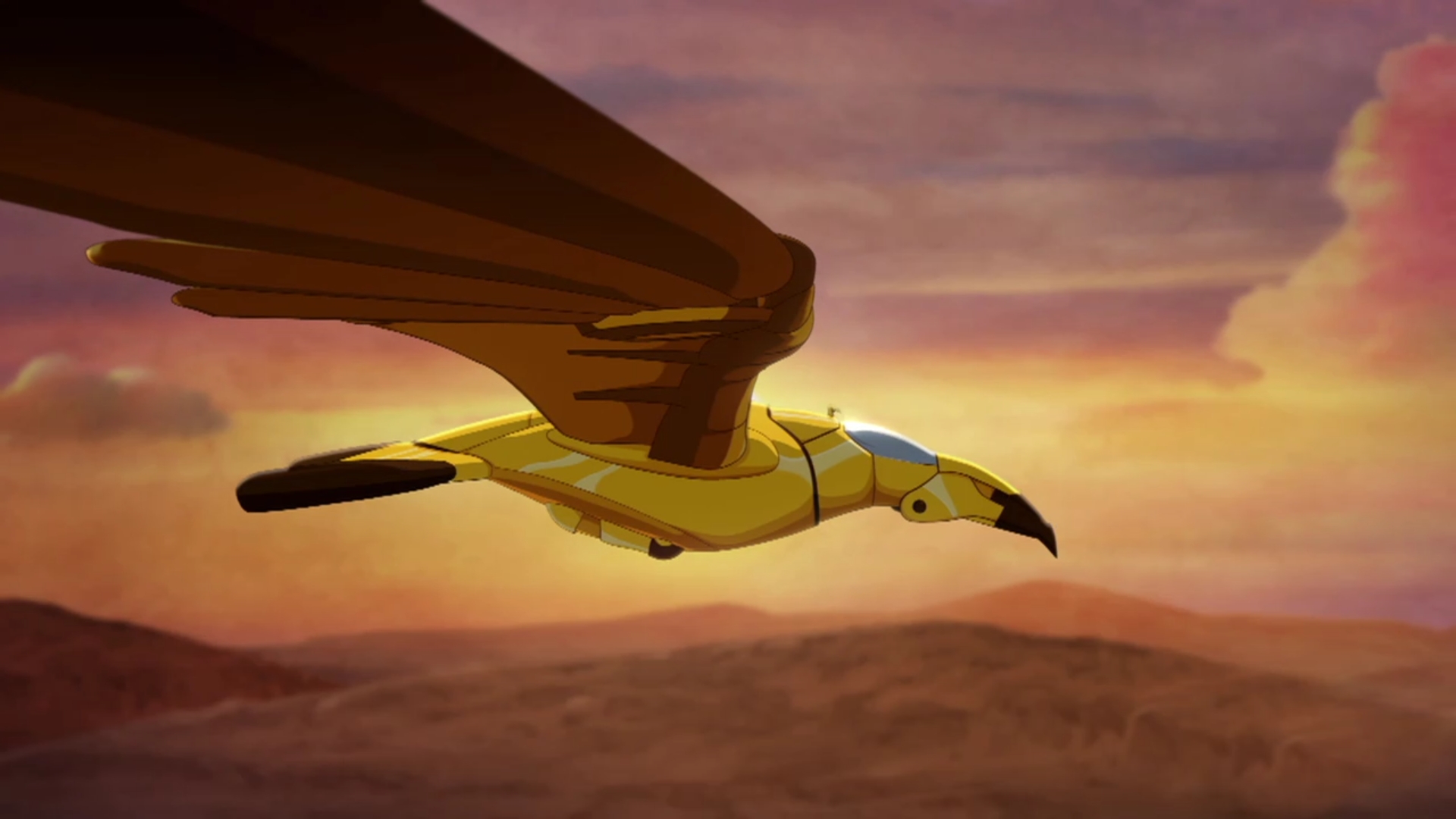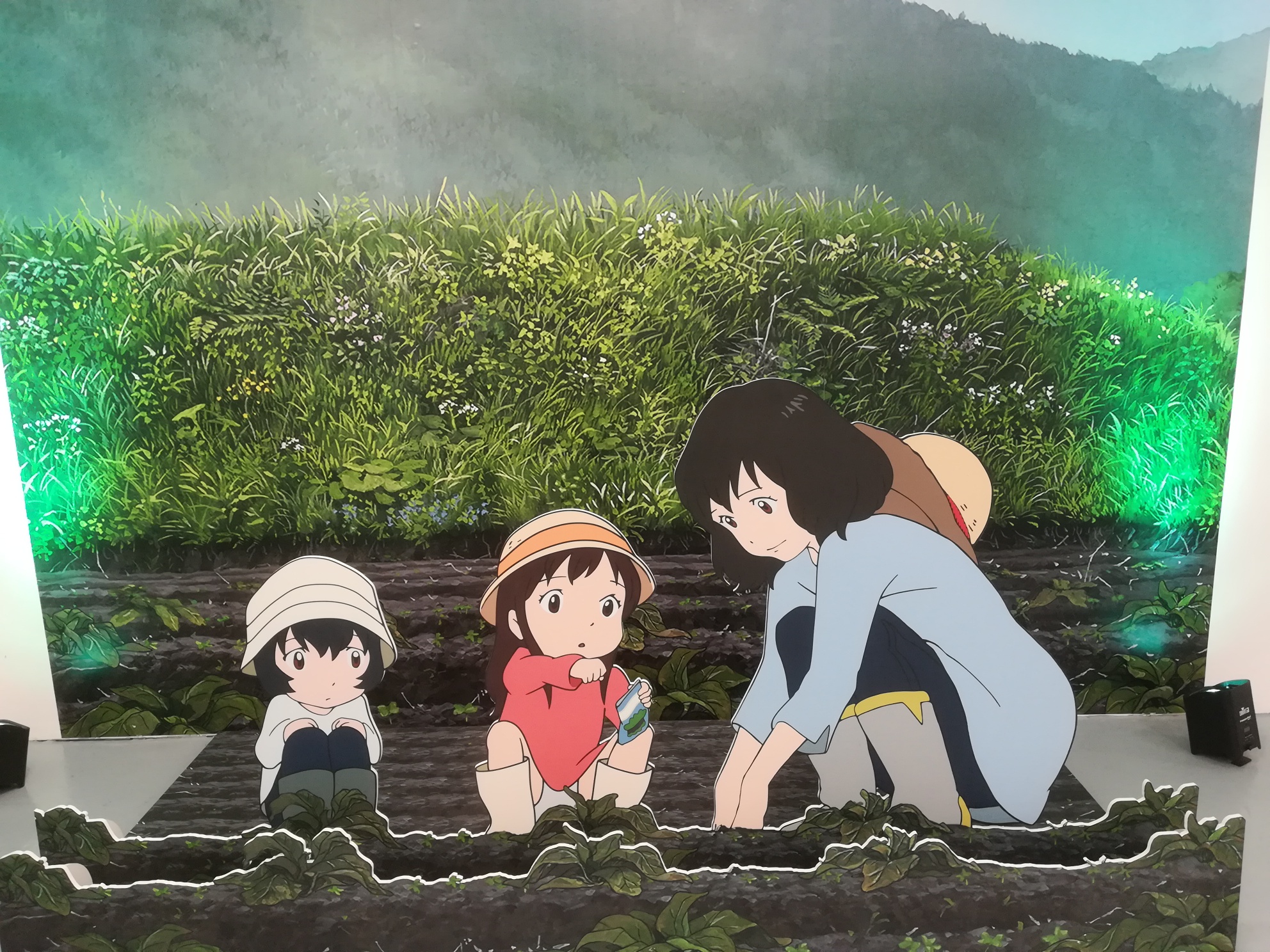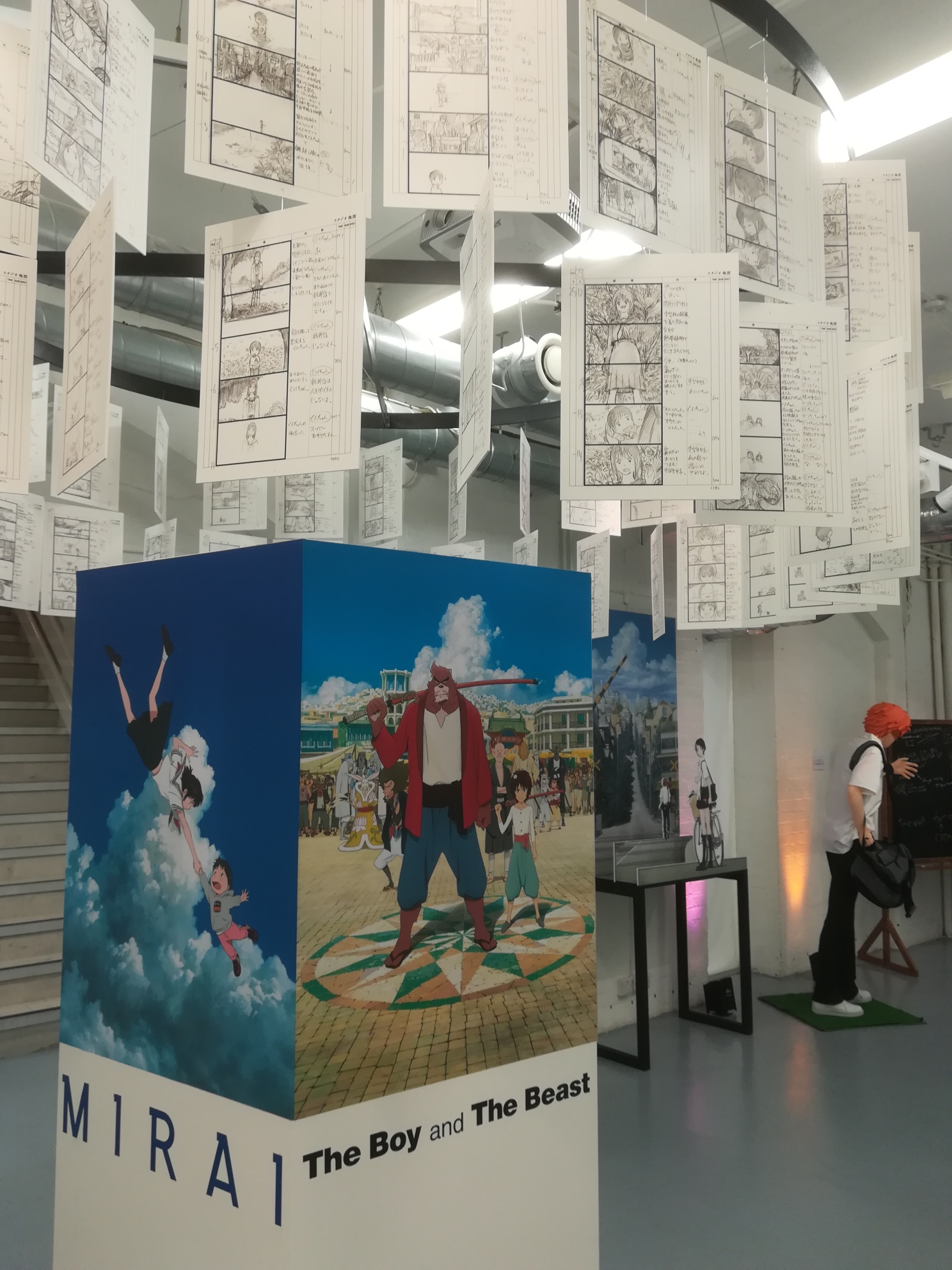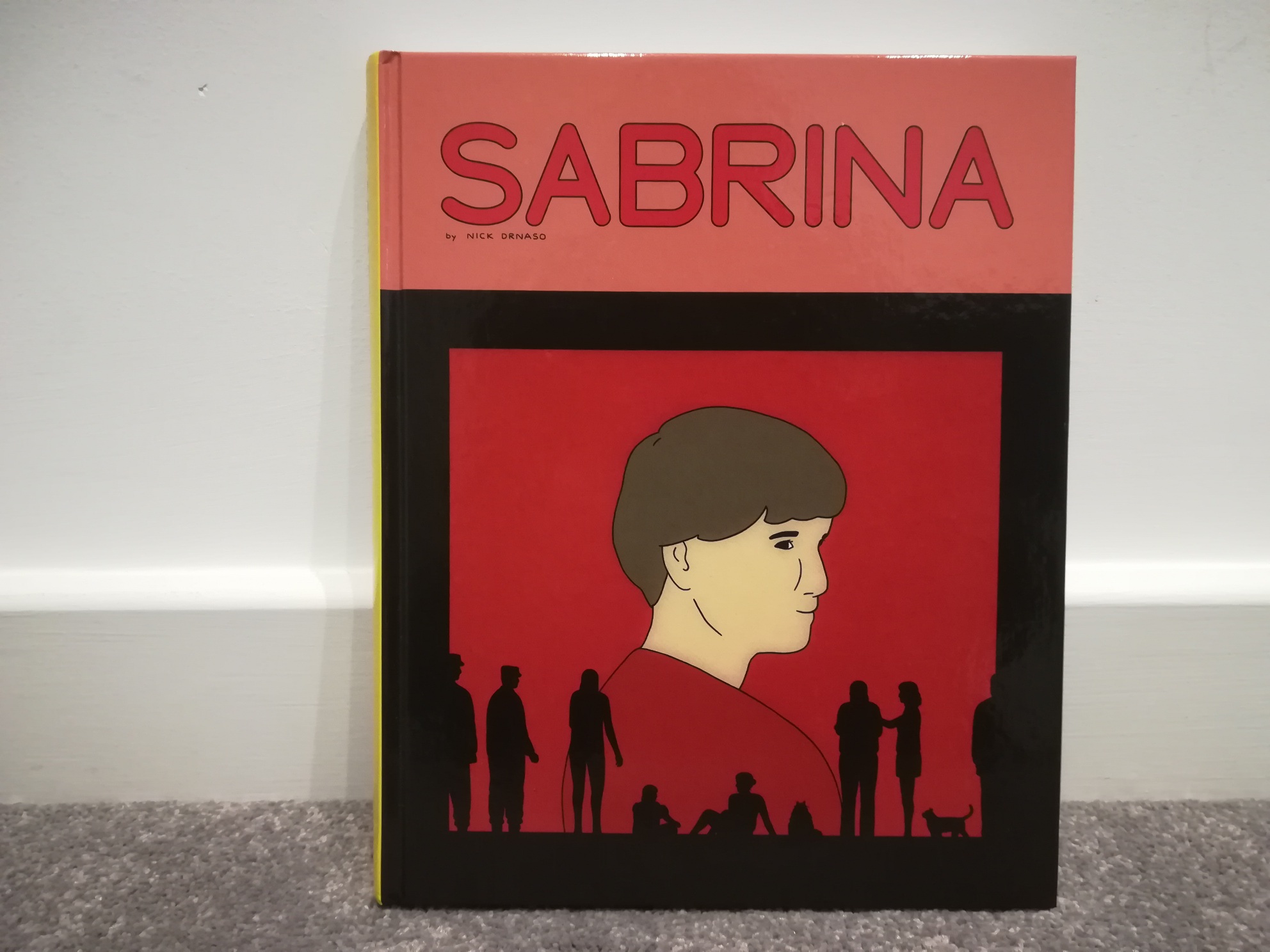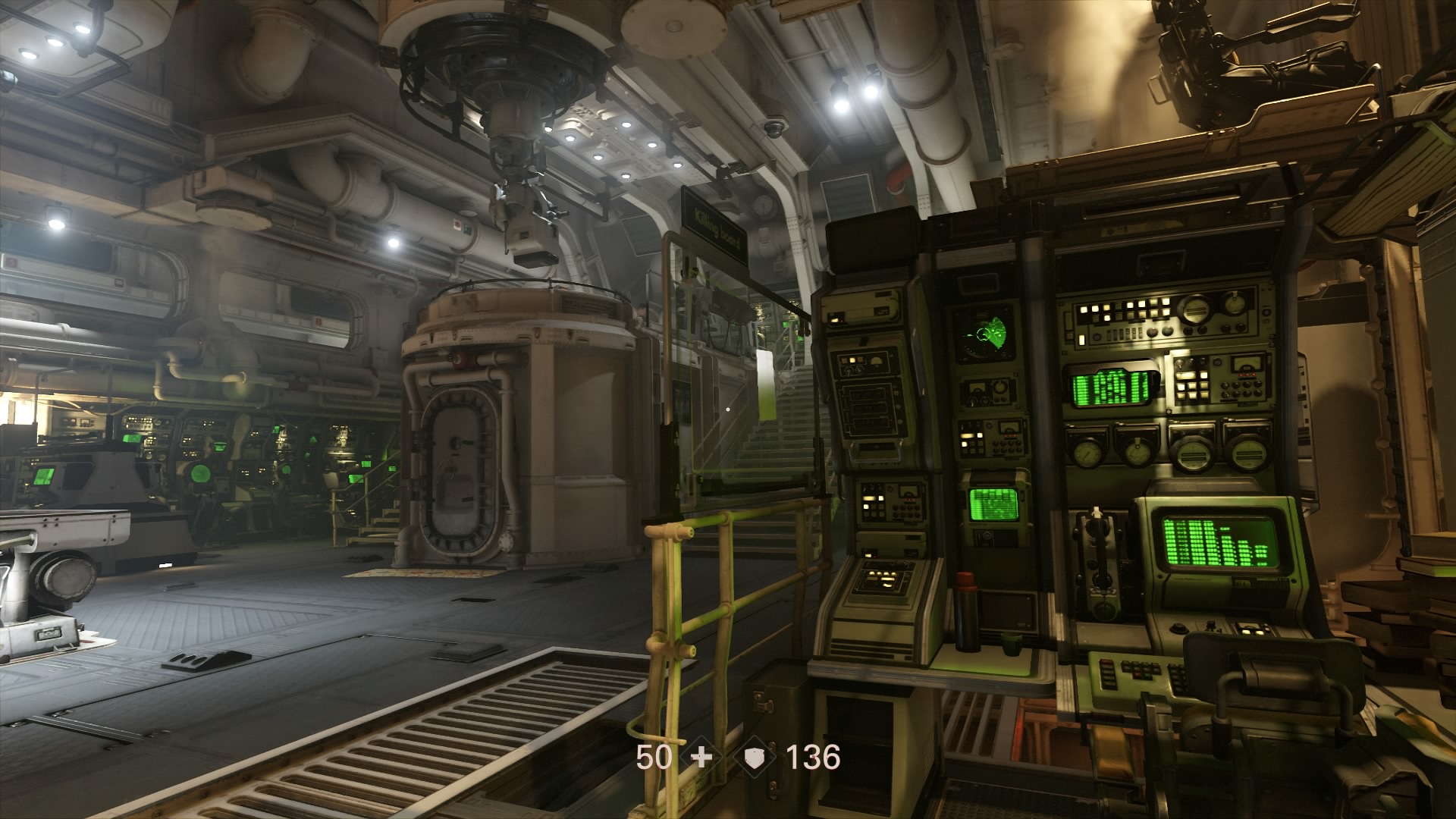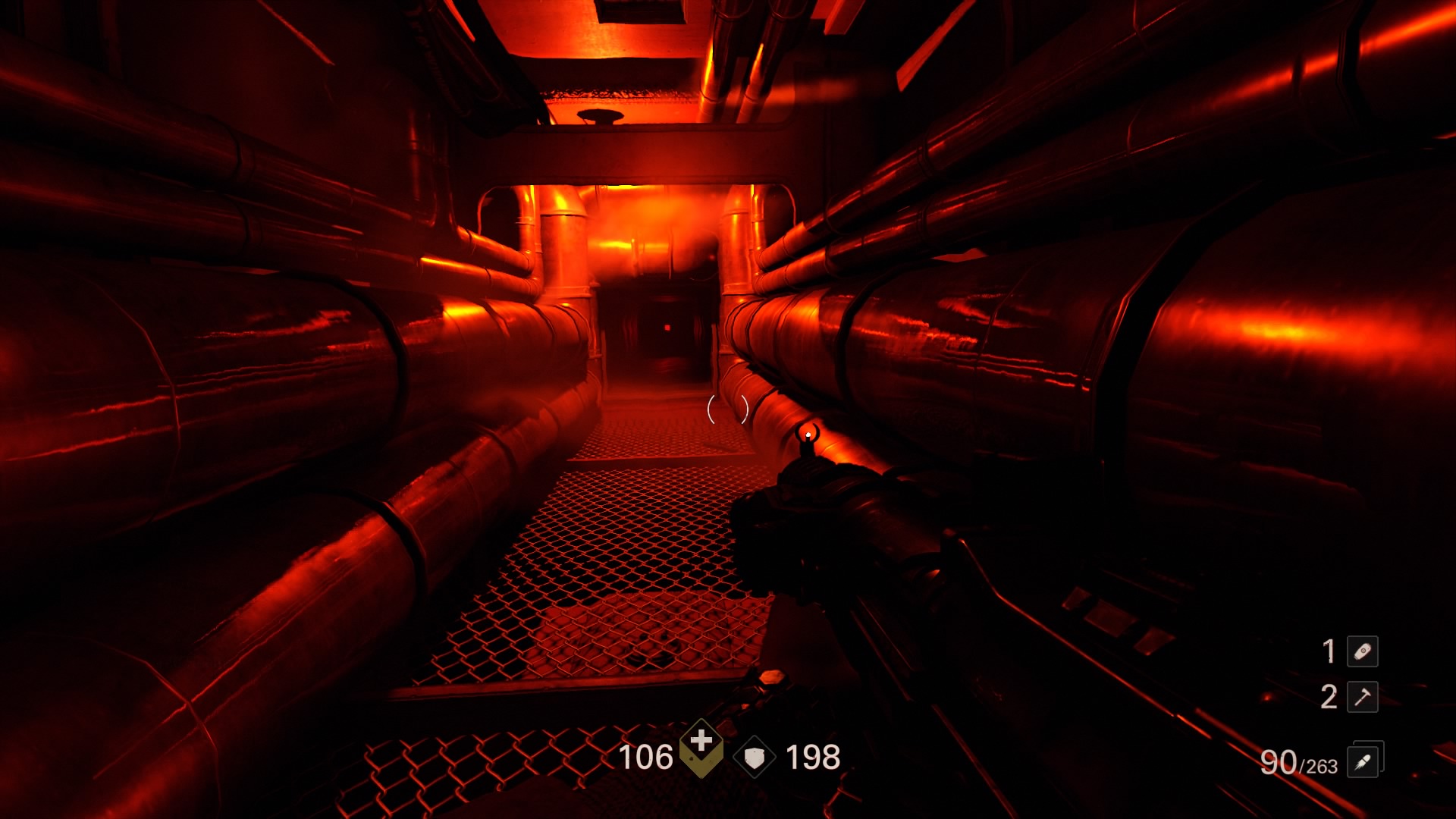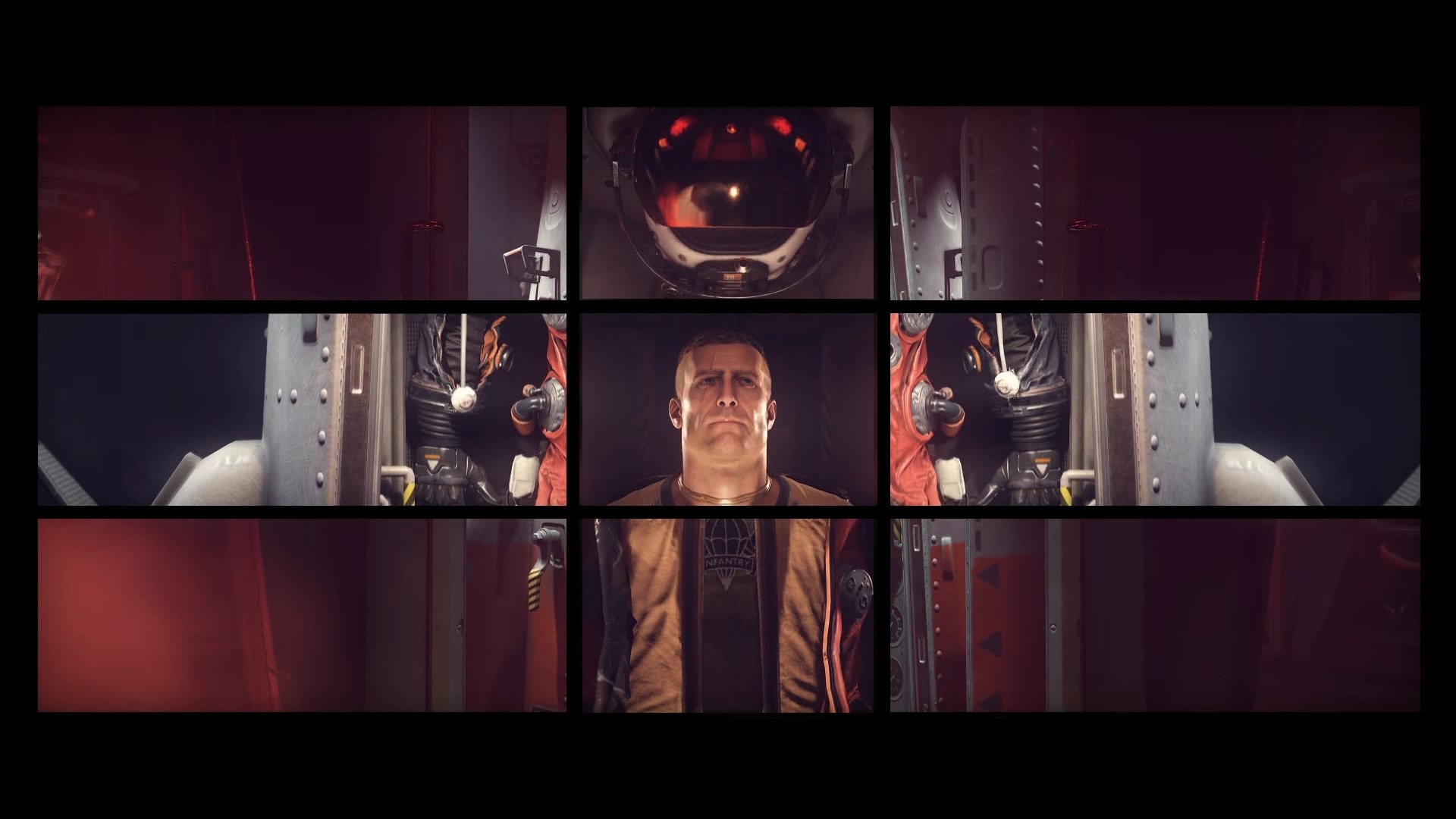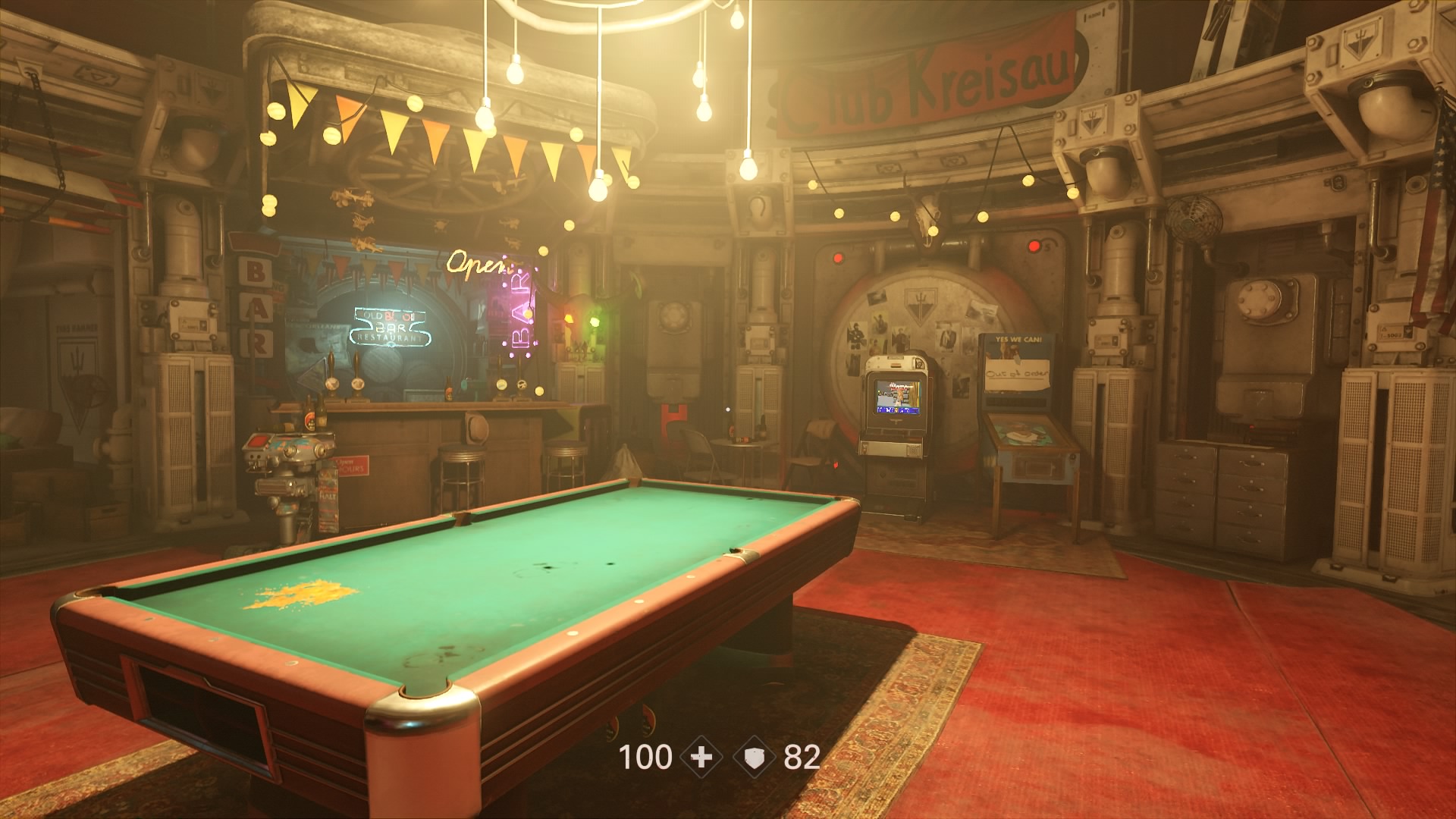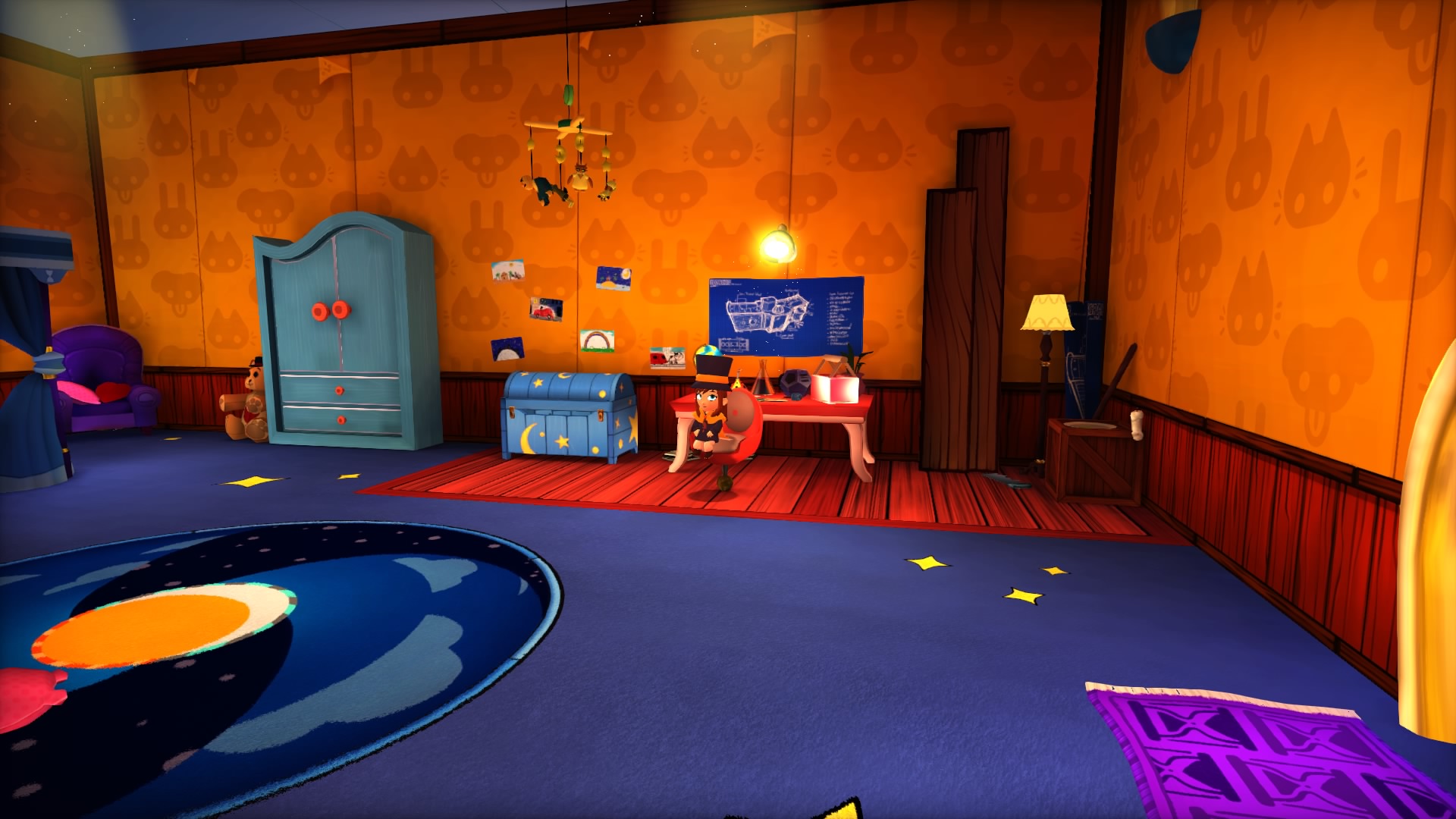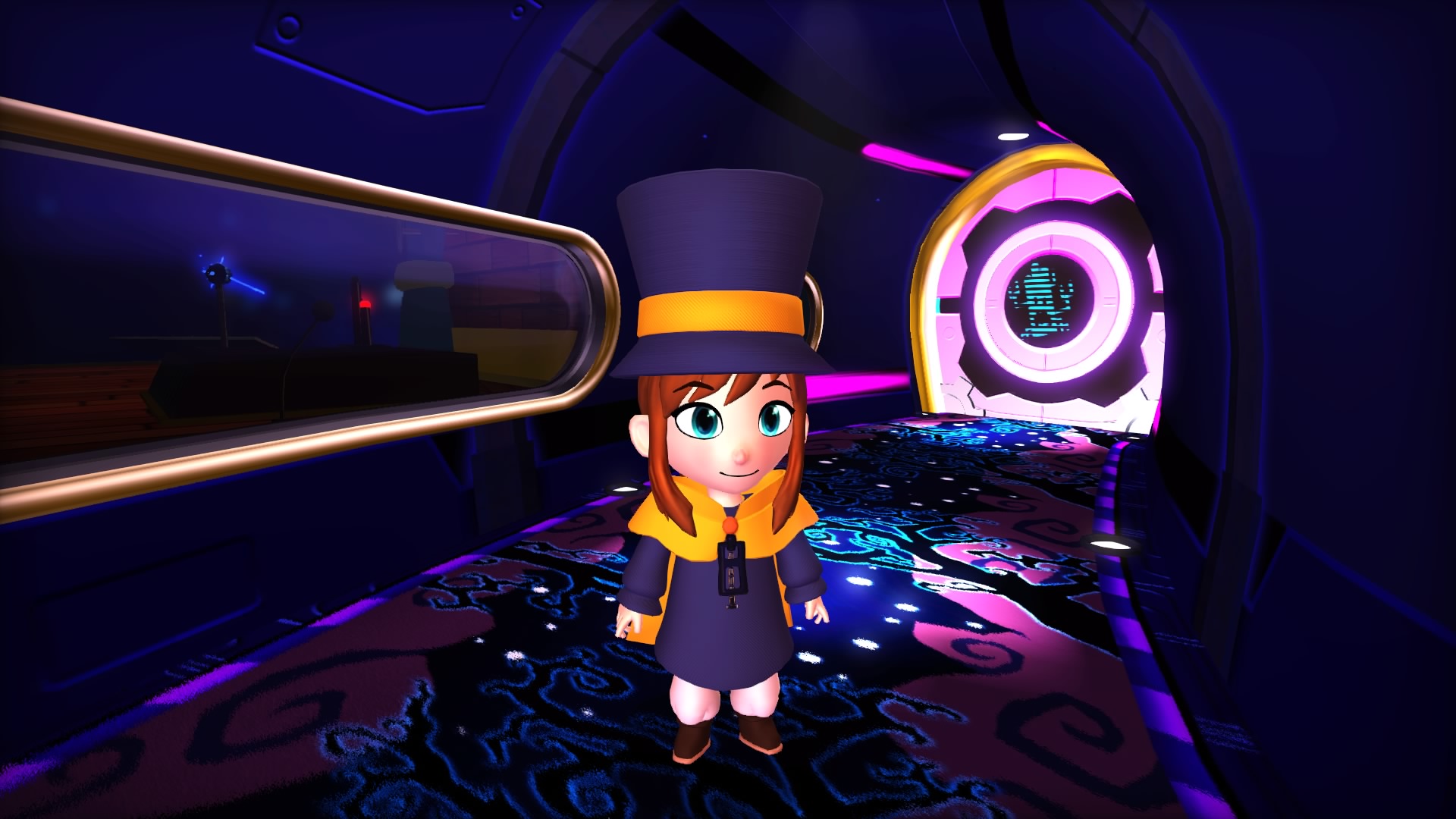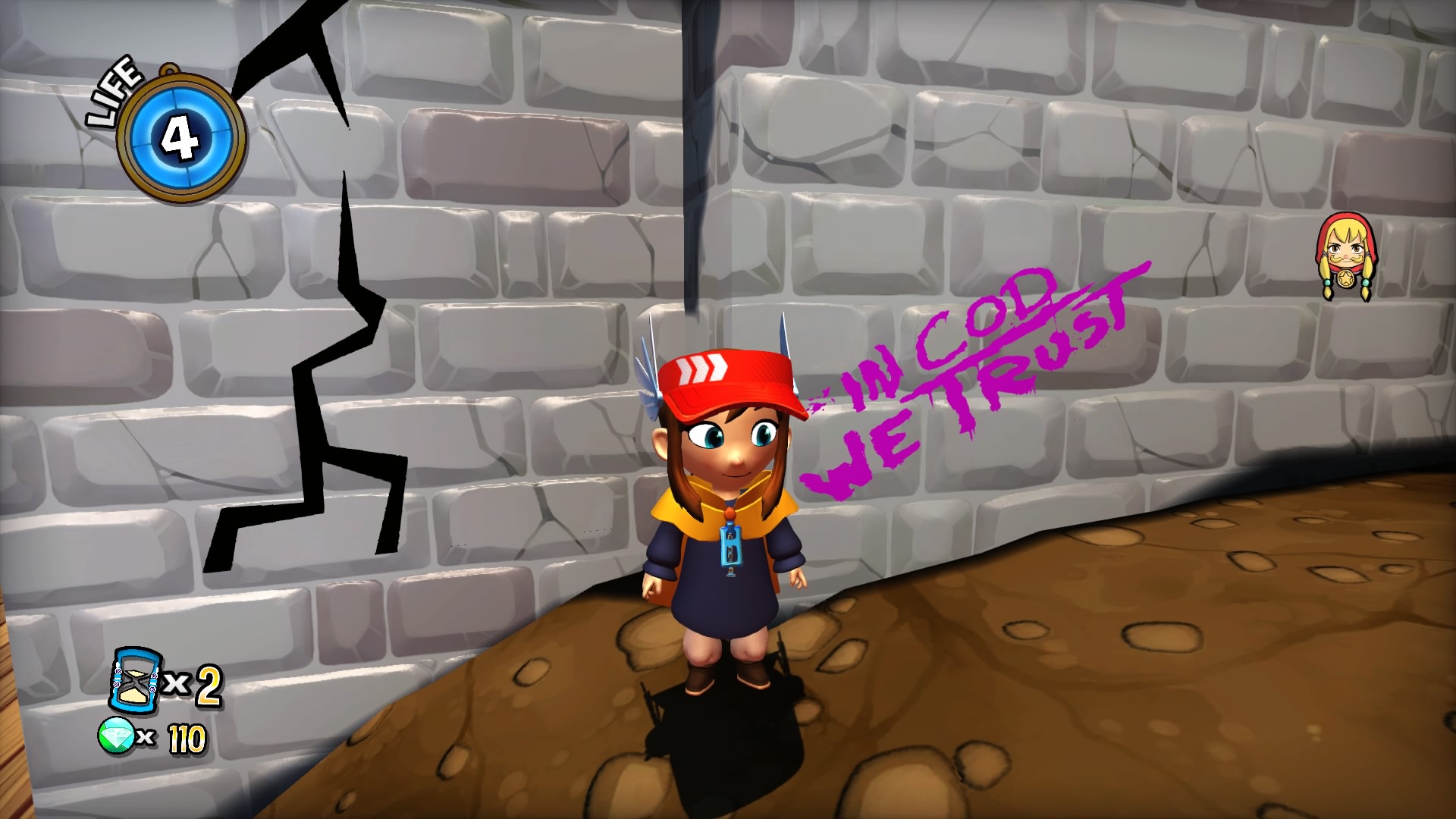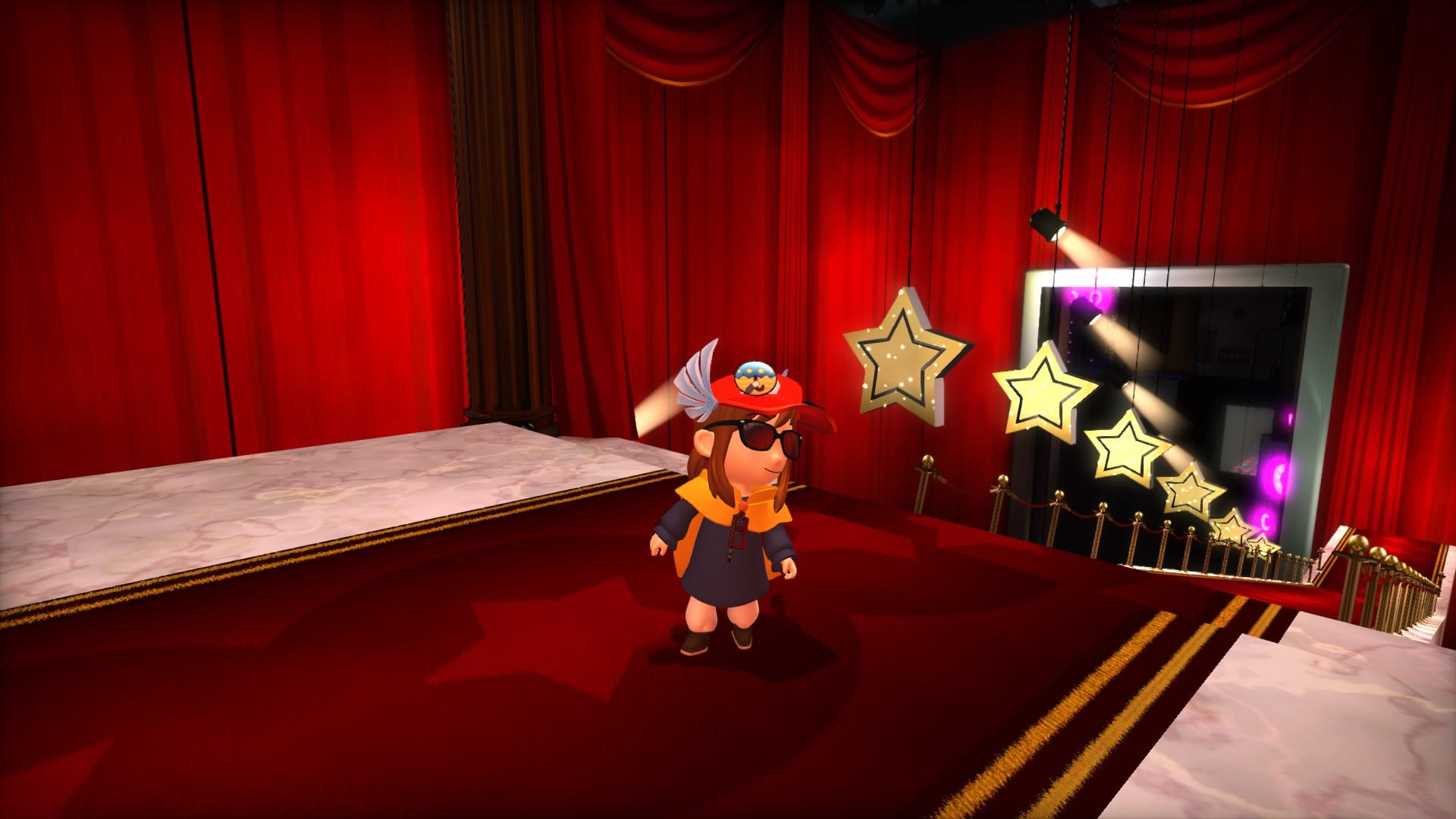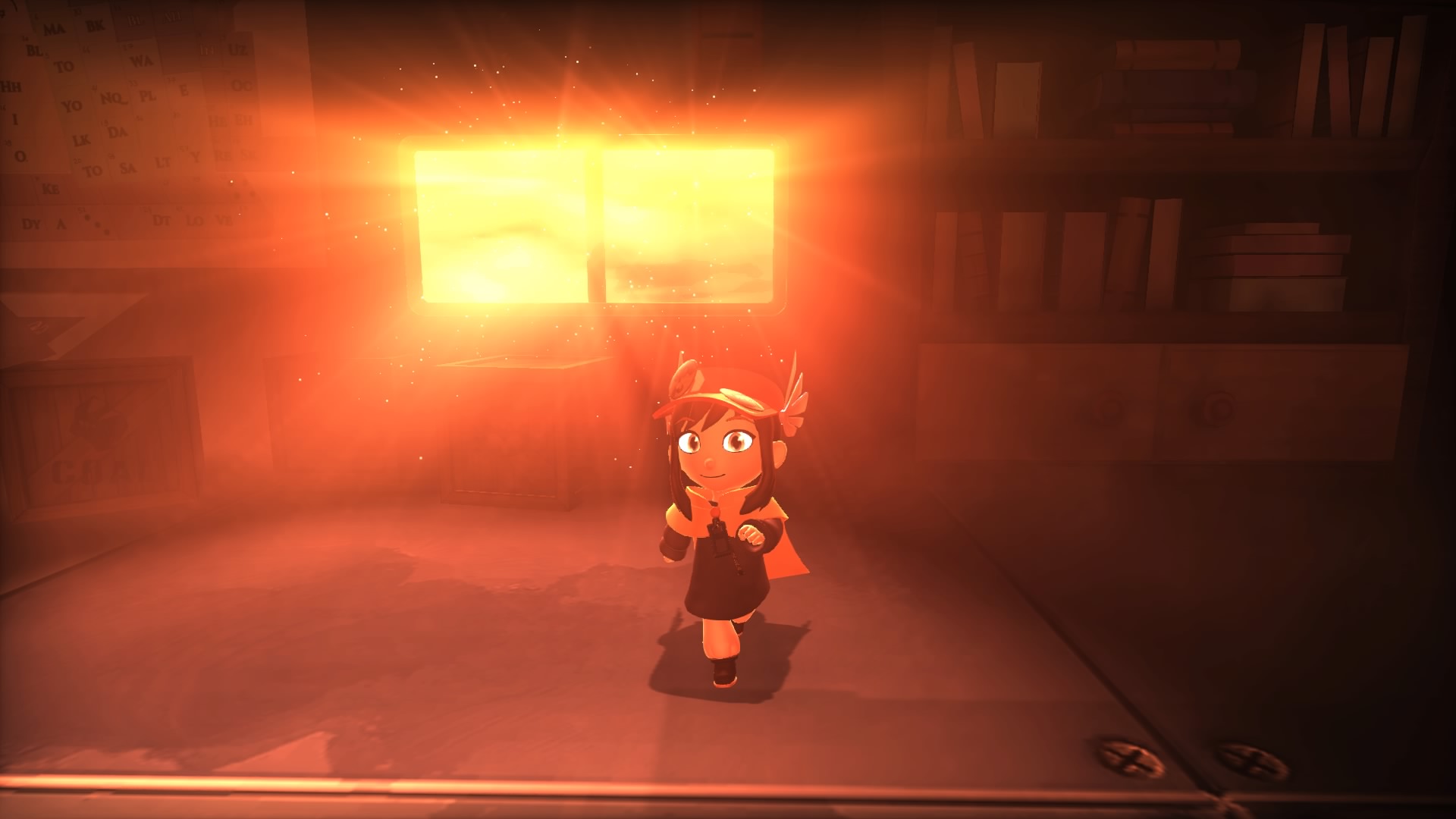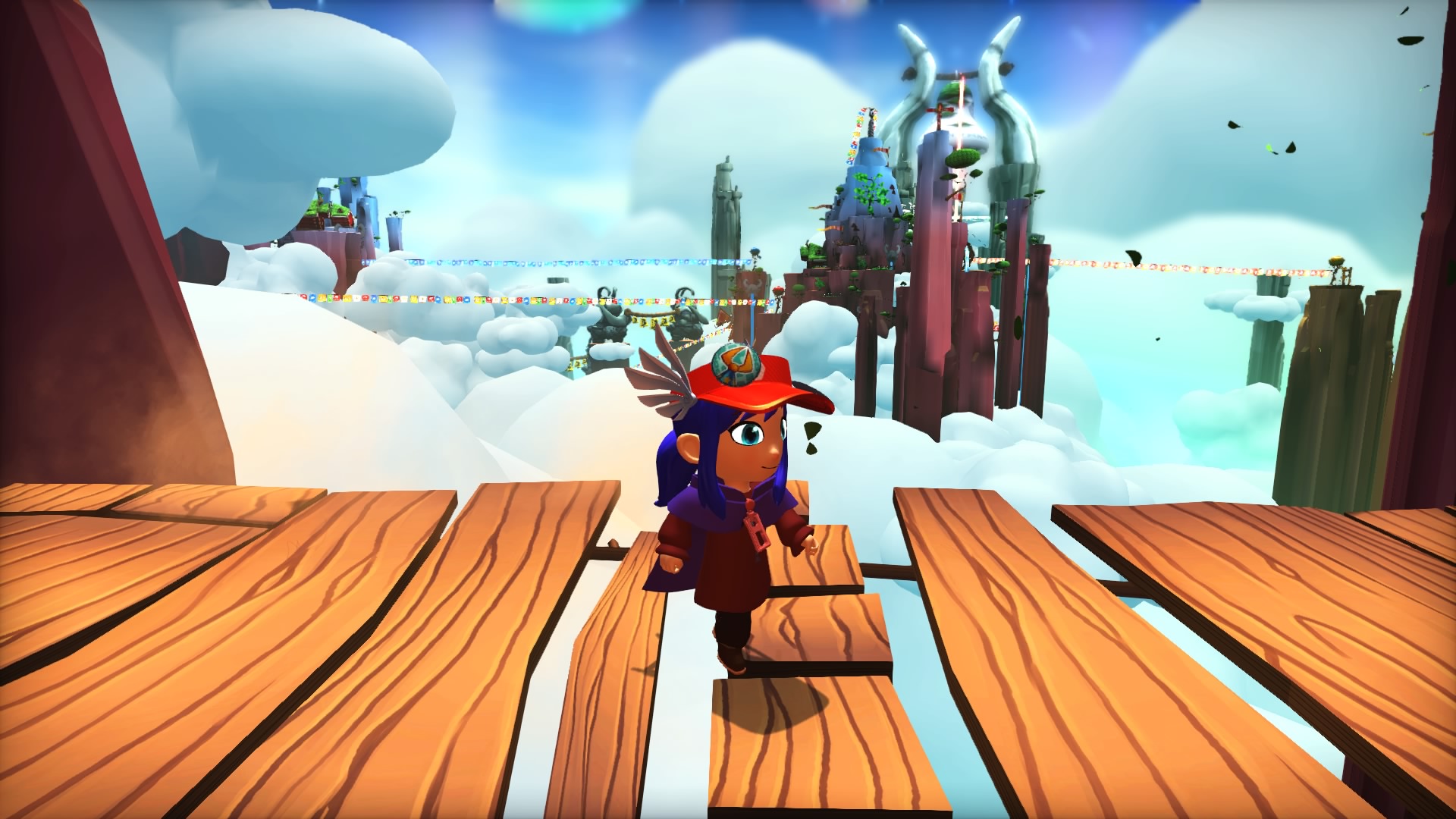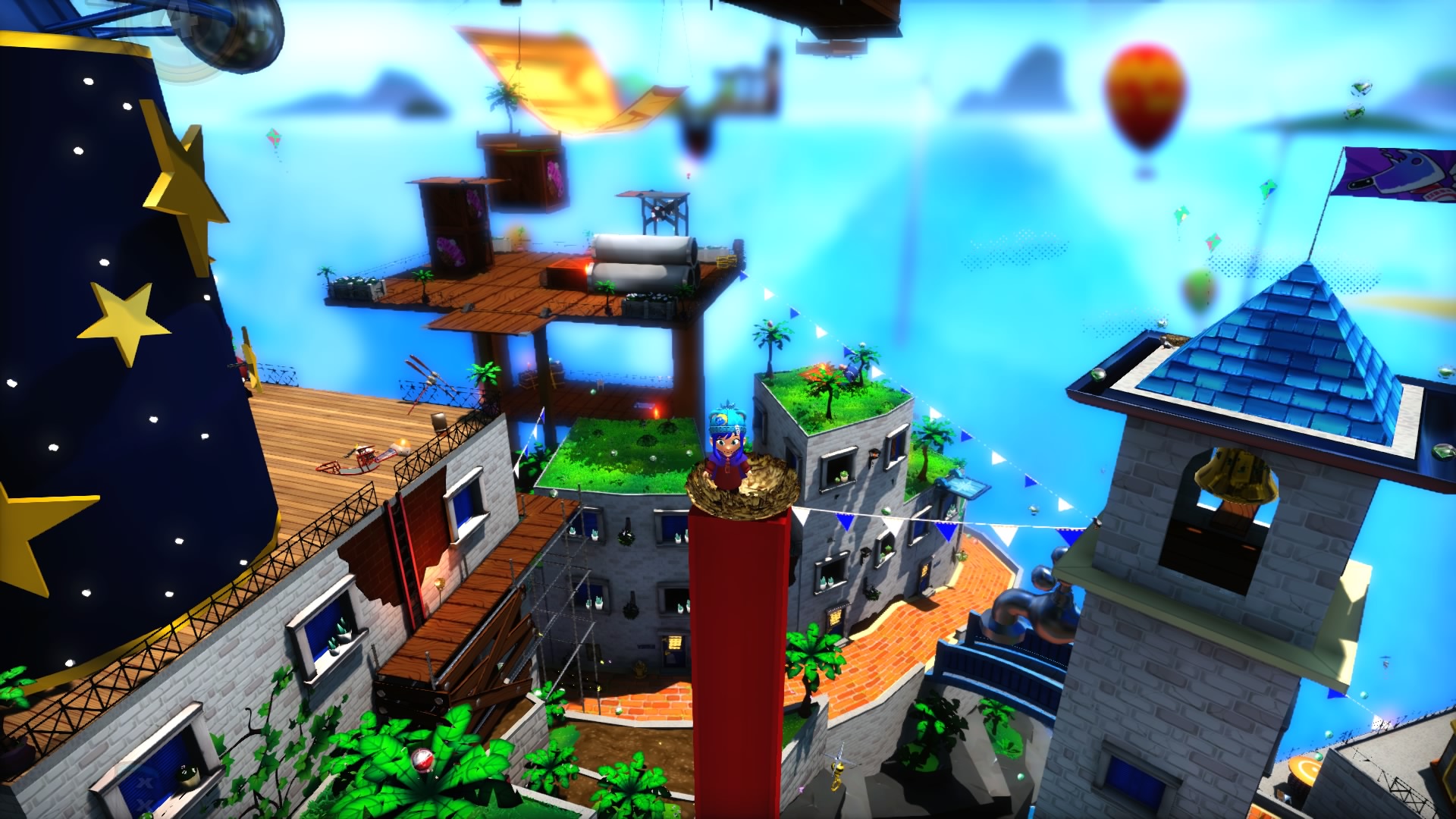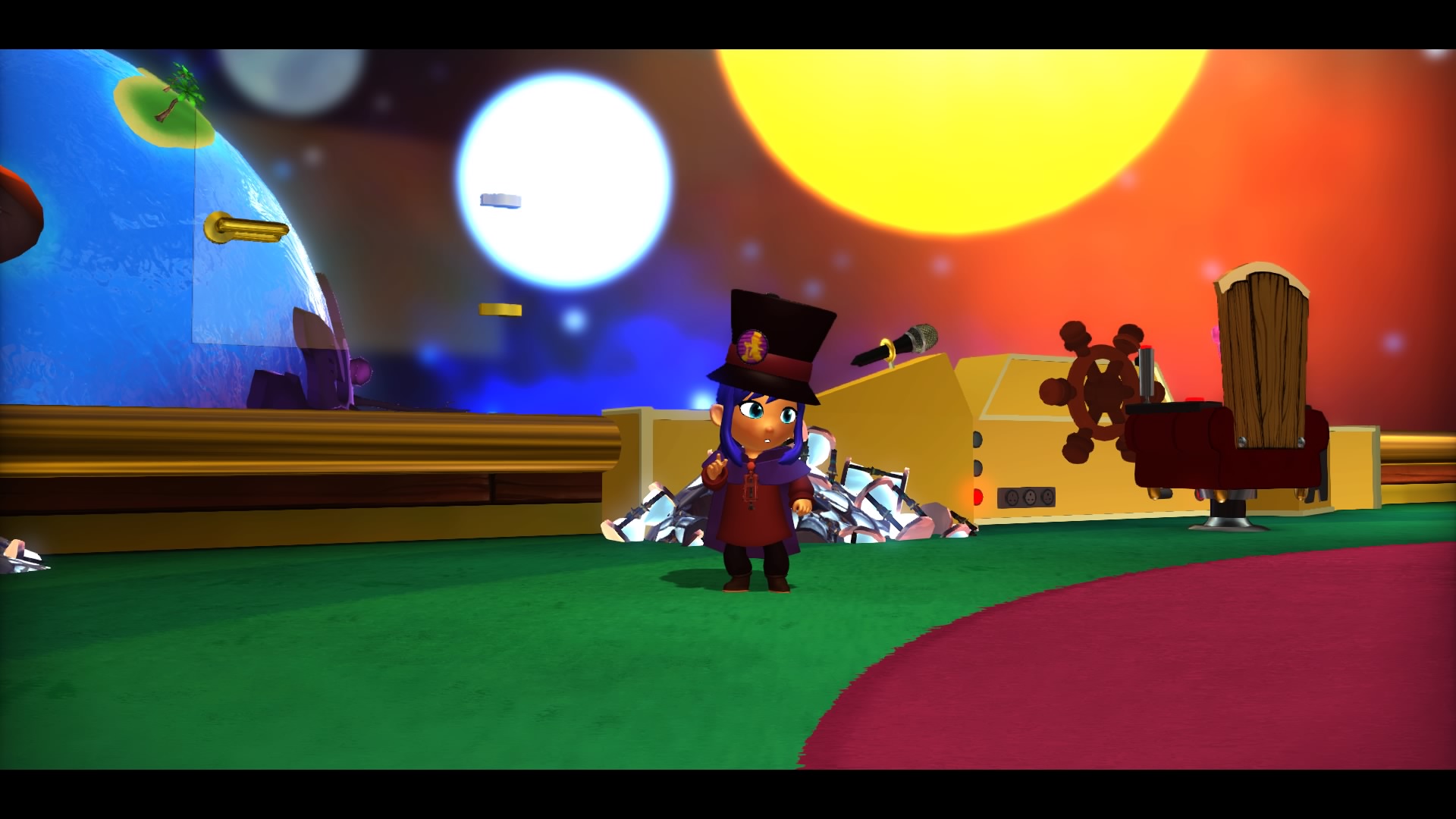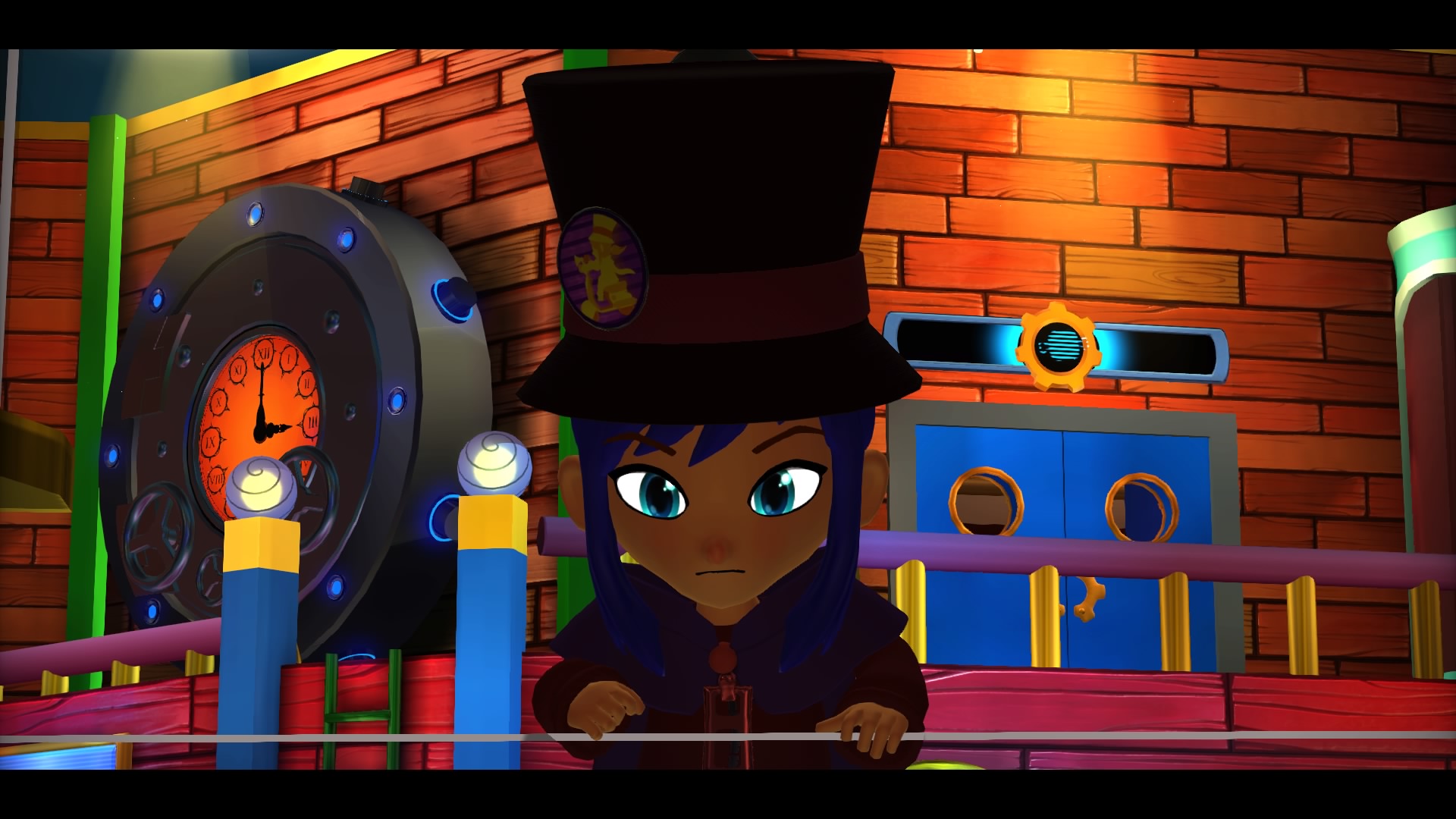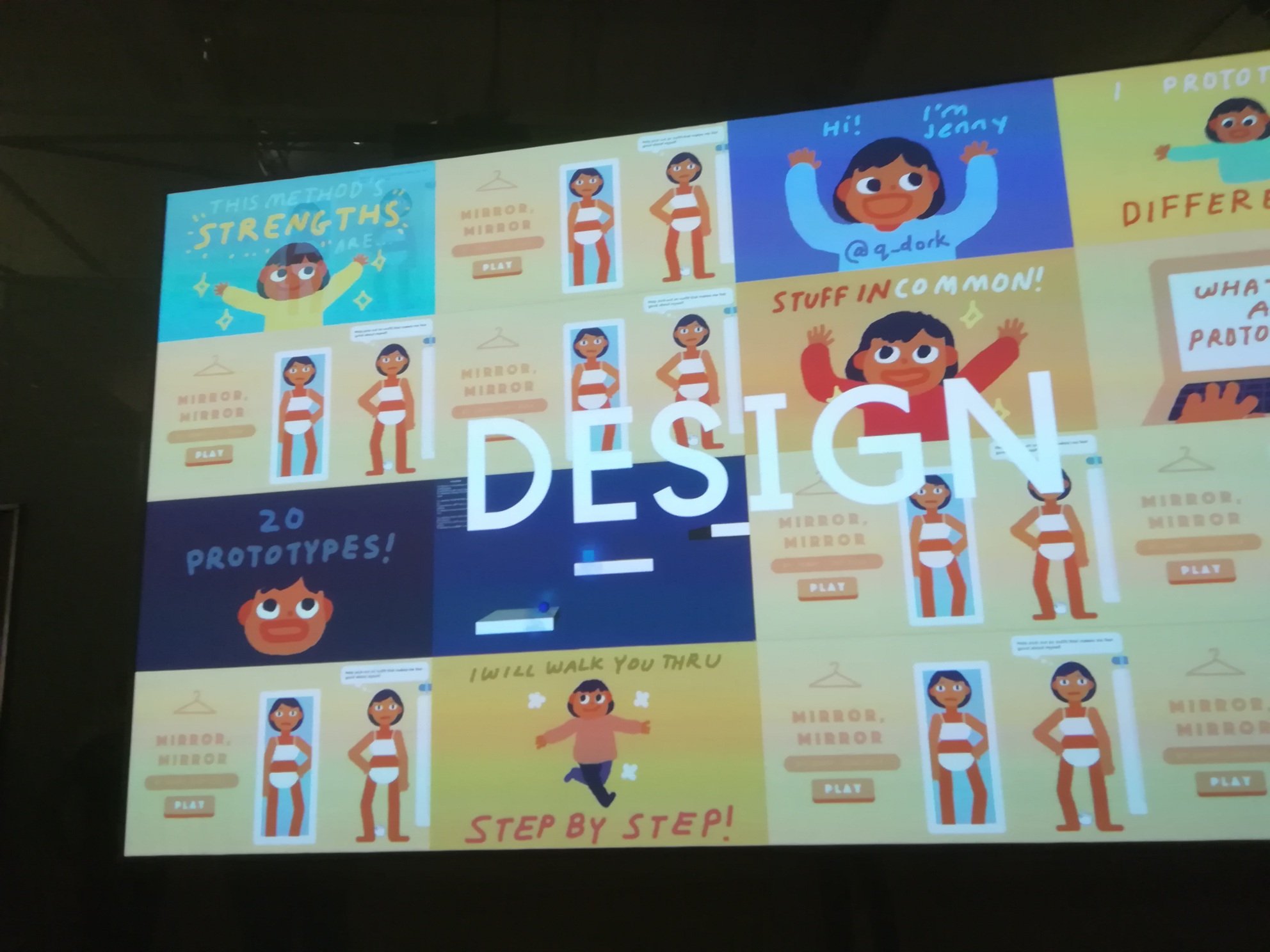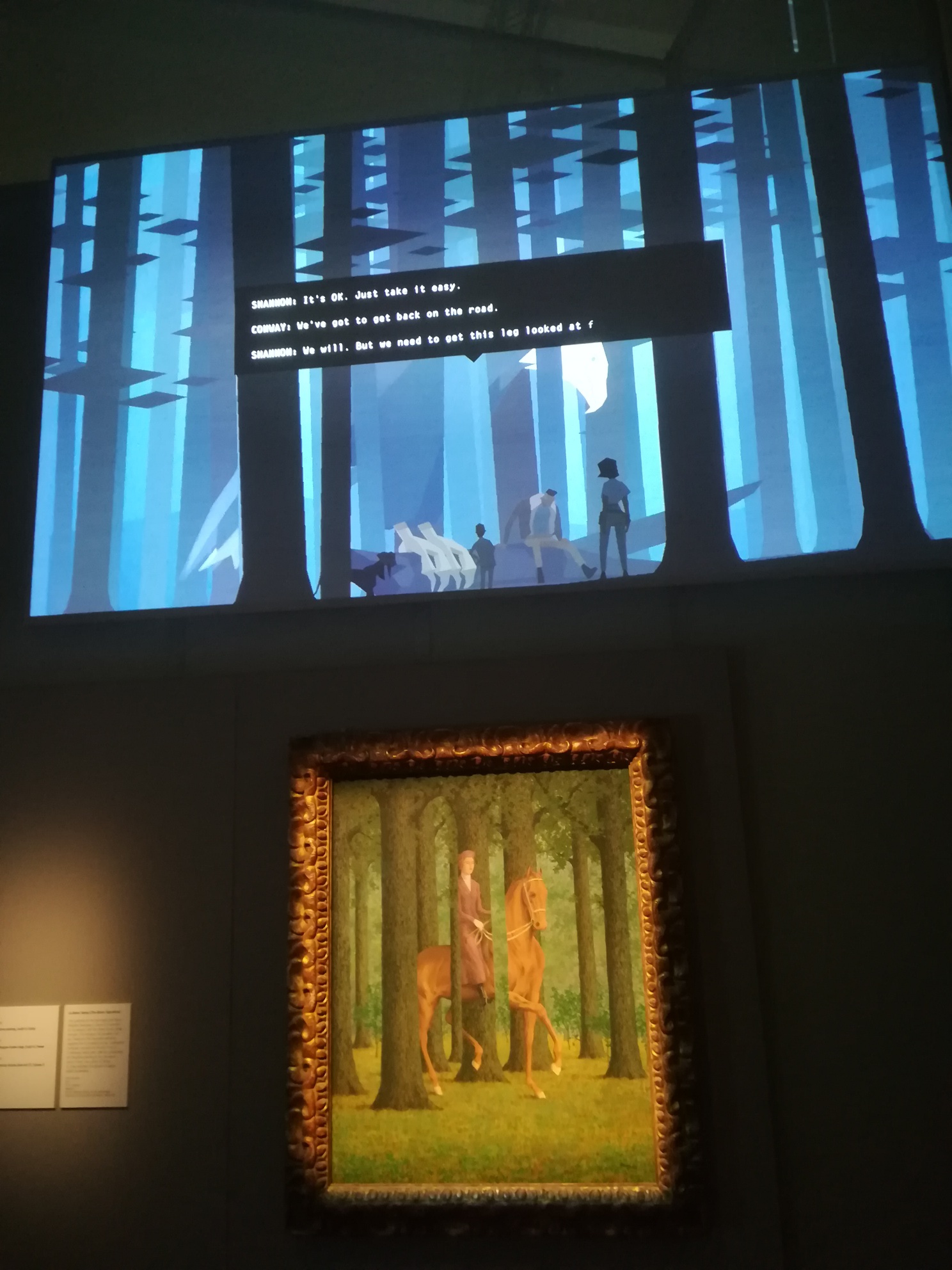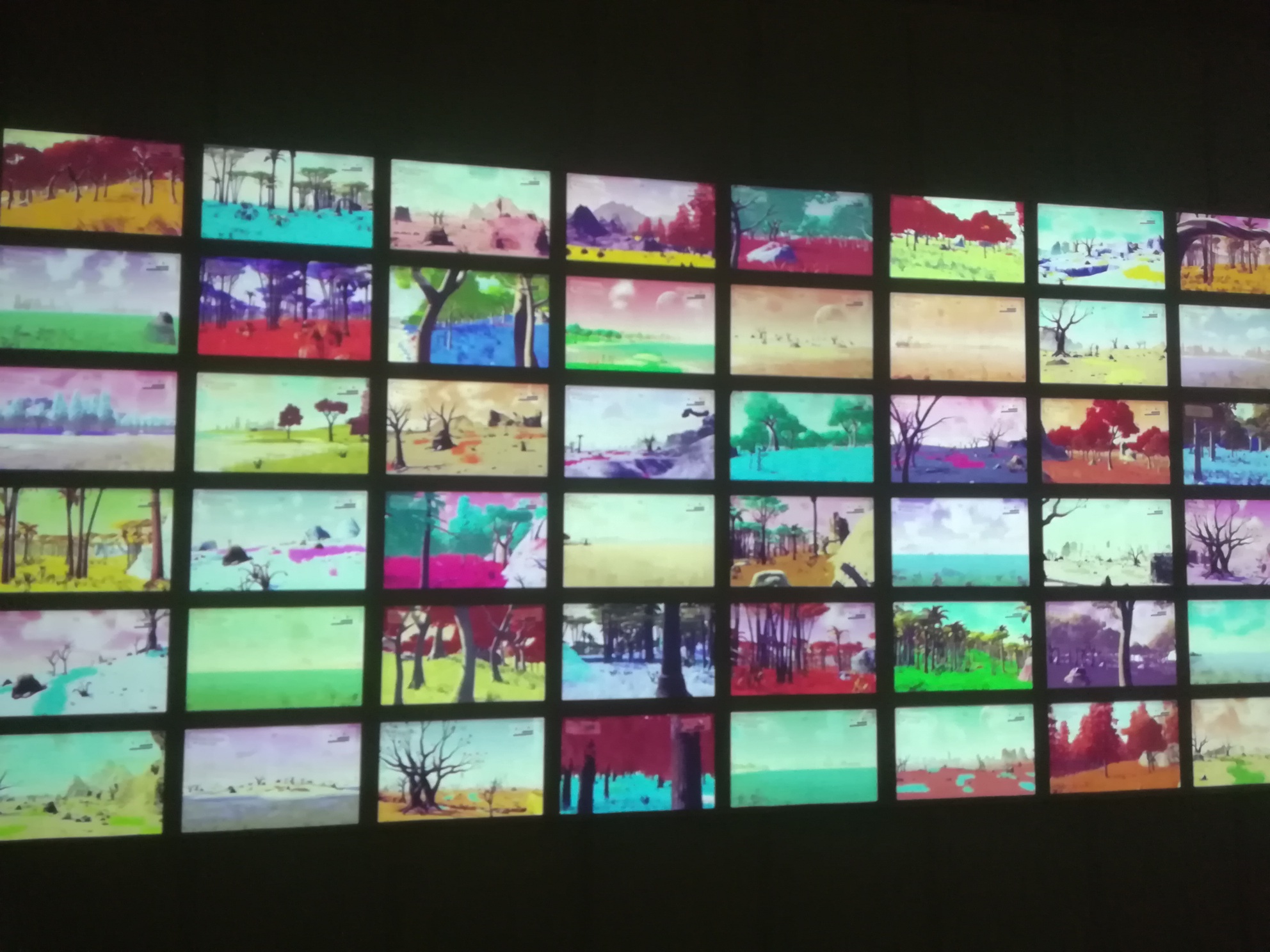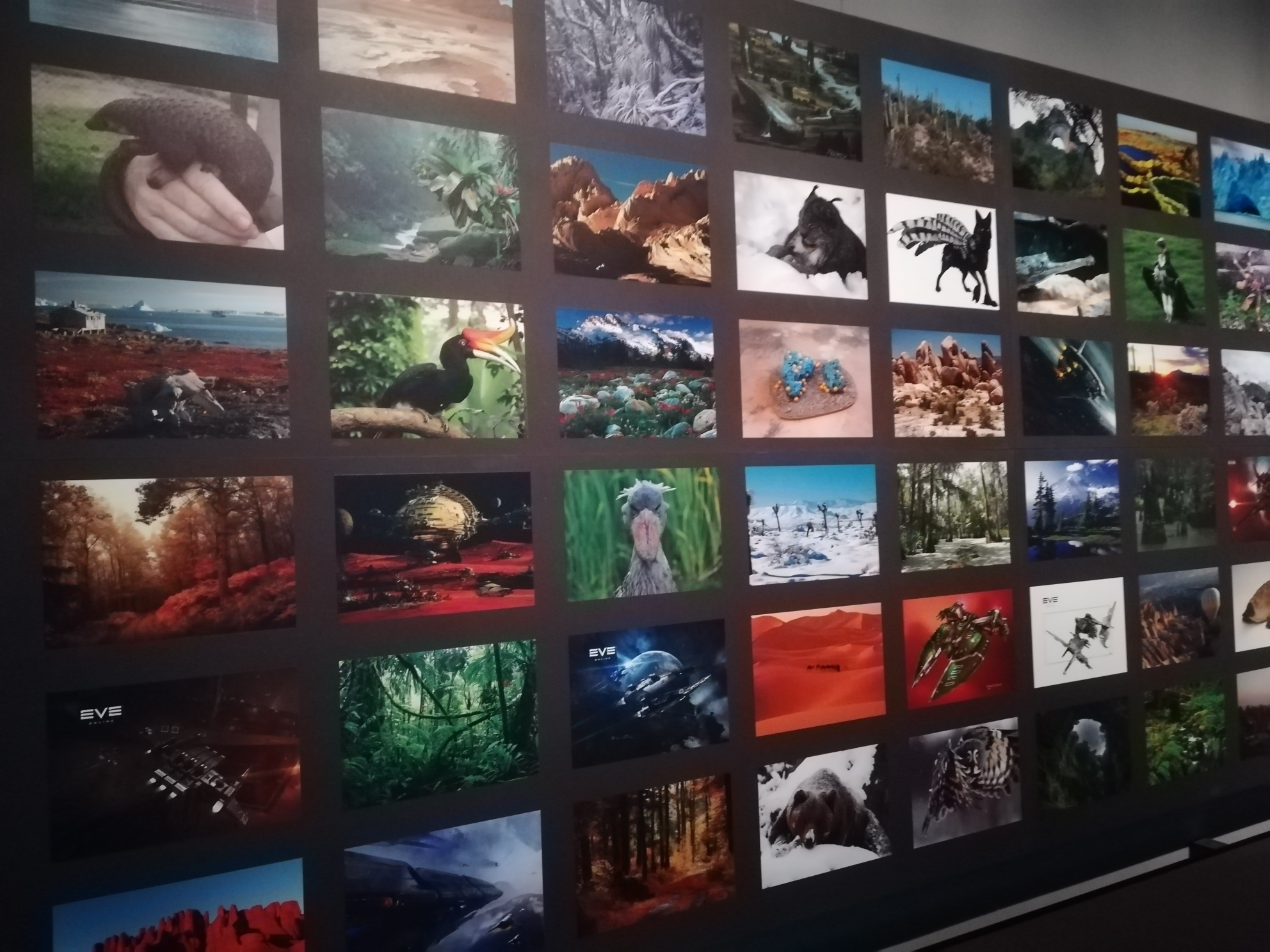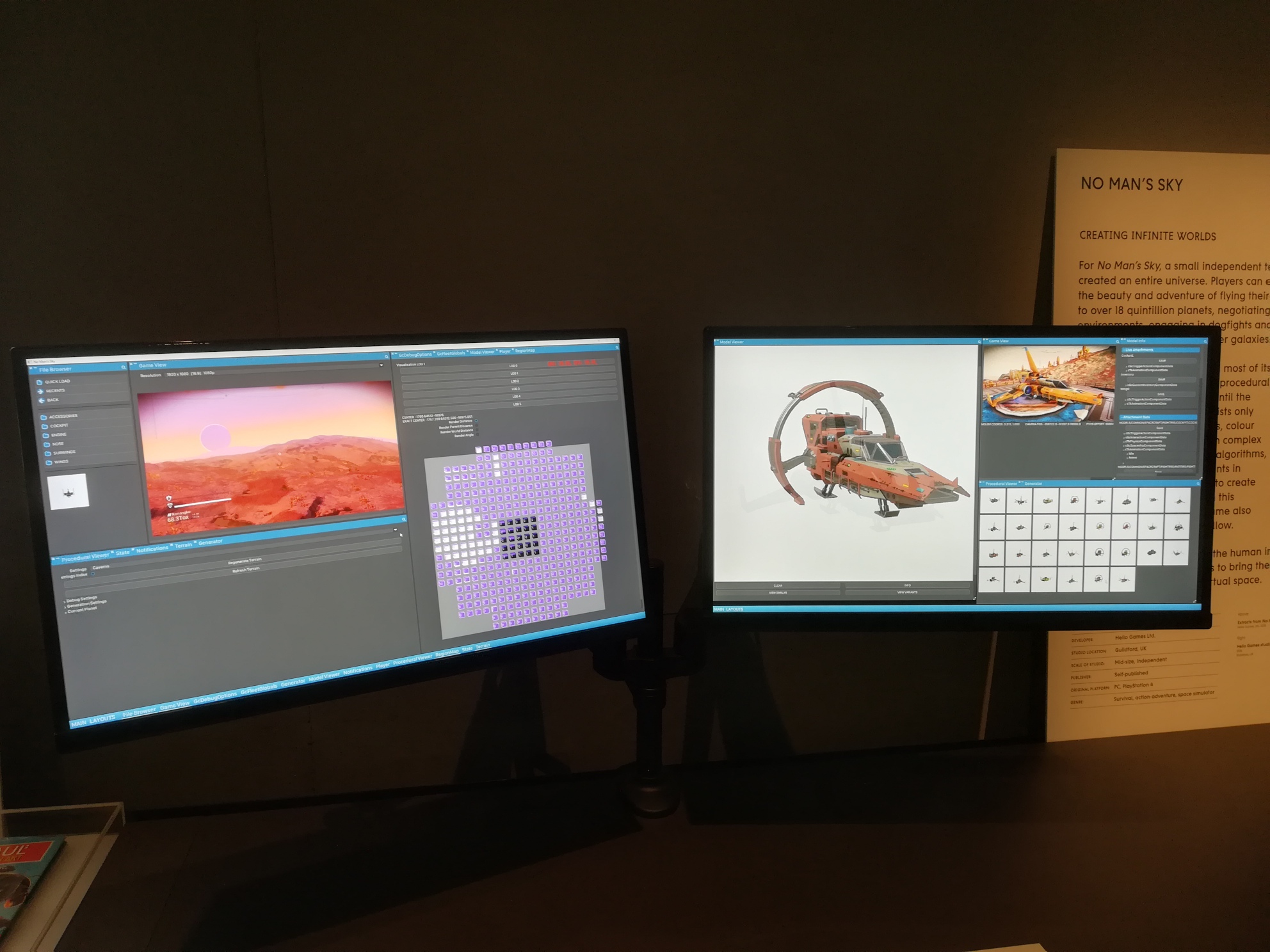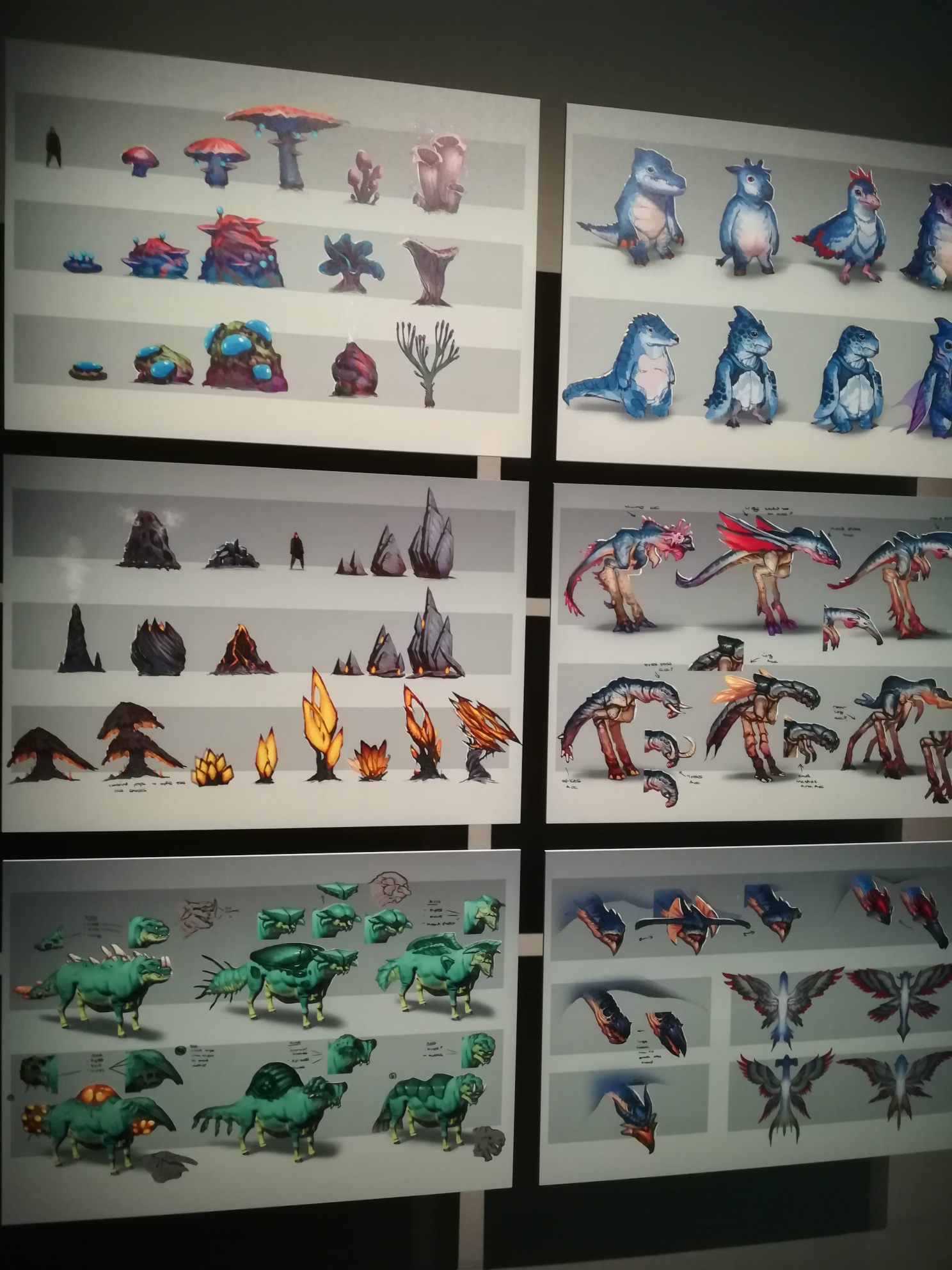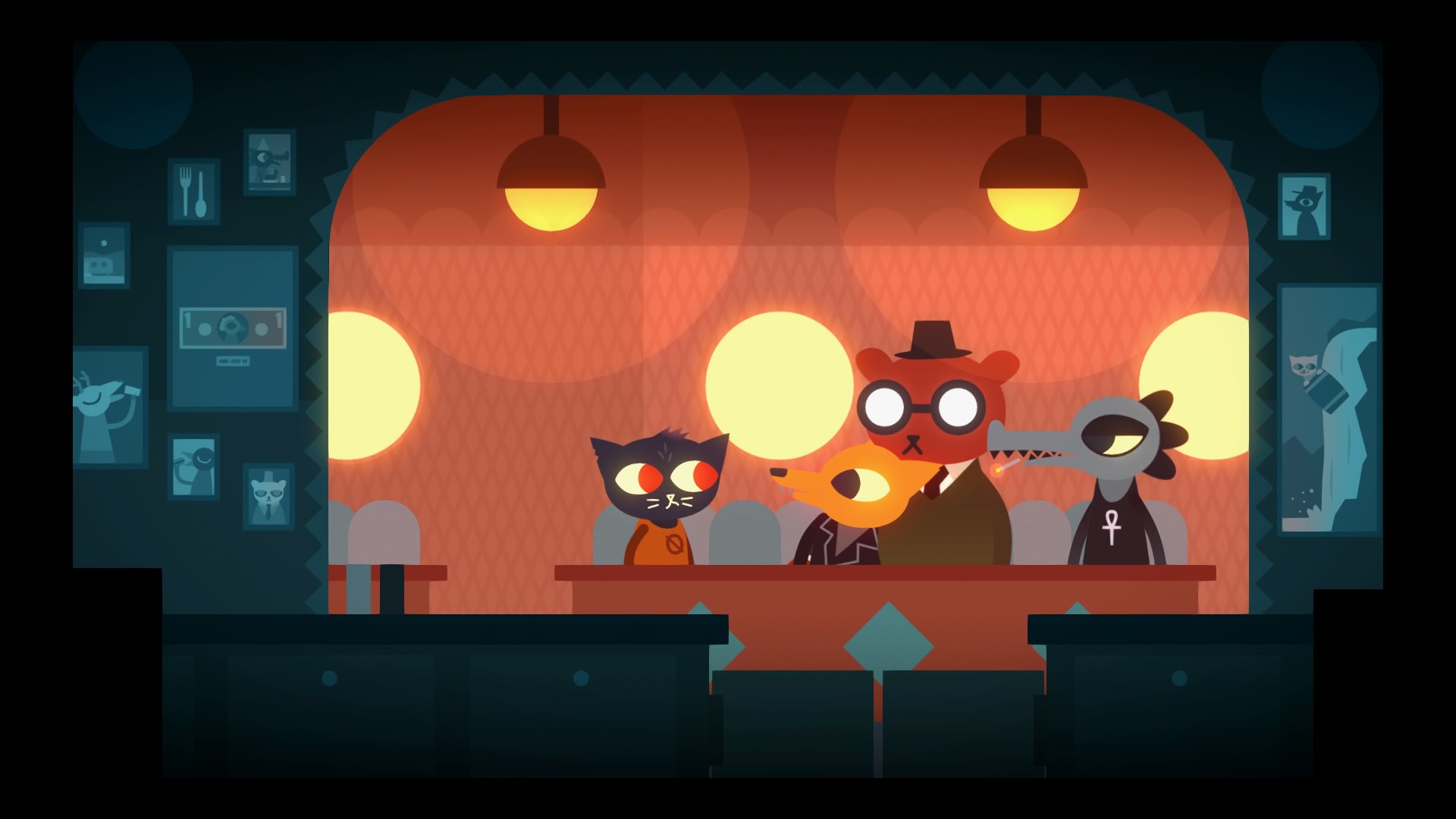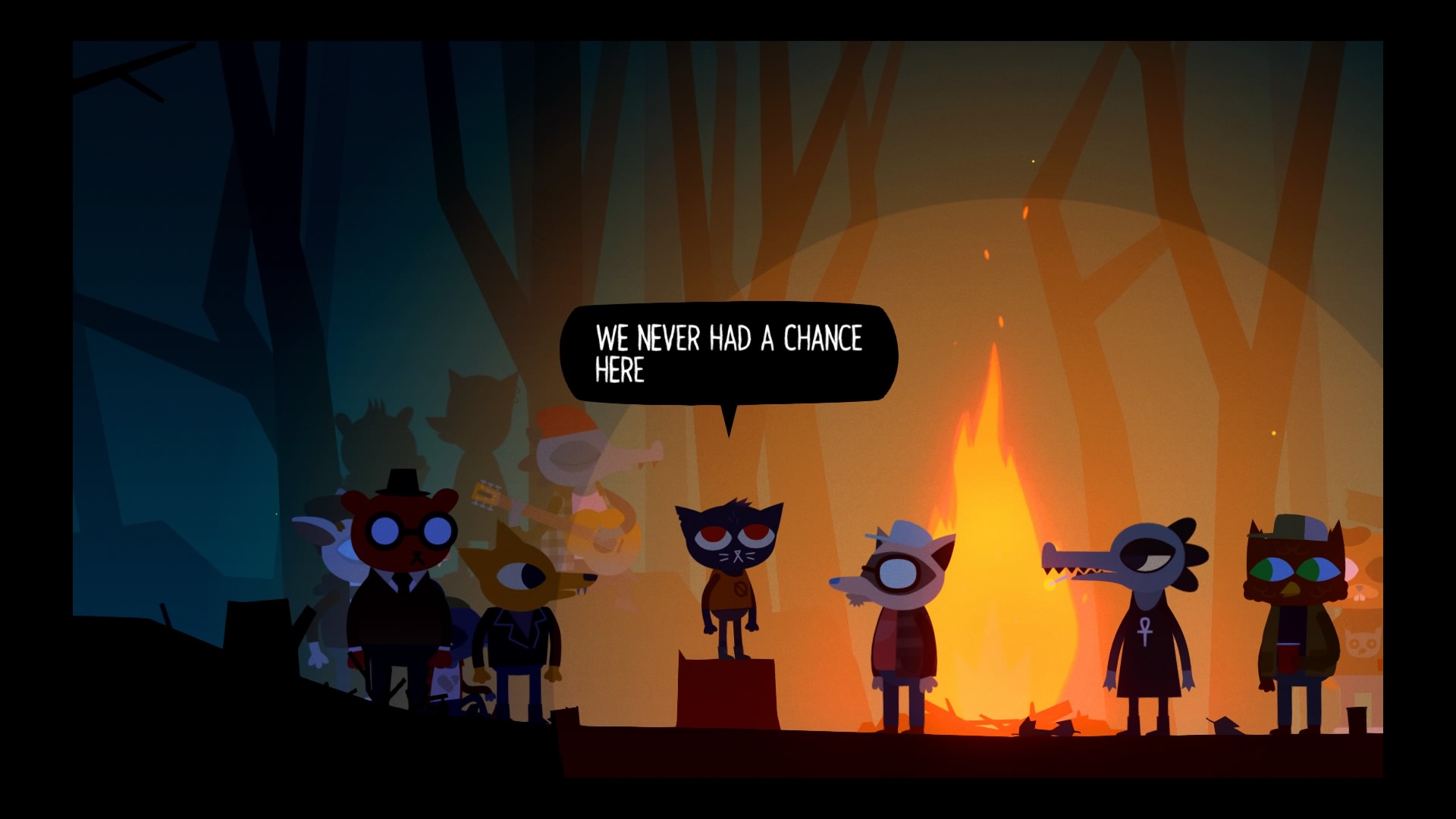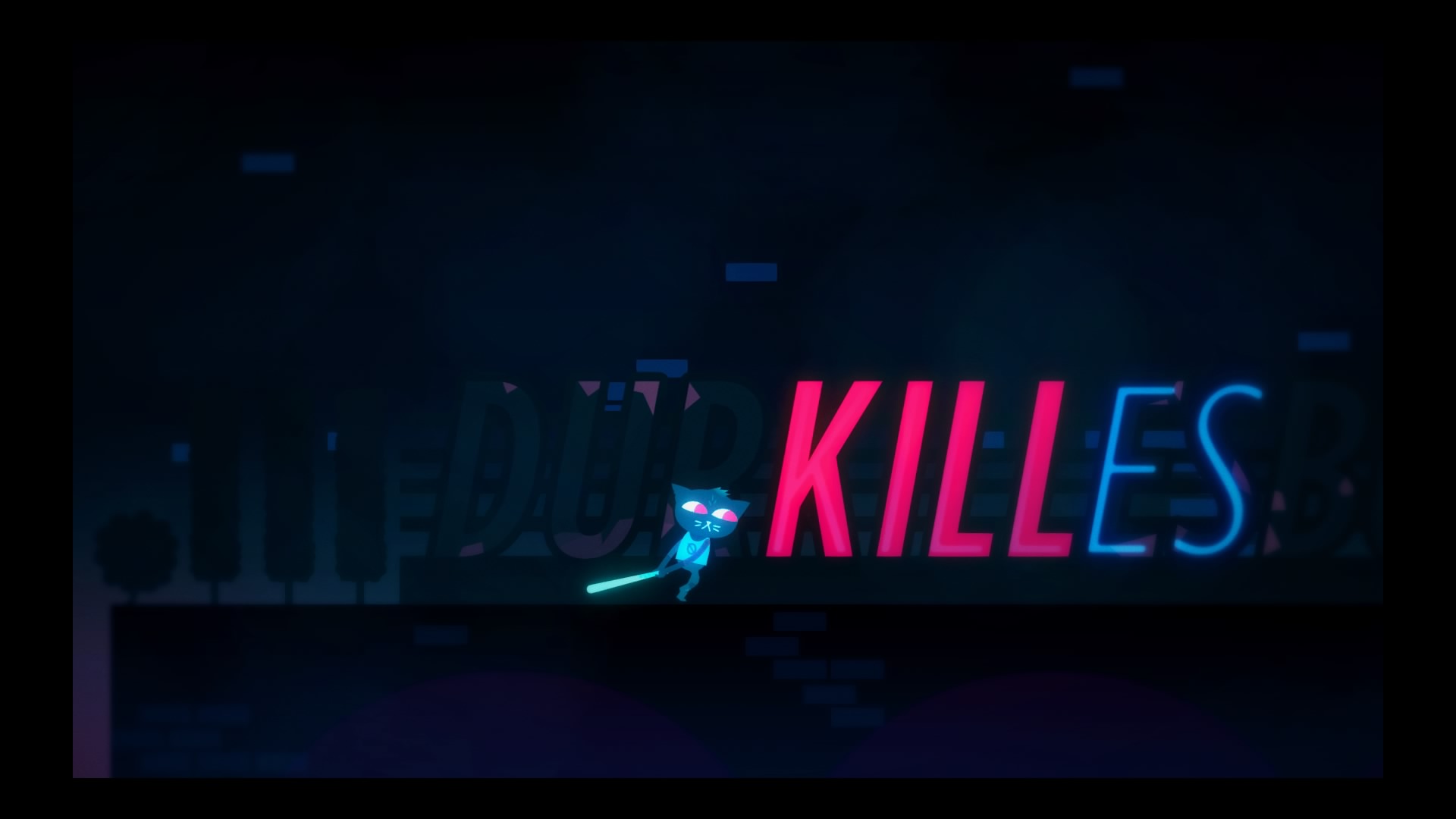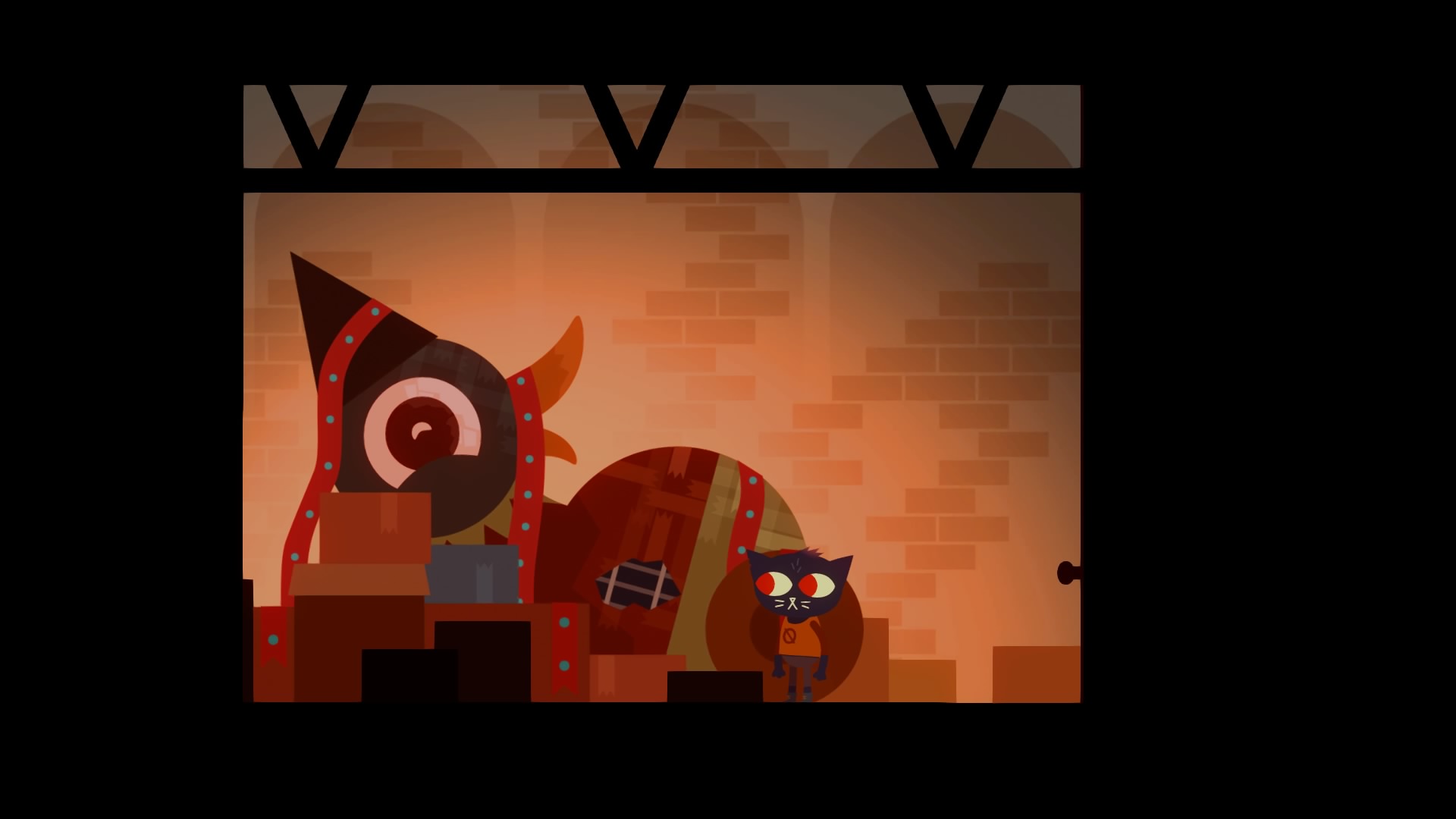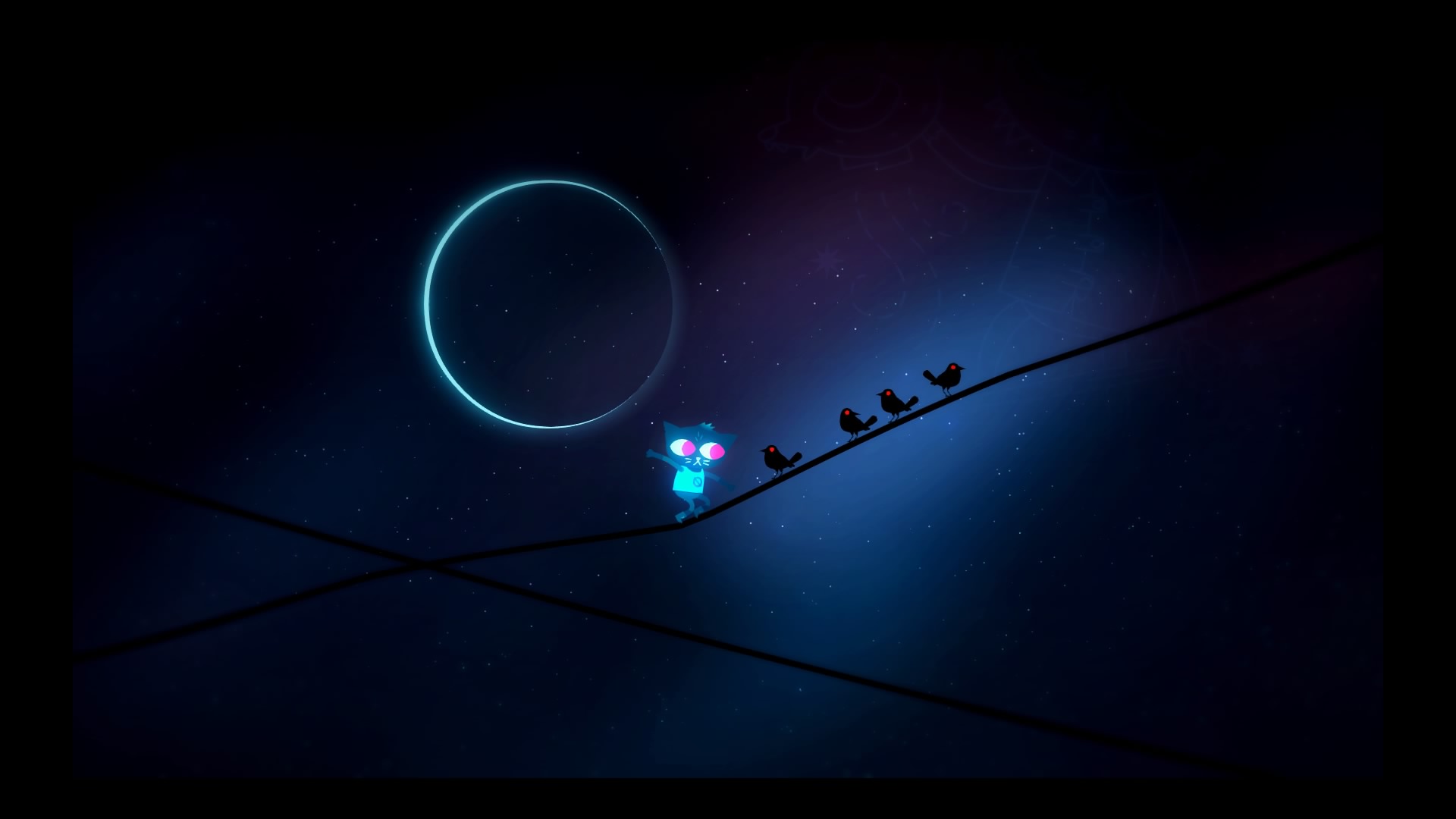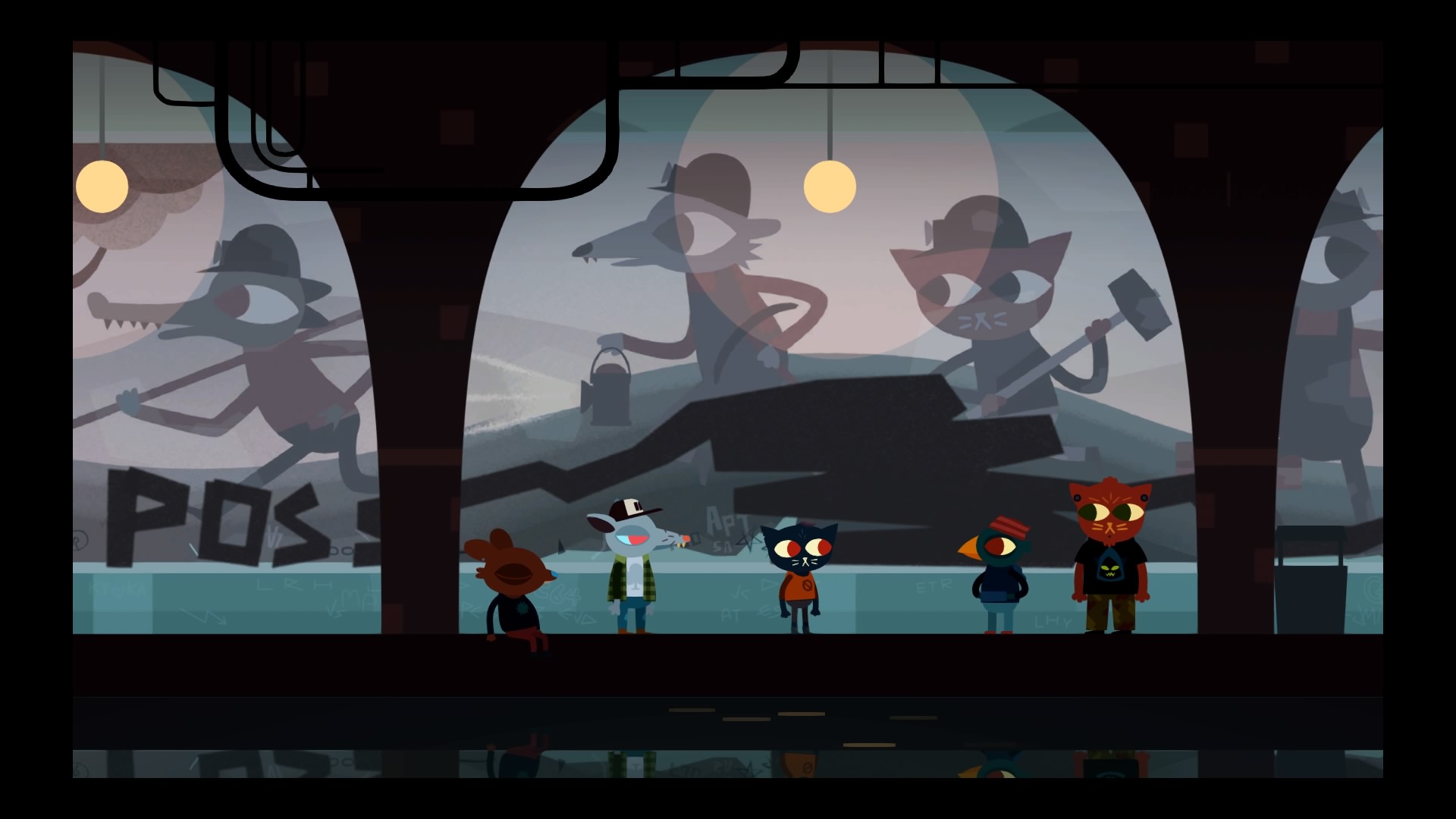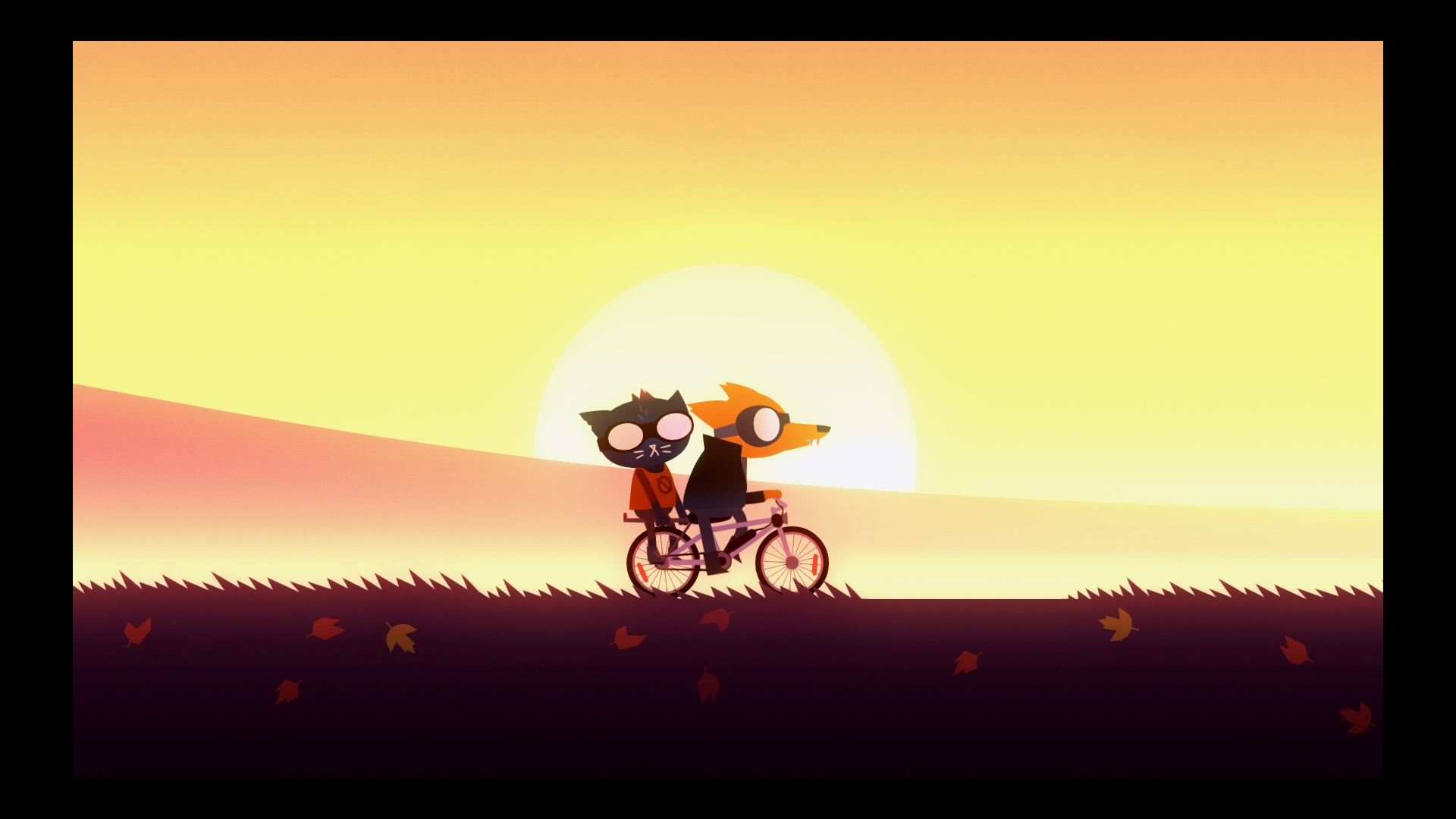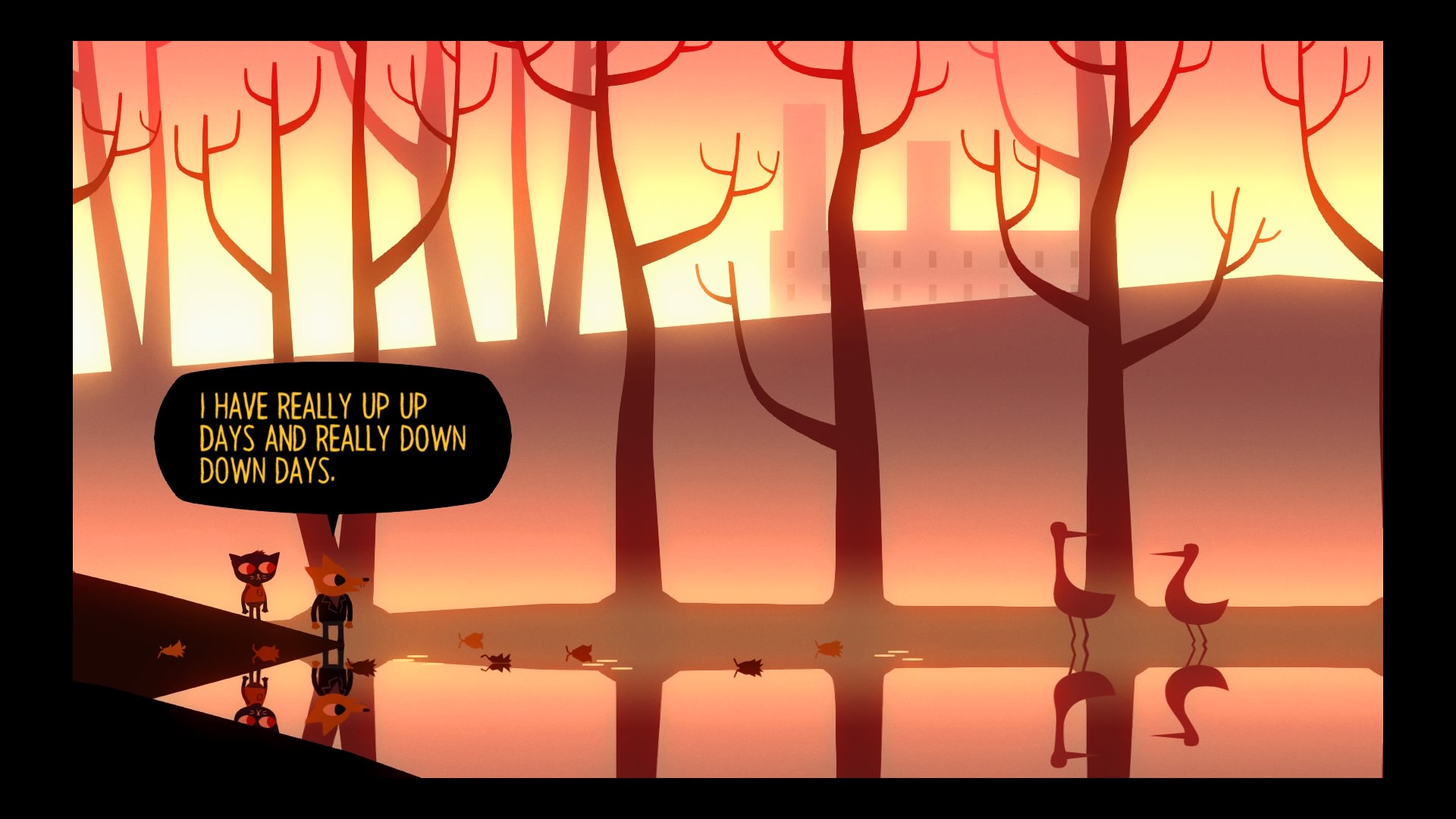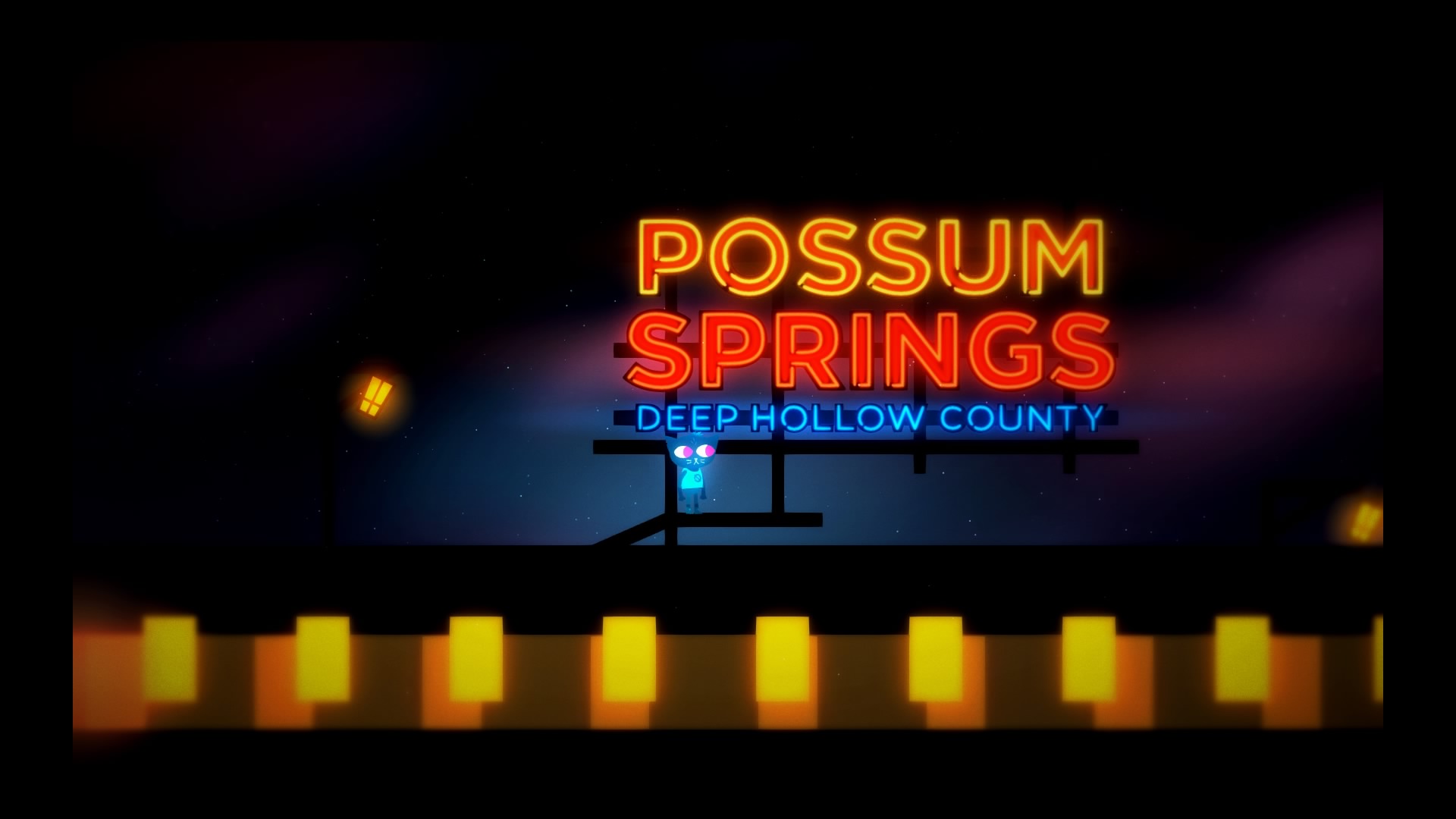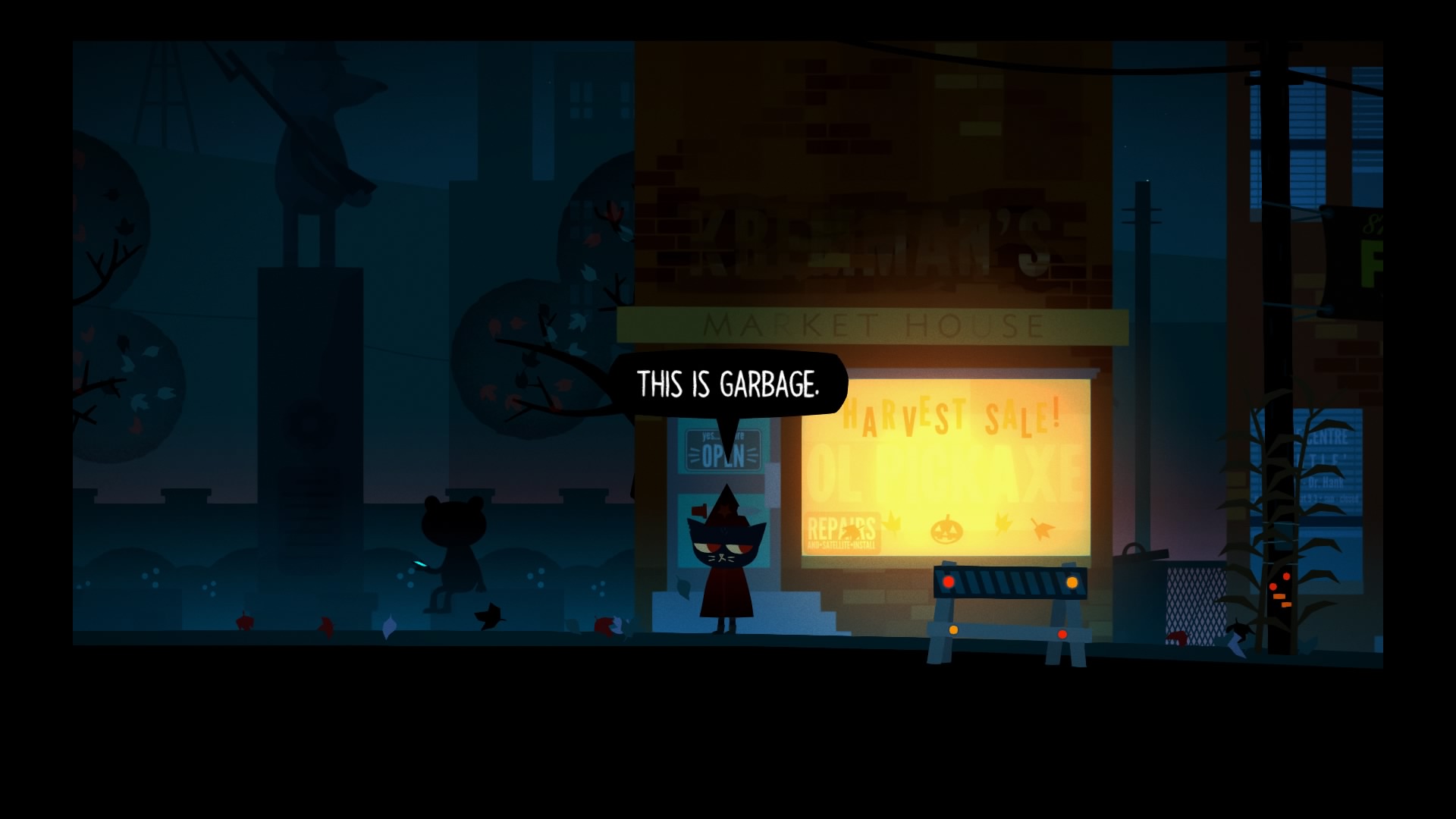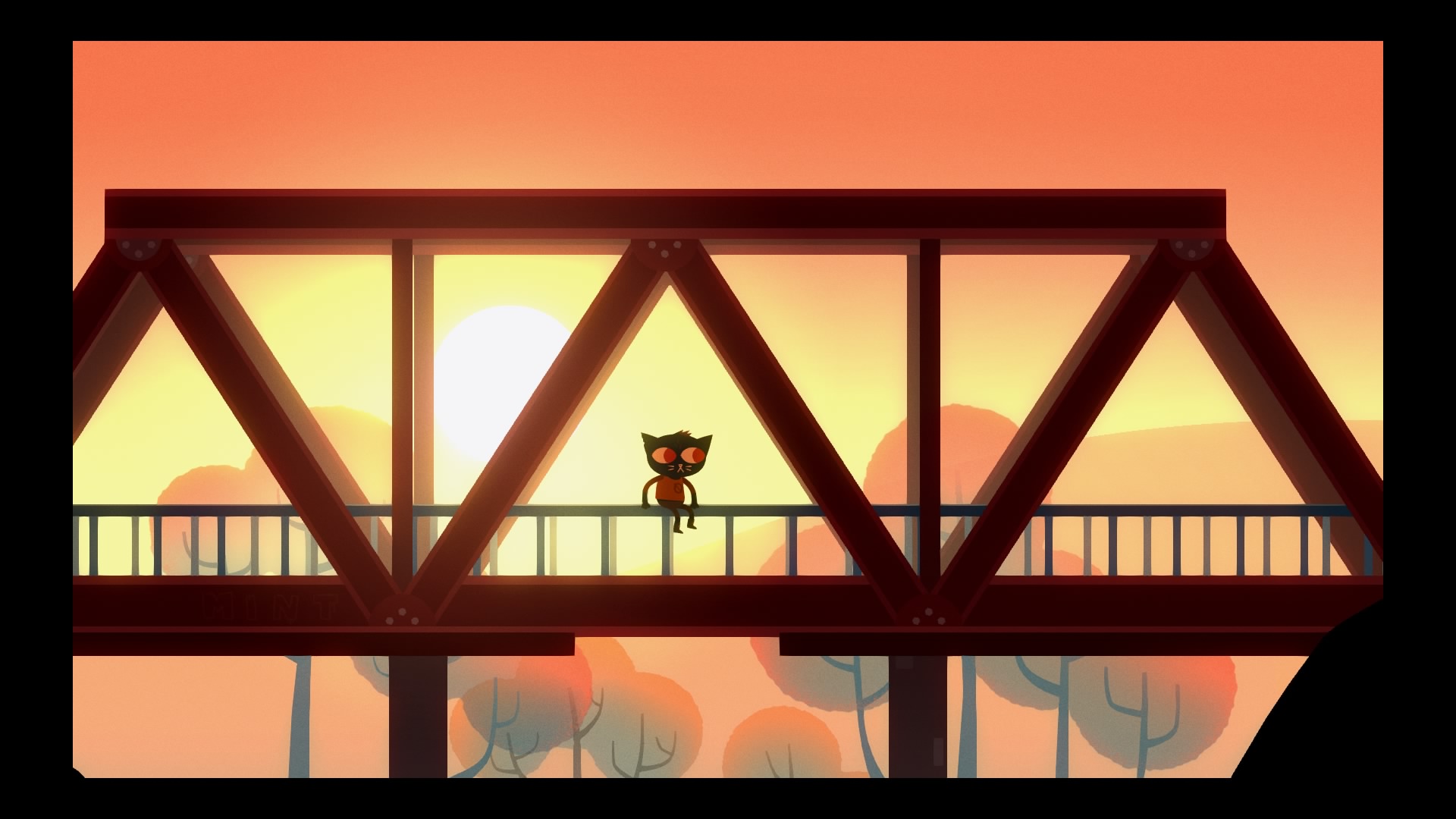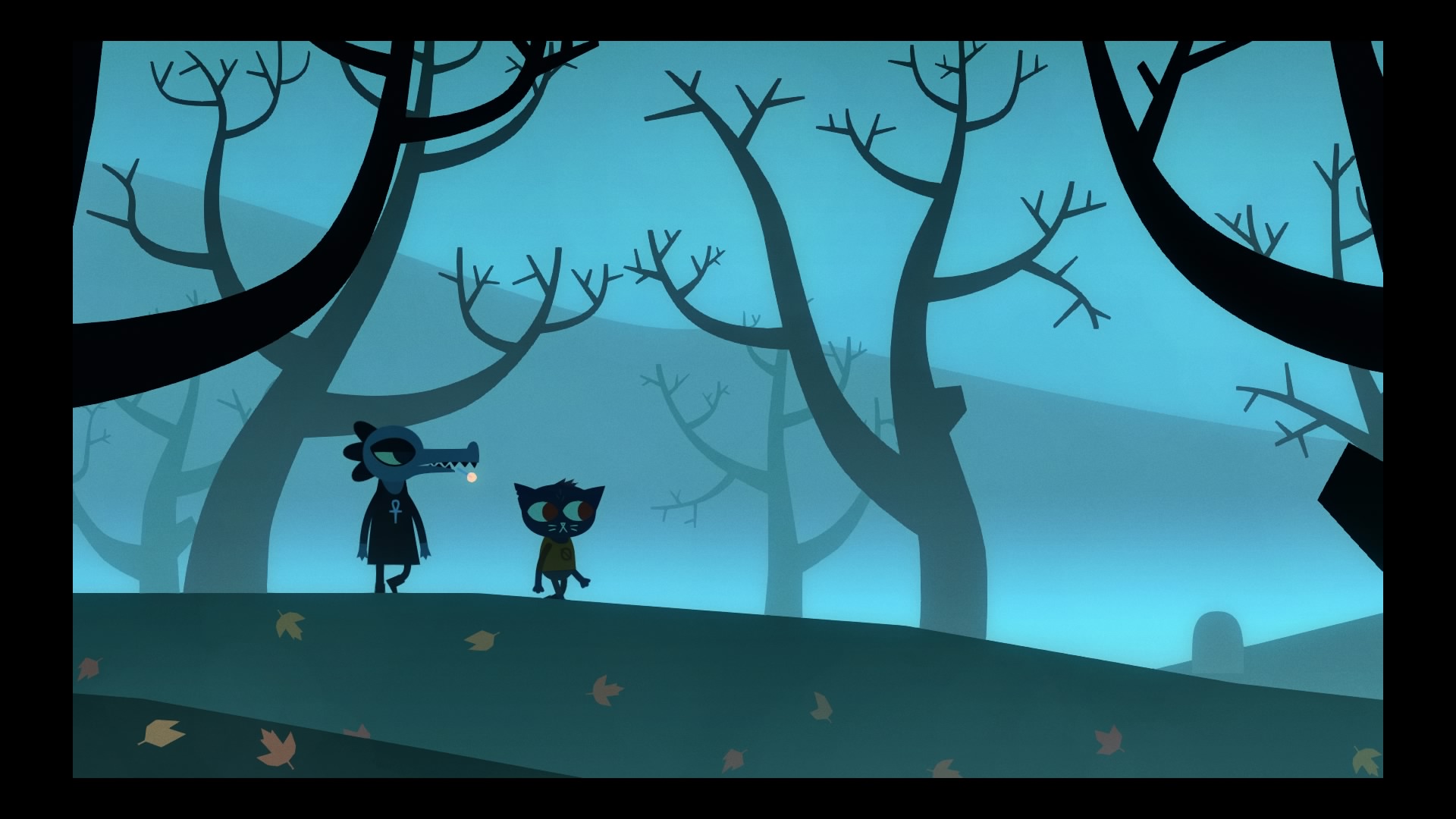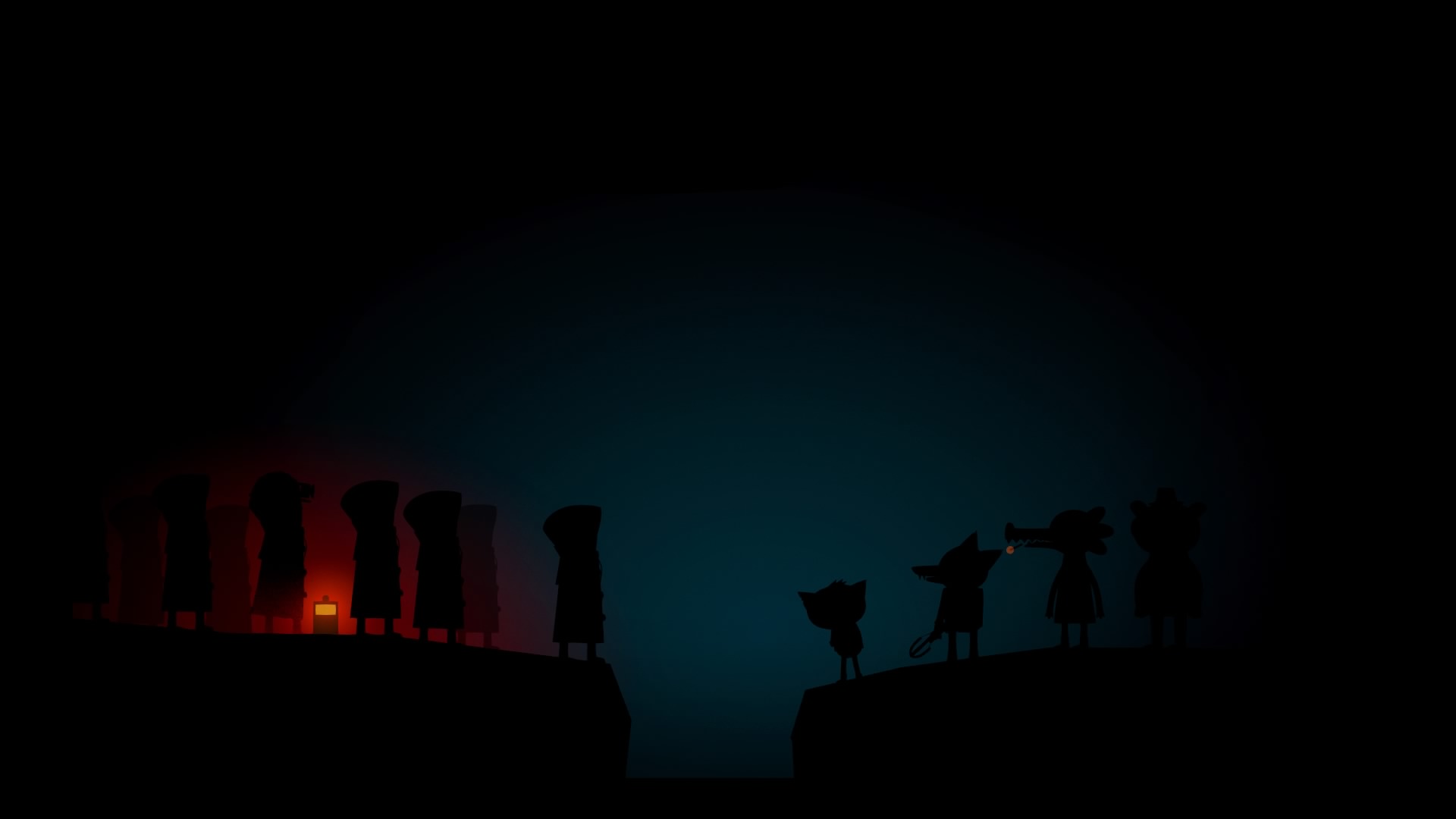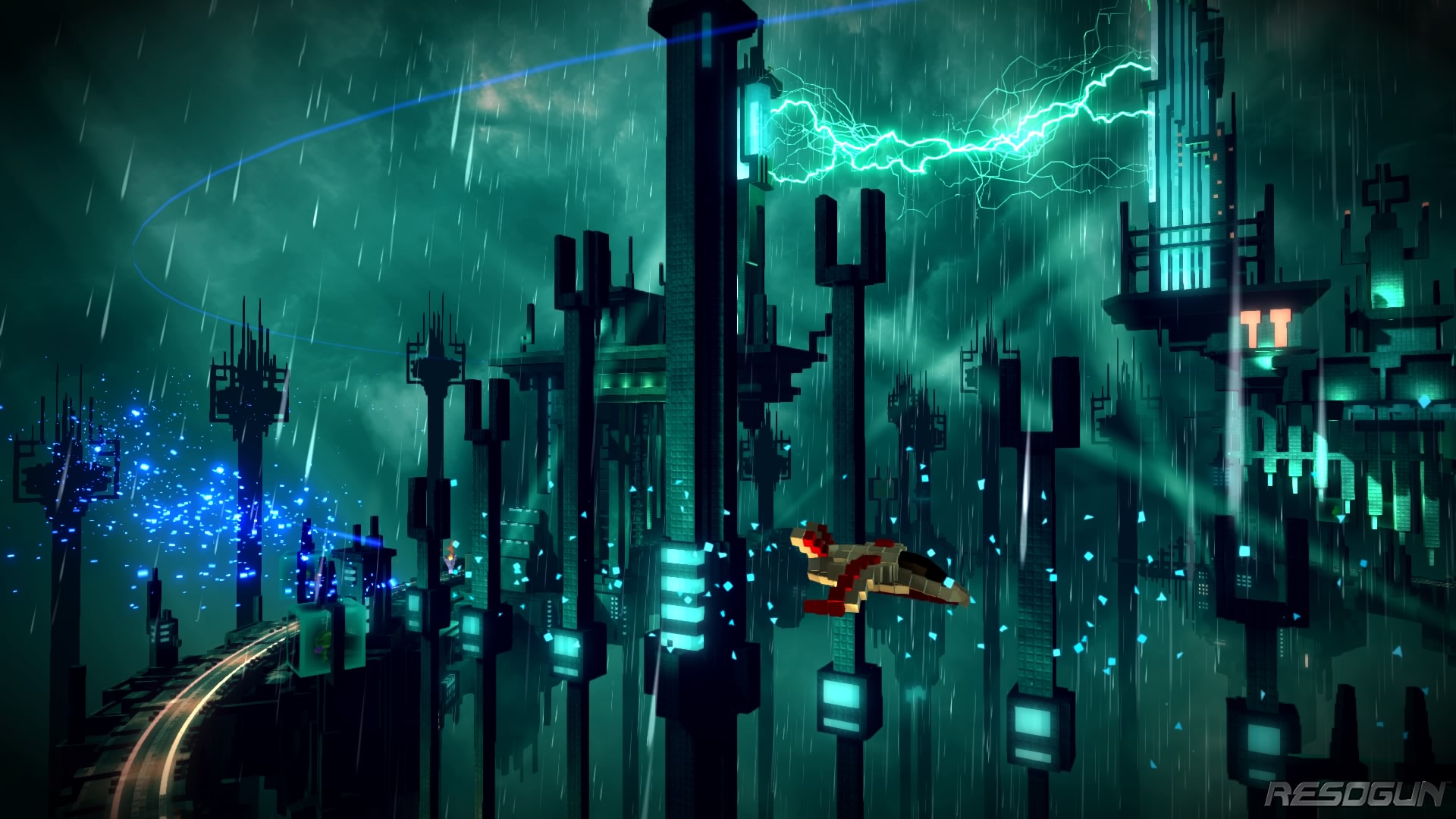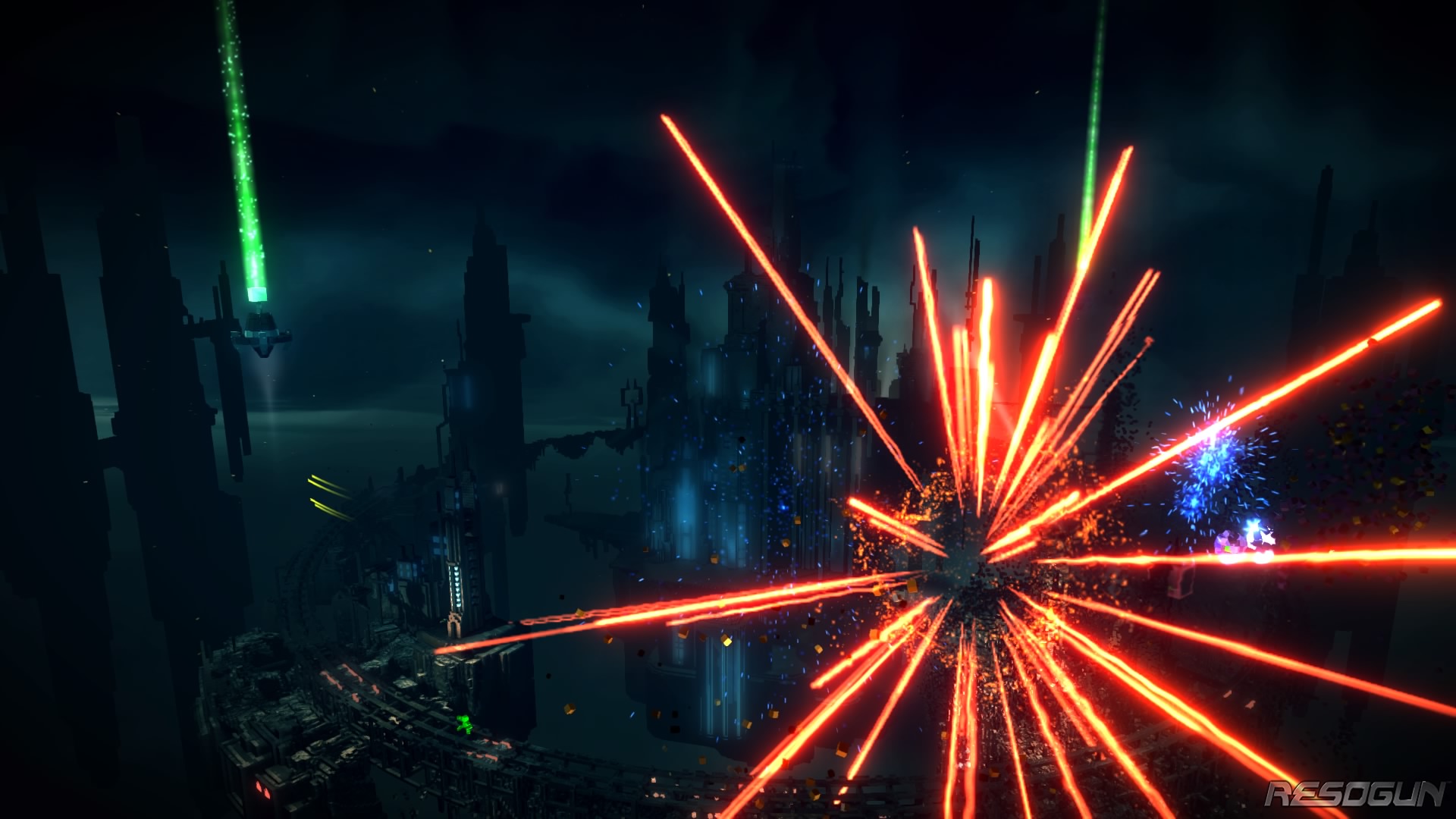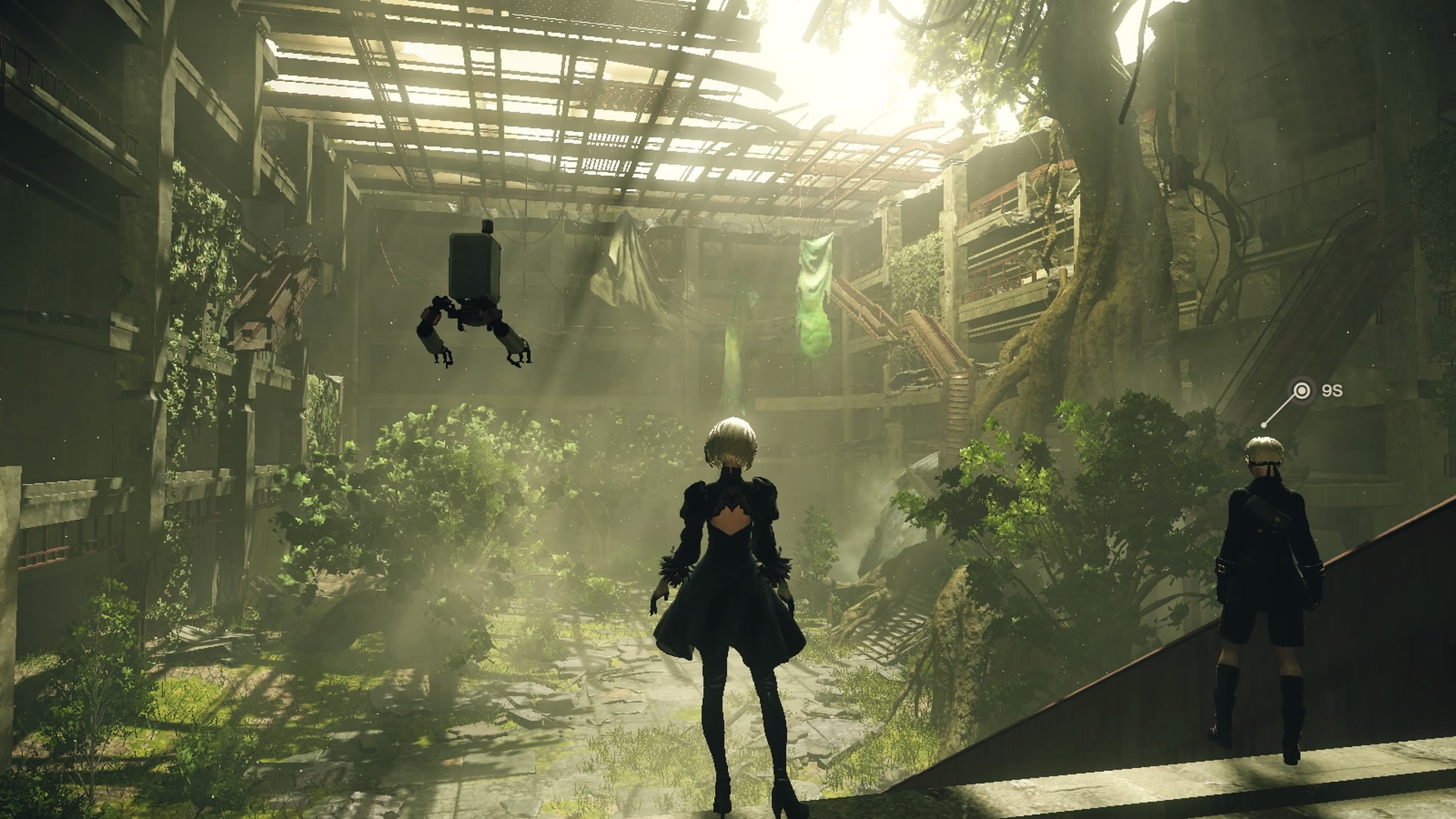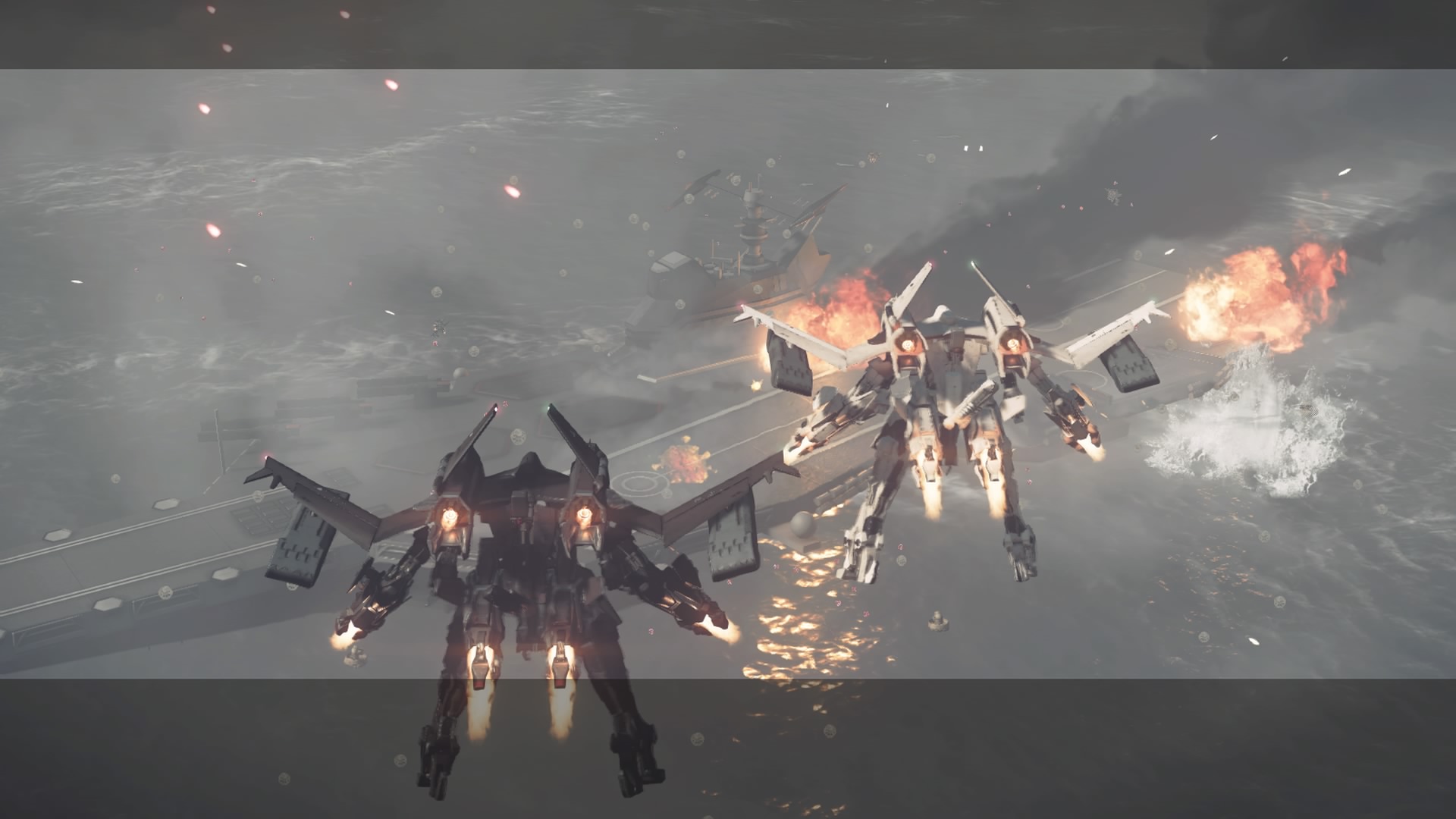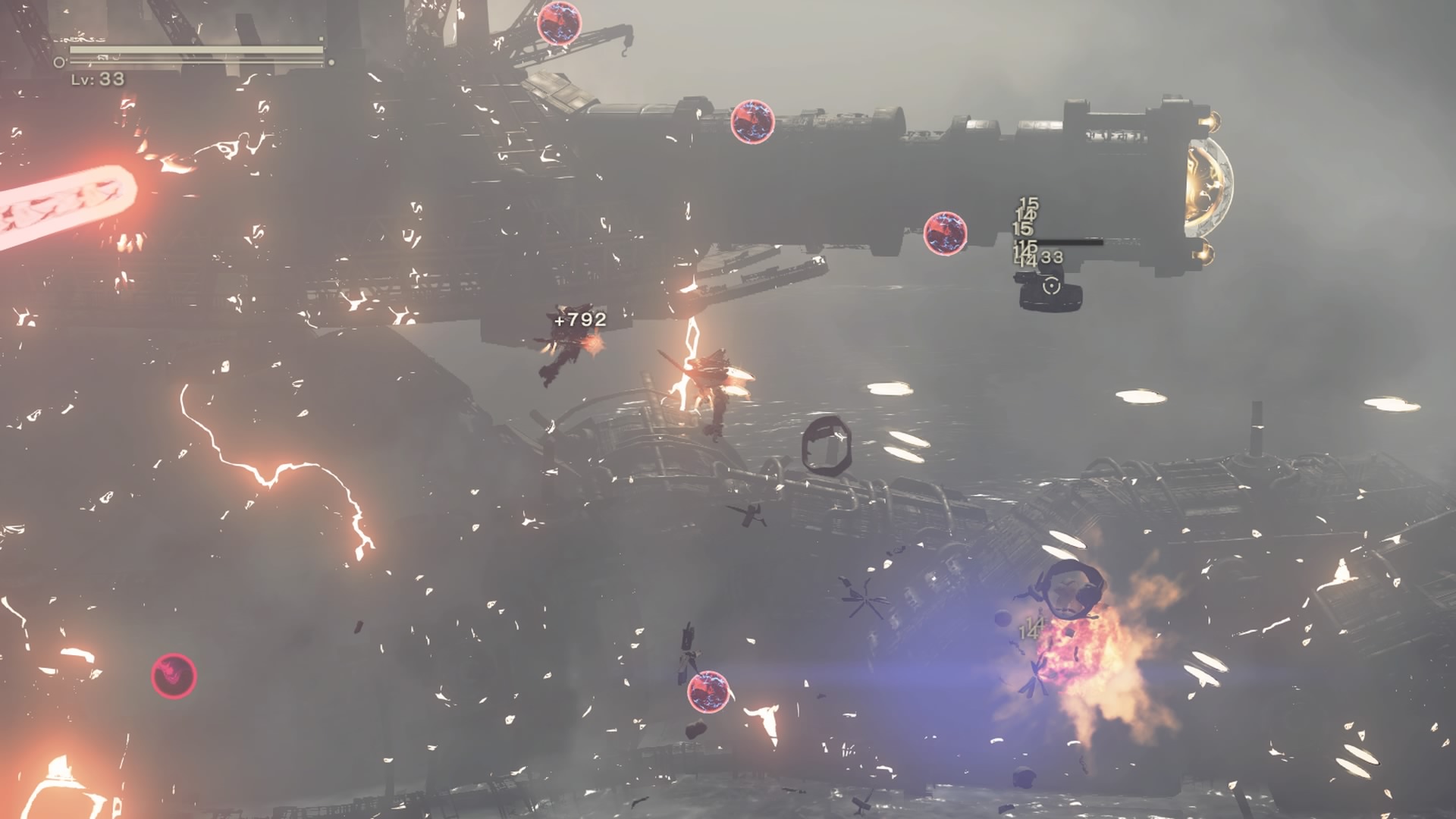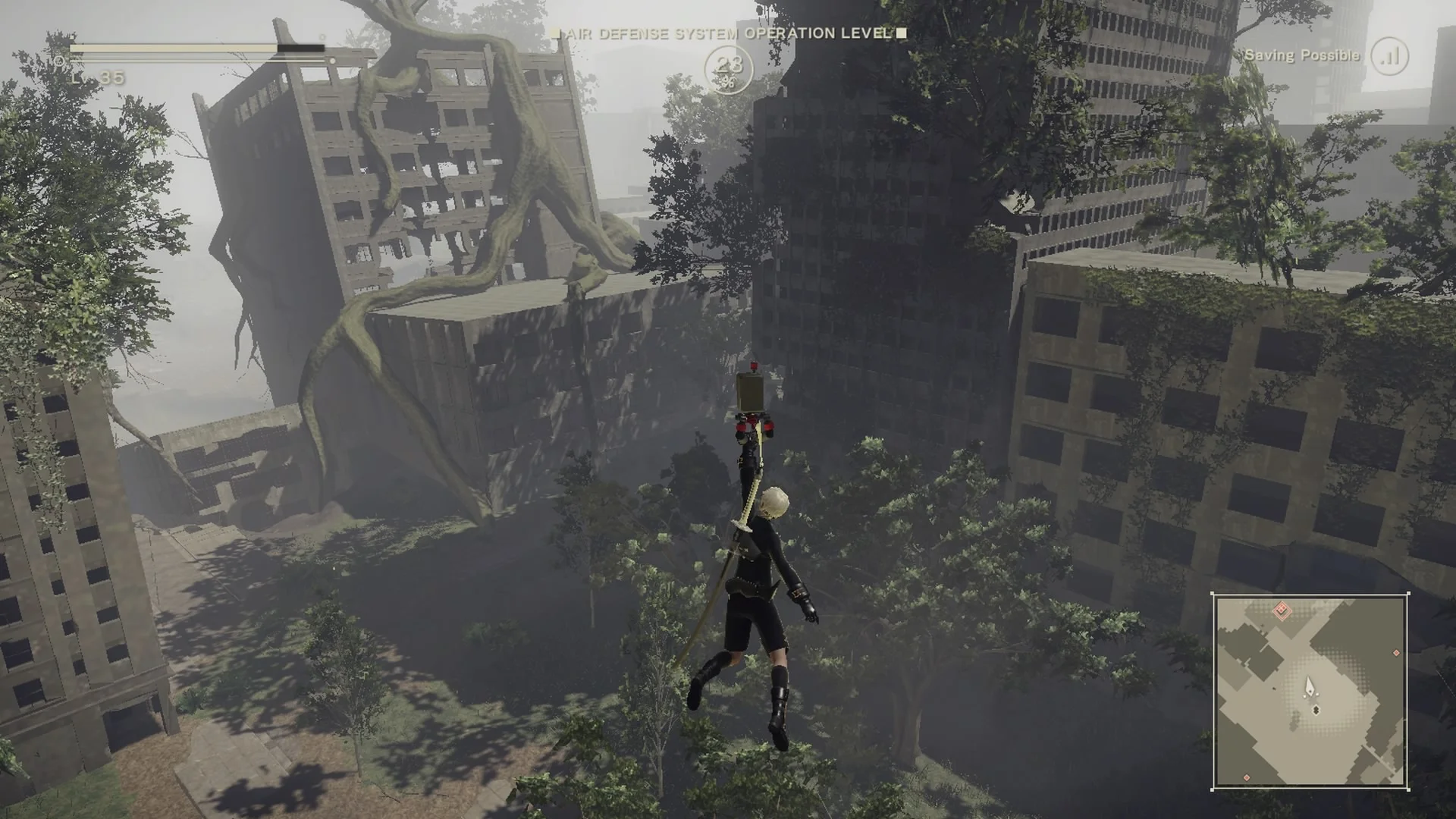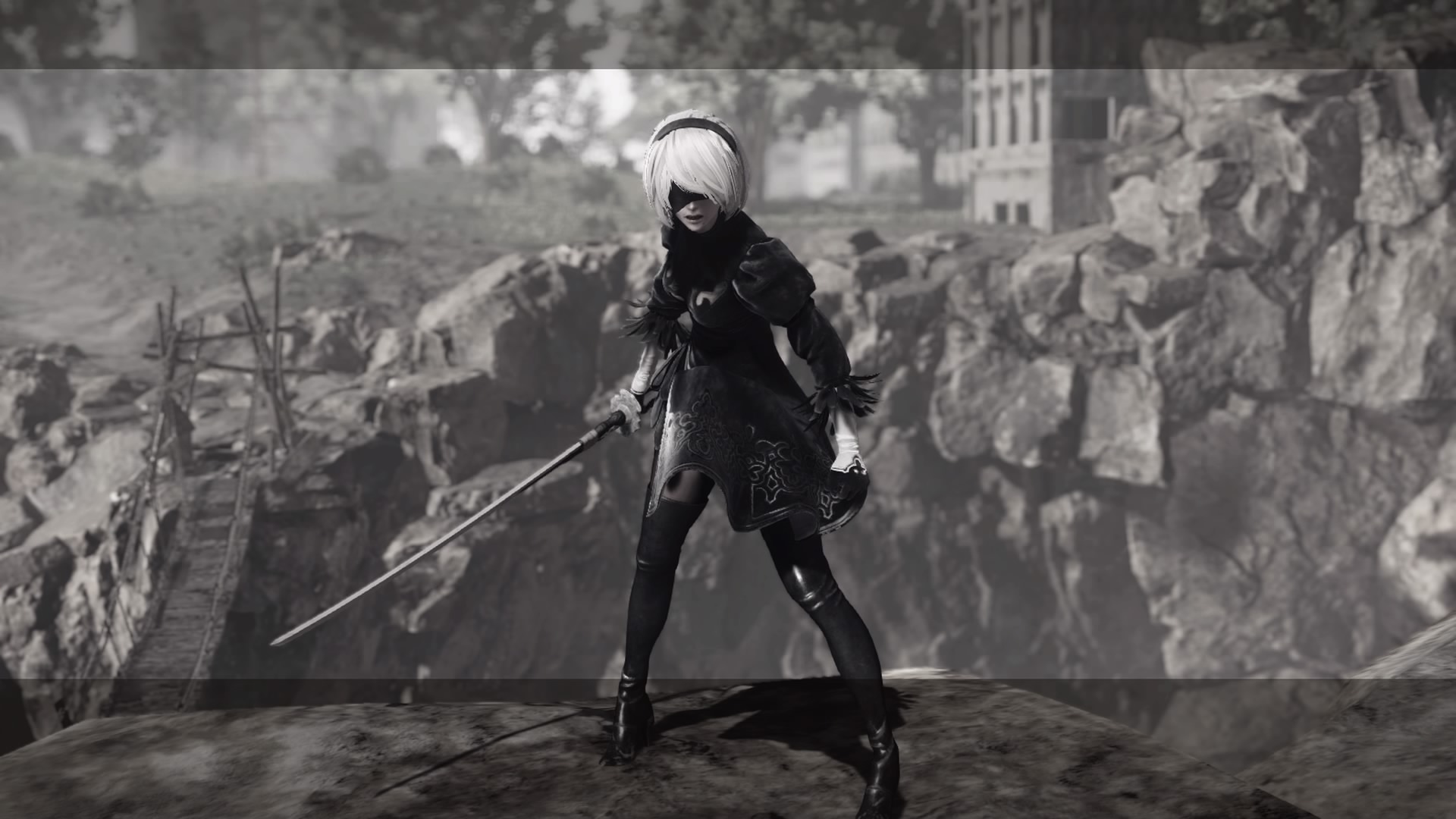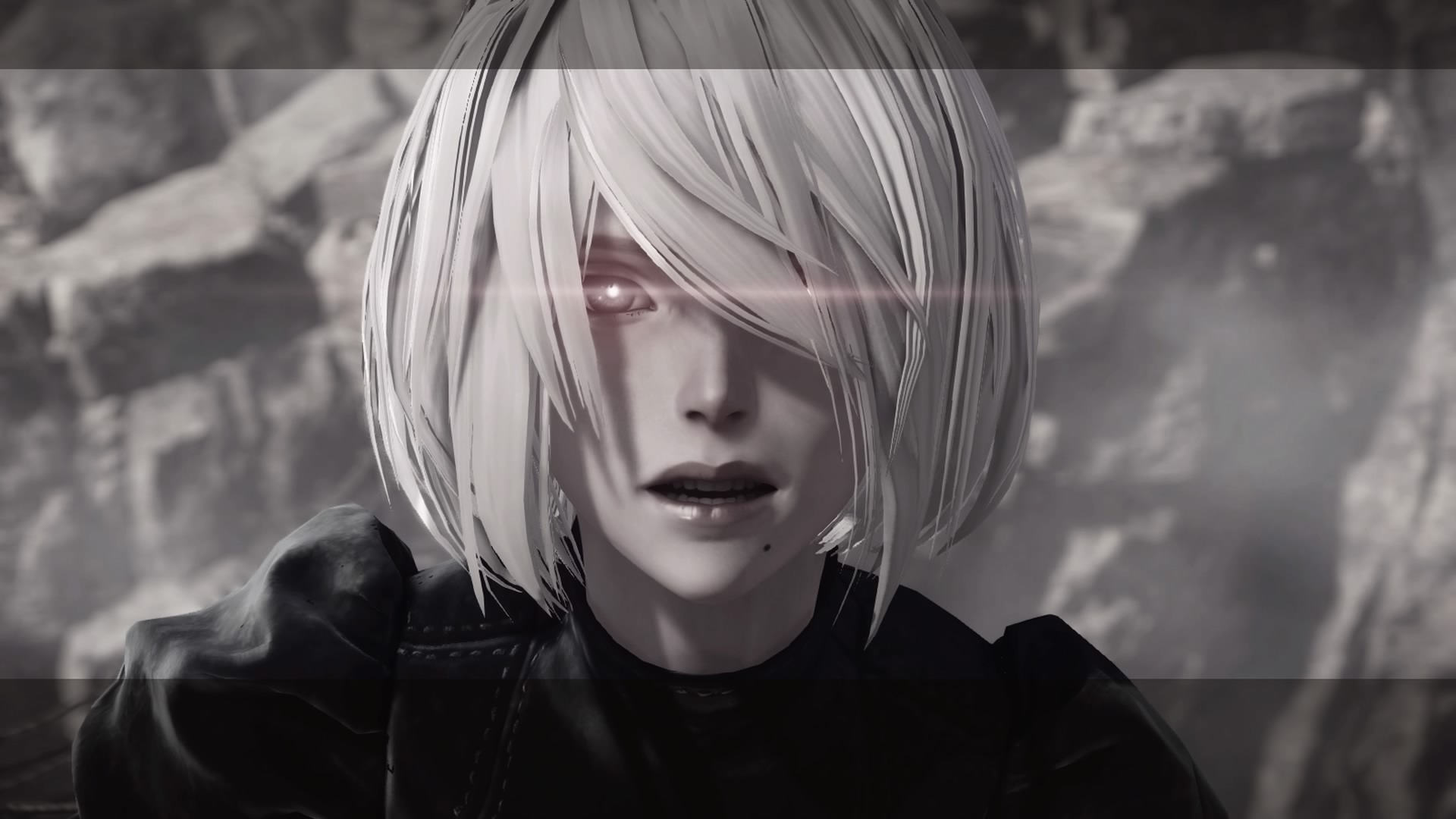*Season 4 of The Mysterious Cities of Gold has aired. For the review click here*
The original Mysterious Cities of Gold series was a French- Japanese co-produced animation by DIC Entertainment and Studio Pierrot. The series premiered in Japan on NHK on 29 June 1982 and ran weekly for 39 episodes.
I first caught the series on BBC 1 in the early 80s and was beguiled by the mythical adventure story of a young Spanish boy named Esteban who joins a voyage to the New World in search of the lost Cities of Gold and his father. The impressive looking background art, sharply drawn characters, and the beautiful soundtrack kept me entranced throughout the whole series, becoming my favourite programme of all time. It was incredibly formative for me and introduced me to the wonders of the ancient world including the Incas, Aztecs, Atlantis and El Dorado. Even at the age of 37 I still regularly revisit the programme every year and I can attest to the fact that it still holds up as an impressive piece of work.
The scenery is stunning in MCOG.
There had been talk of a second series for years and preliminary plans were laid but never materialised. However with the re-release of the series on DVD in 2008 and increased interest in the next part of the journey, the new series were finally put into production. Debuting on the Kix Channel in December 2014 the second series landed to mixed reviews.
At the end of the original series the children had only found one of the seven lost cities of gold, yet the conclusion was oddly satisfying in an open-ended way. Well, the second series was a continuation rather than a reboot and so the series picked up from the end of series one; The three children, Mendoza, Pedro and Sancho headed to China in search of the next lost city of gold and the truth about Esteban’s father.
On the whole I really did enjoy the second series but felt that it lacked the atmosphere and awe that was present in the original series. The voice actors were passable, however I did feel that Mendoza sounded angry or annoyed a lot of the time, a shift from his can-do attitude from the first series. Also the synth music from the discovery parts and key events made each new discovery super special. The music that dropped when the adventurers find the Solaris and Golden Condor still sends shivers down my spine. I felt that in the second series moments of emotive music and silence from the characters would have carried greater gravitas than the exposition from the characters. The second series took a while to get going, but after the first 10 or so episodes it did pick up and from episode 16 onwards it had those moment of awe and wonder, much like many moments from the original series.
And so, we get to series 3. I watched the complete 26 episode run in English dub and I have to say that it really continues the momentum from the second series forward, for the most part. The children travel to Japan to find the next city of gold and rescue Esteban's father, Antonios, from Zares/ Ambrosius. Along the way they make many new discoveries, including 2 more cities of gold (in Japan and Arabia), and grow as characters, but more on that later.
The episodes all move at a cracking pace overall, with the first lost city found after just 8 episodes, but the city of gold is spectacular, truly awe-inspiring and magical. The second city is again majestic and sent shivers down my spine but the series, whilst certainly better than series 2 is not as good as series 1 but it is pretty close in my opinion.
The main group of characters are more like the first series in that they are more consistent and less annoyed or cross, like Tao and Mendoza were often presented in series 2. The voice acting is better but it is somewhat strange to hear Mendoza say 'Blimey' at least 5 times throughout the whole series.
I also think the development of Zia as a strong female lead is good but do think they may have overpowered her, what with her ability to speak to animals, having foresight of key events and tragedies and telekinesis... That's quite an arc for any character let alone within 20 episodes! Her personality totally changes and at times it didn't feel like Zia at all. I understand about having strong female leads but when a new character, Laguerra (daughter of Dr Laguerra from series 1), is introduced she is the epitome of strong female lead, so what was the need to Girl Boss Zia, the usually quiet, thoughtful type? It feels very jarring.
It is after this that I feel it starts to unravel a little with the group breaking up for a really silly reason and there is a tacked on love story for Mendoza. However that doesn't detract from the rest of the series being phenomenal and awe inspiring in all the right places.
The discovery of the 3rd city is majestic and sent goosebumps all over me and the landscape artistry on show was painterly and masterful, complemented by a new score that pays homage to the original but does its own, more modern, thing. There are moments of peace and quiet where you can just appreciate the animation and music without the constant kinetic pacing of series 2 ruining certain reflective moments. For fans of the Golden Condor there are stunning scenes which often felt like Condor porn, as we see the beautiful machine flying against stunningly rendered backdrops.
Overall, series 3 of MCOG is a brilliant continuation of the epic animation. It reaches highs that rival even the original series but also lows (the group breaking up in Arabia) that make parts some of the worst in the shows history. It is a show that is well worth a watch and for fans of the original, you will not be (too) disappointed.
LINK- MCOG Season 4 Streaming (French Dub only)
LINK- Watch MCOG Season 3 on SBS On Demand Australia
LINK- MCOG Gold Condor for Sale
LINK- MCOG Retro Soundtrack Review
LINK- MCOG Soundtrack on Vinyl Review
LINK- What Comics Have Taught Me
LINK: Japan: My Journey to the East
LINK- Ulysses 31 Retro Soundtrack Review

